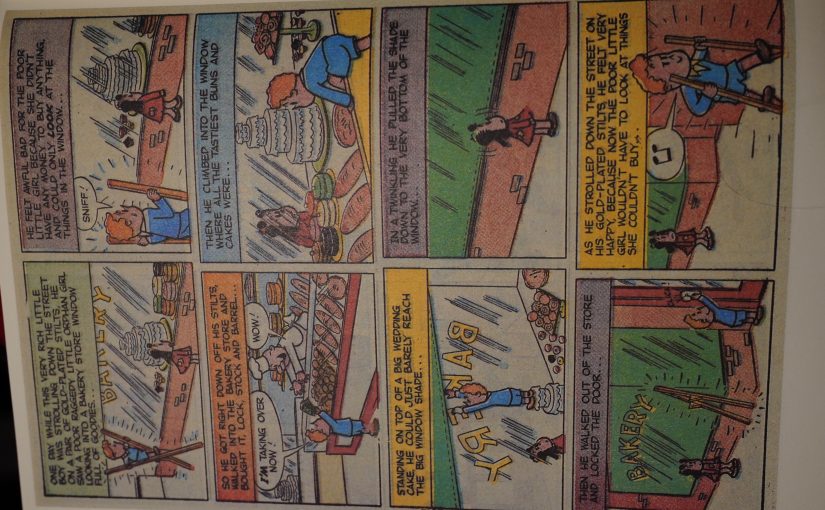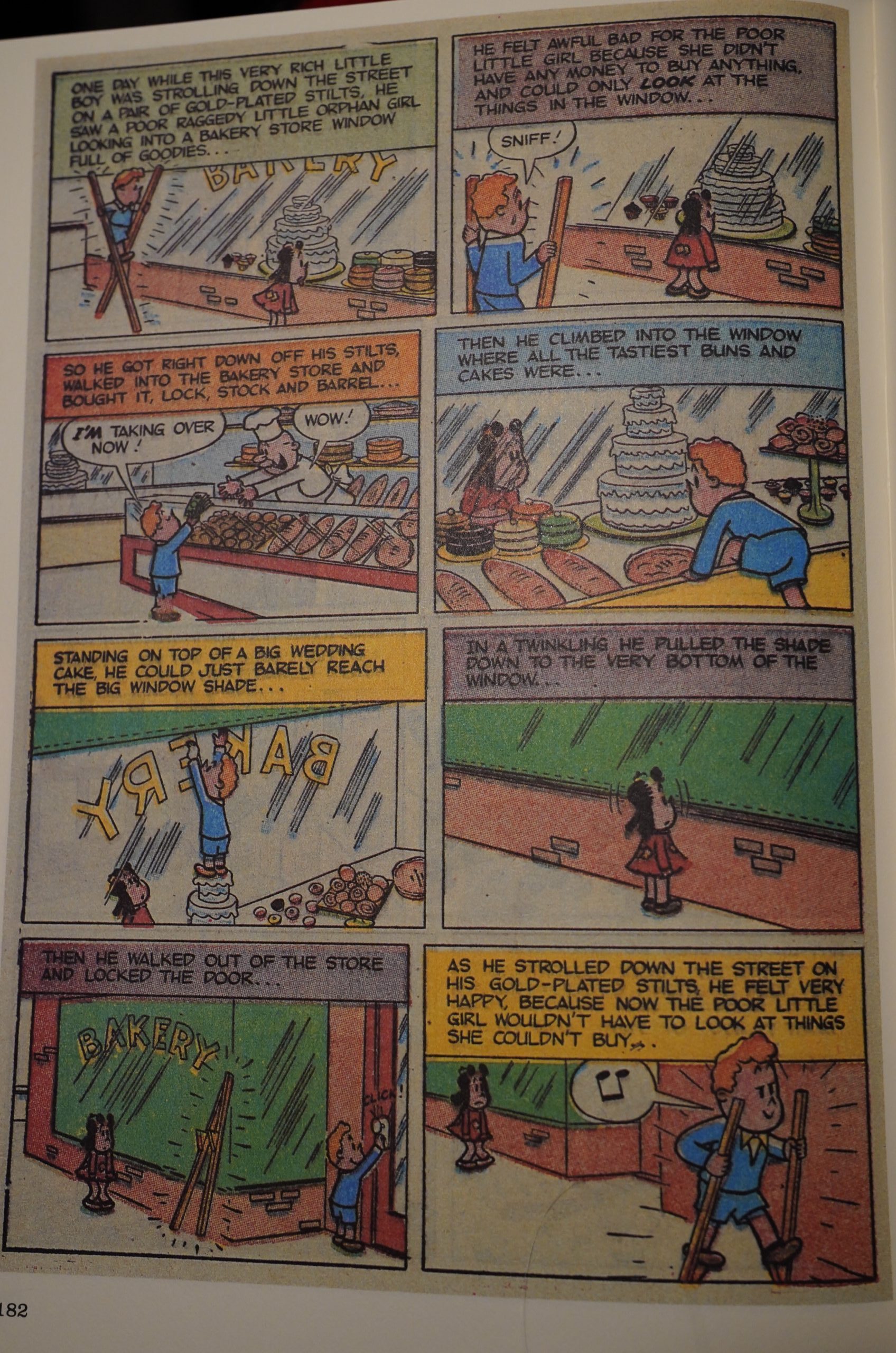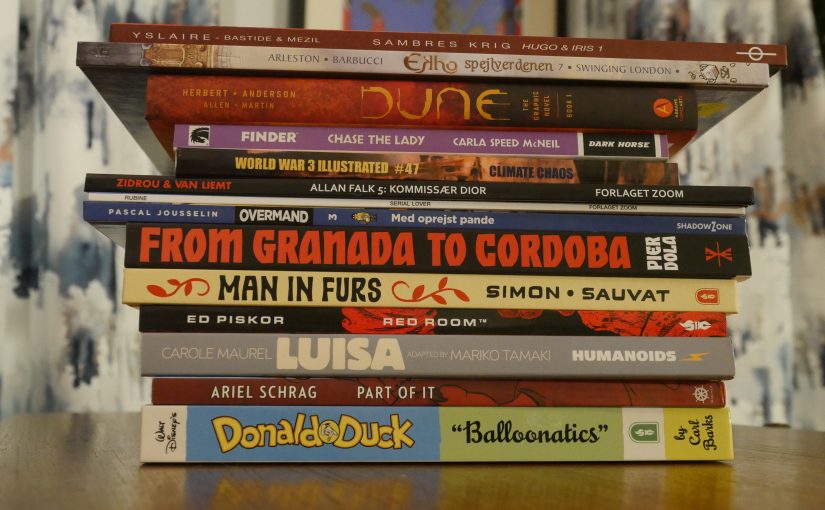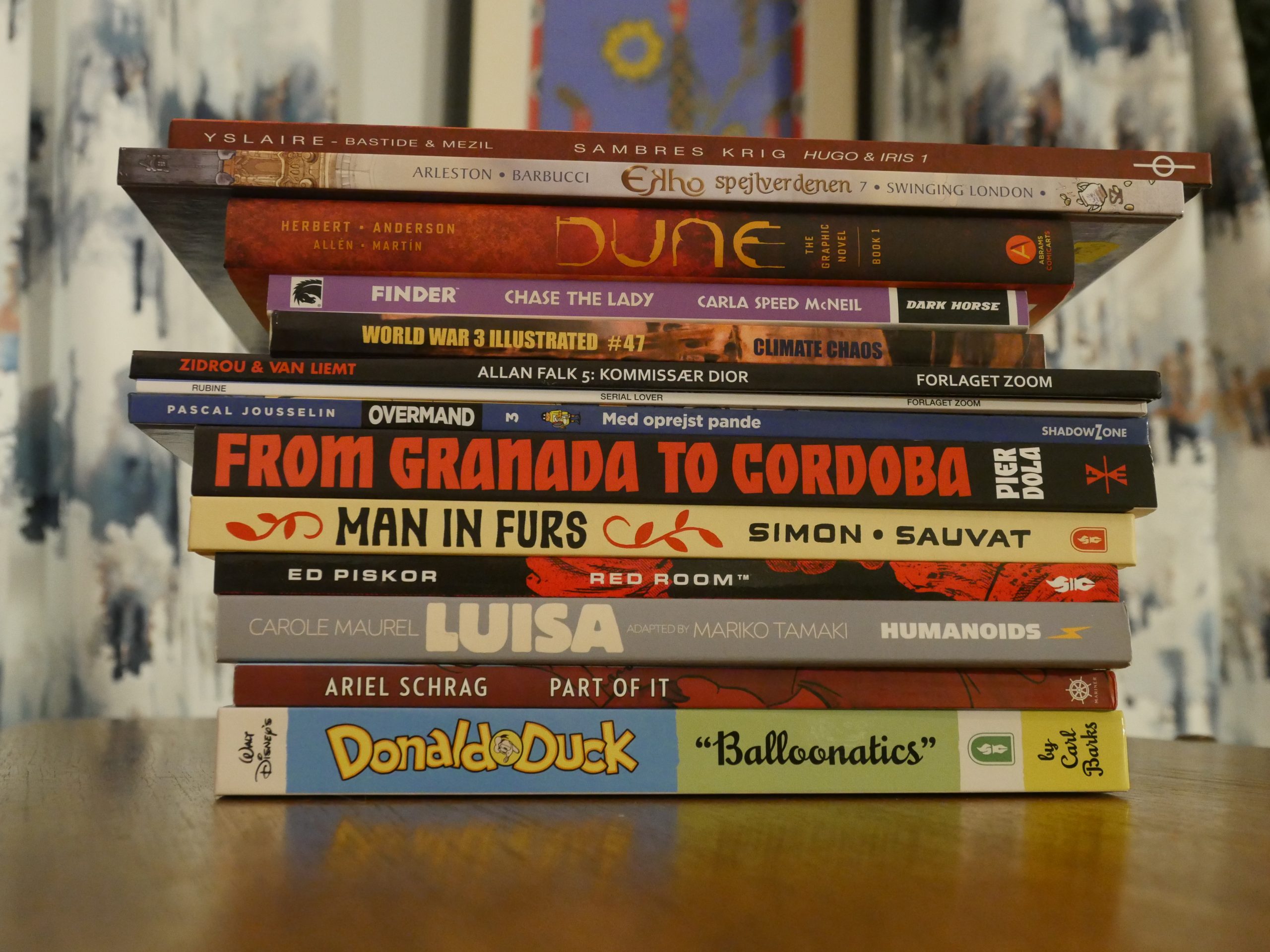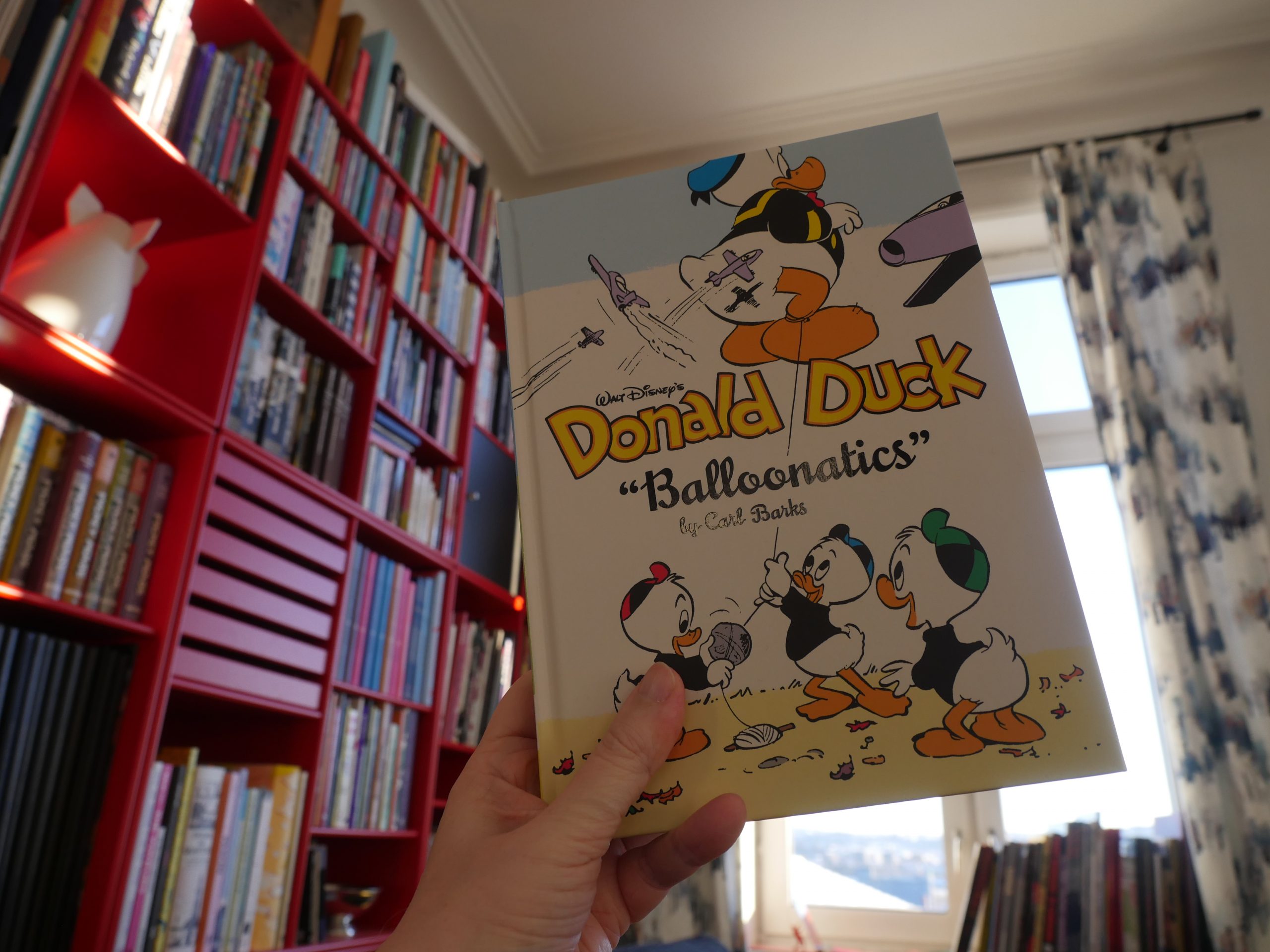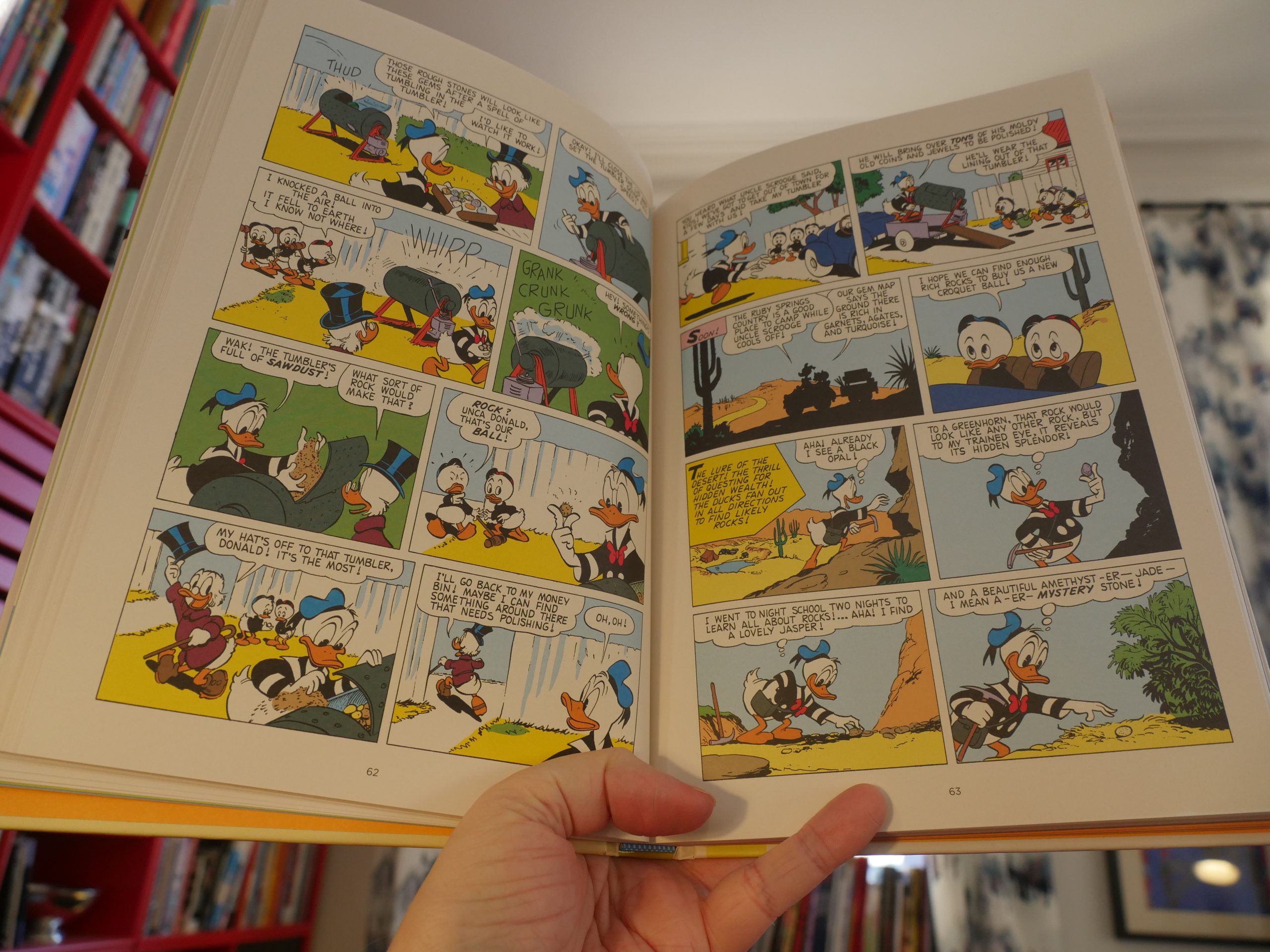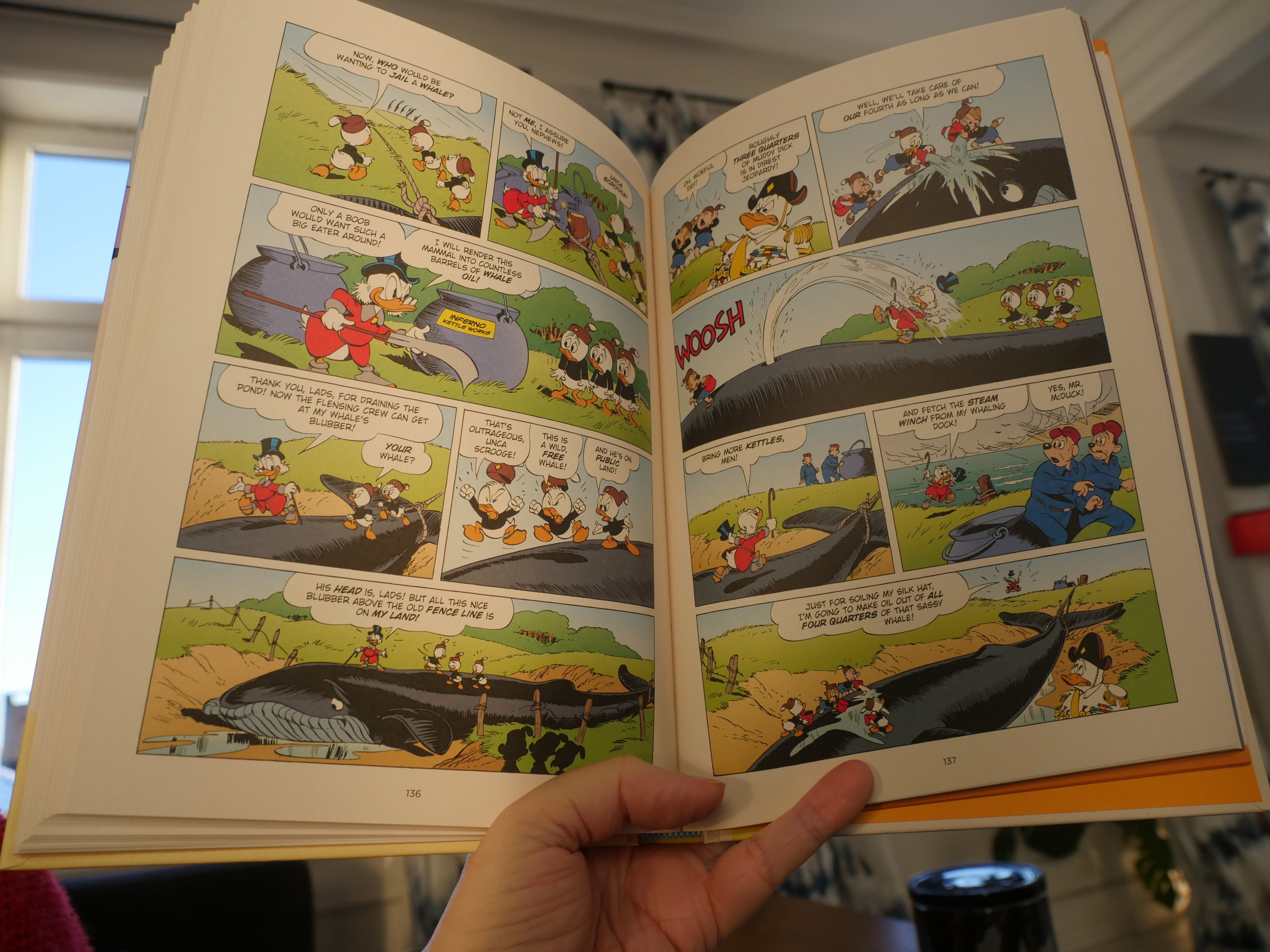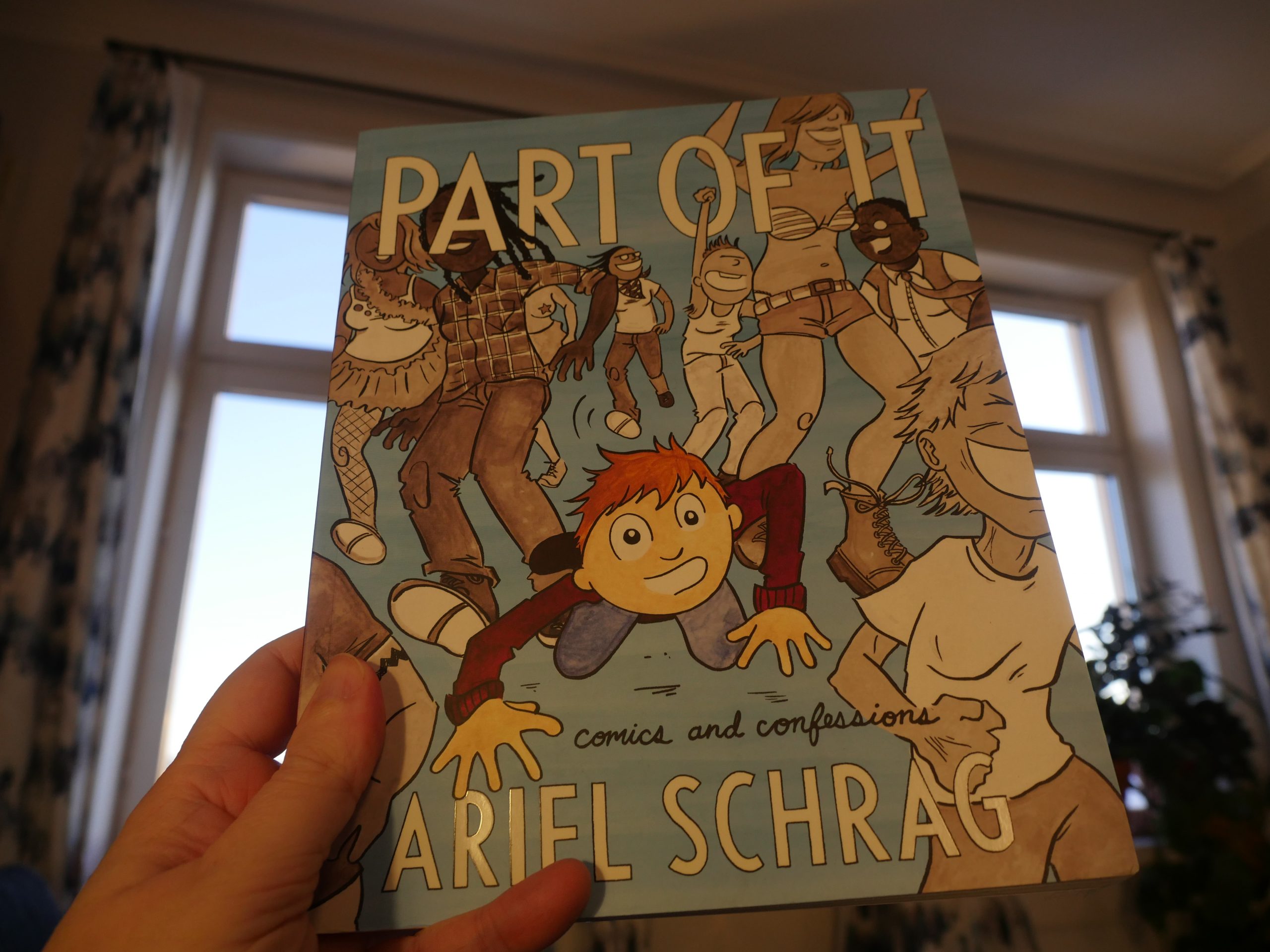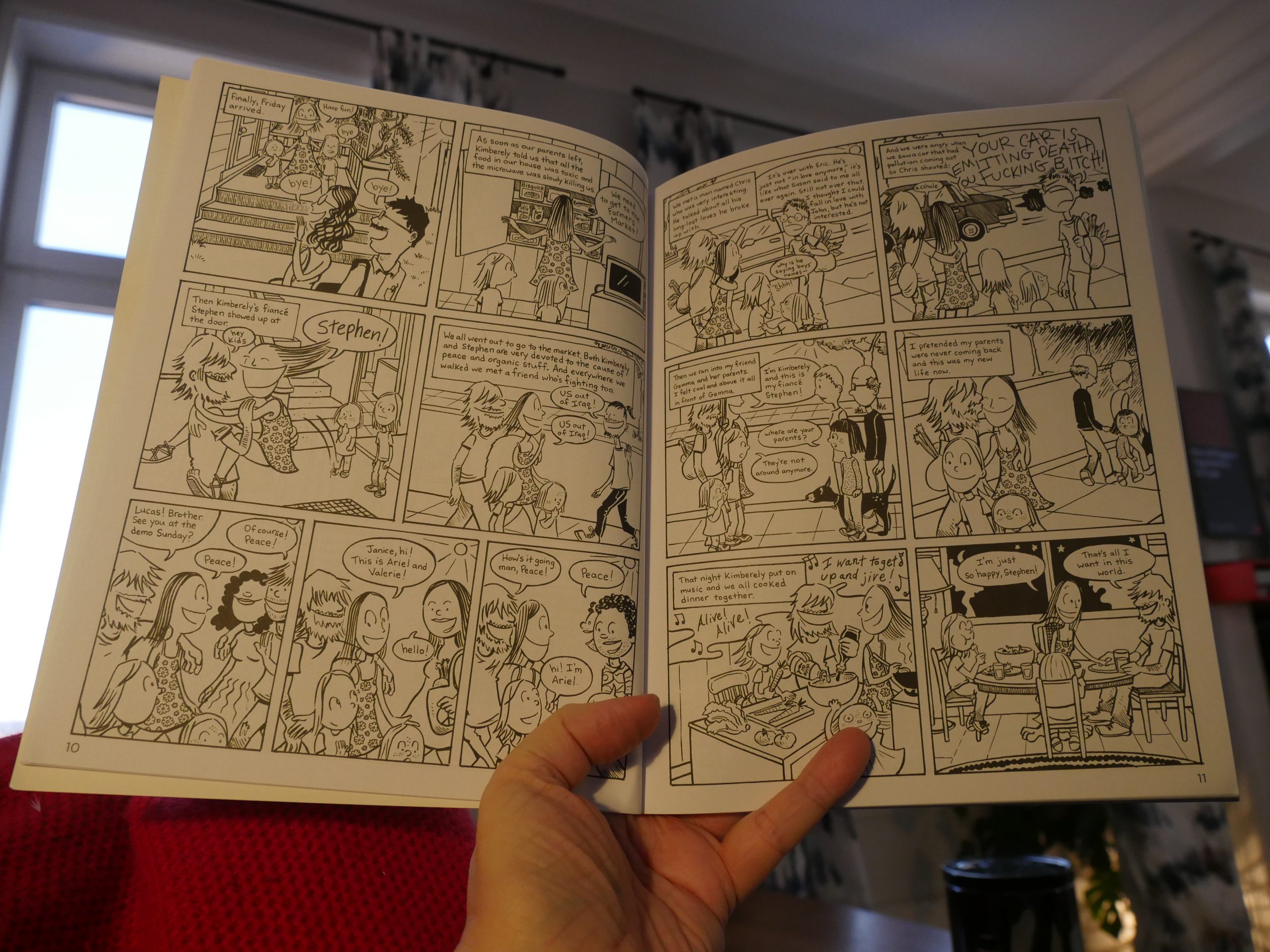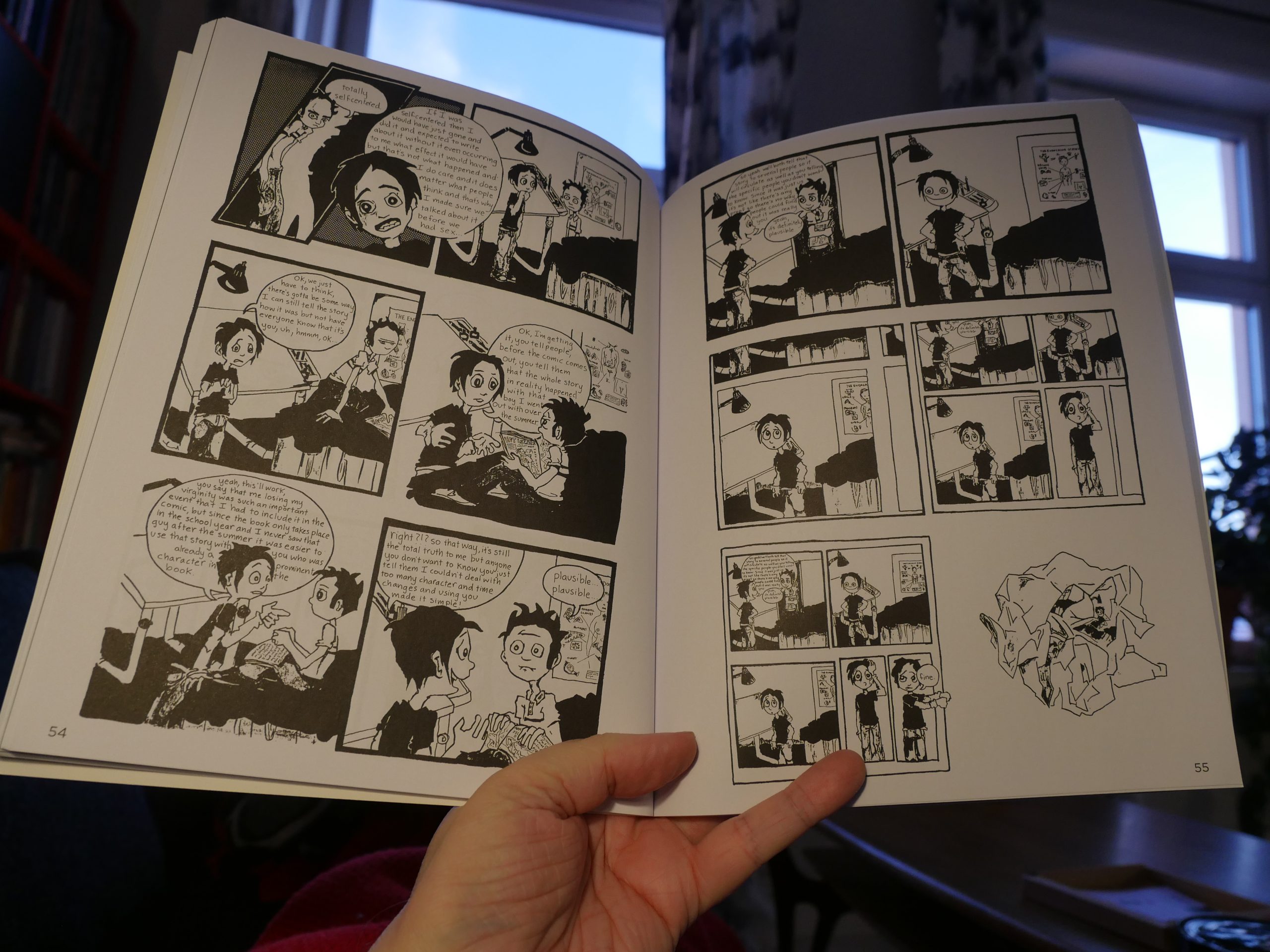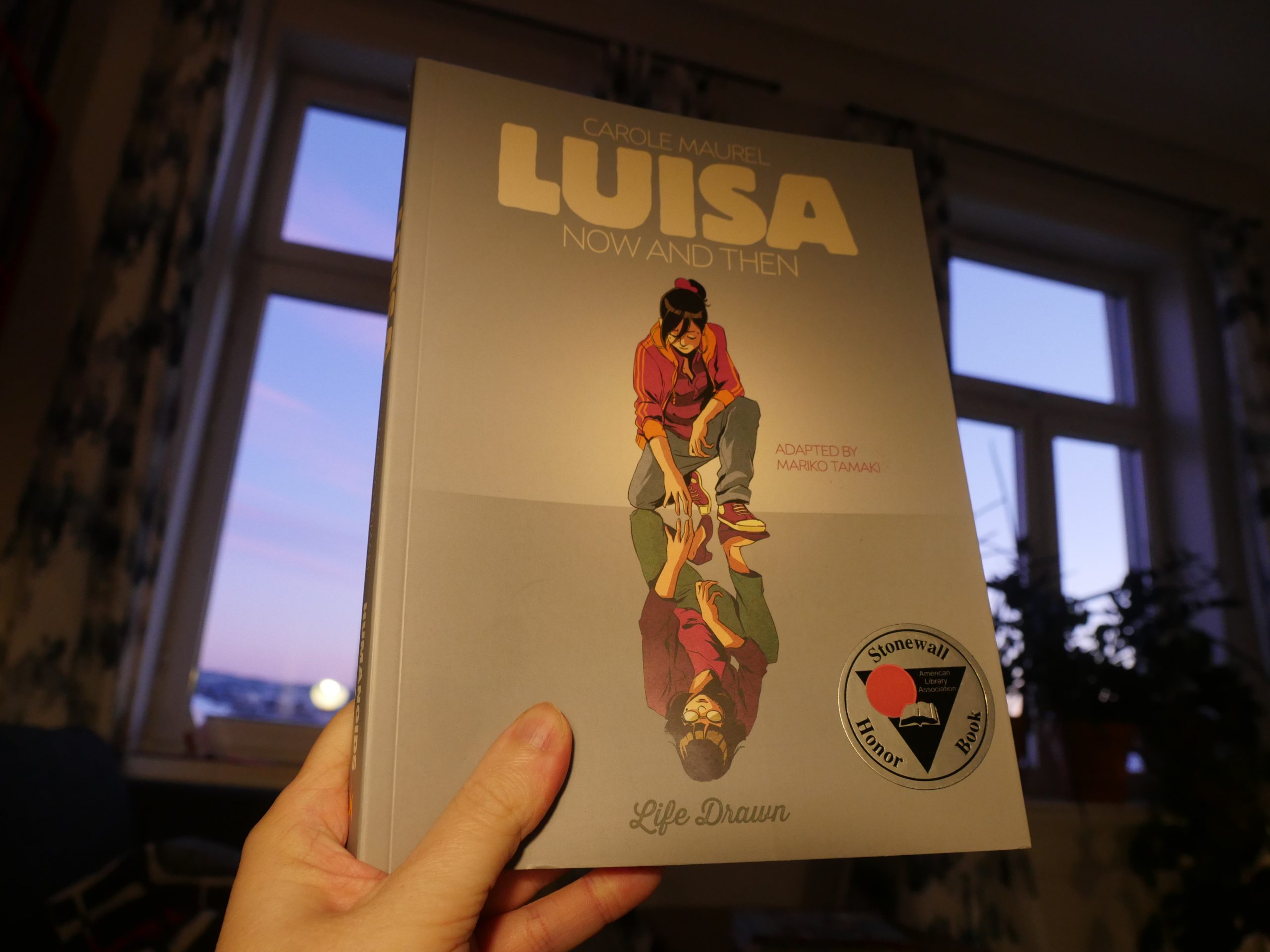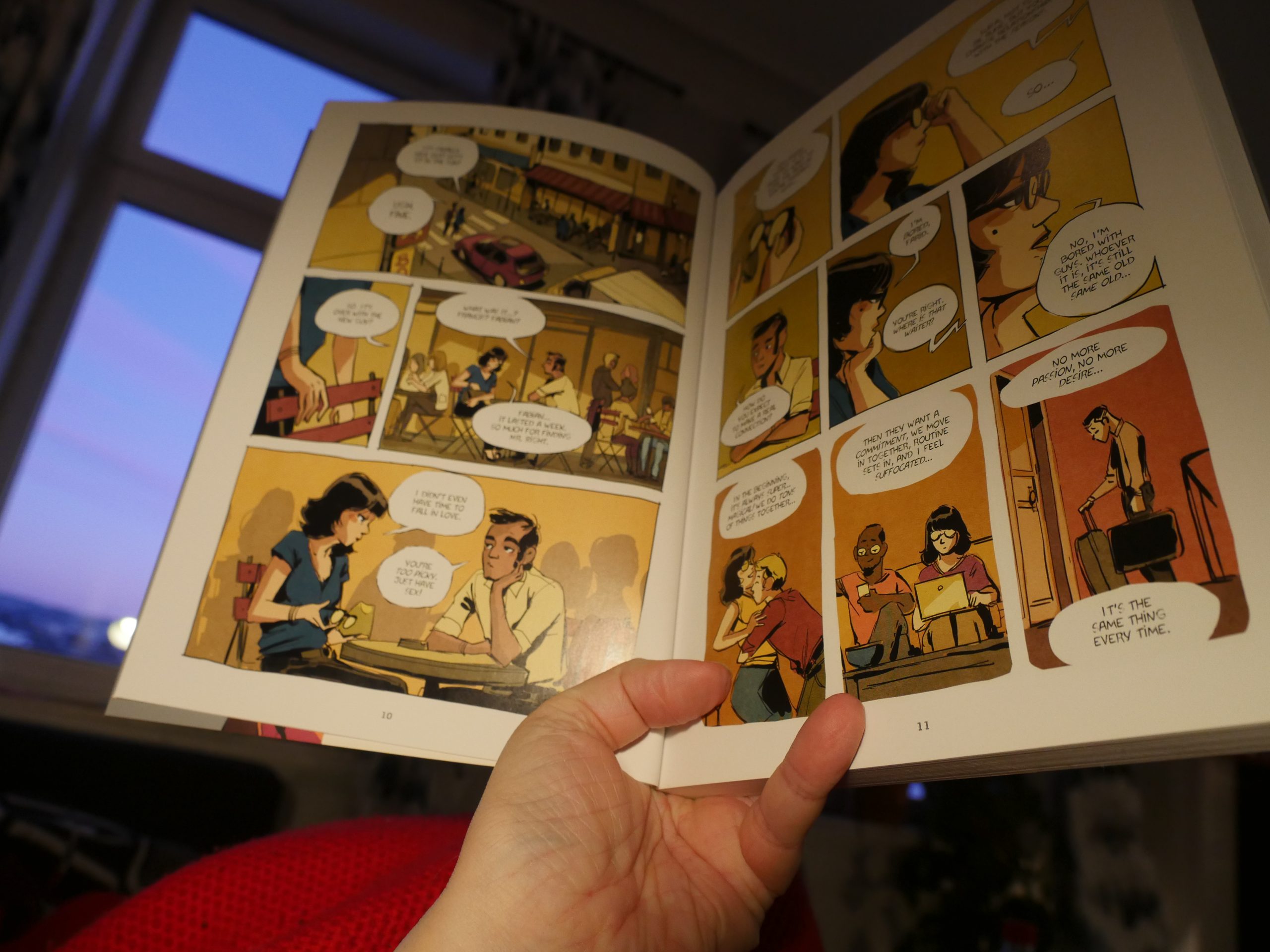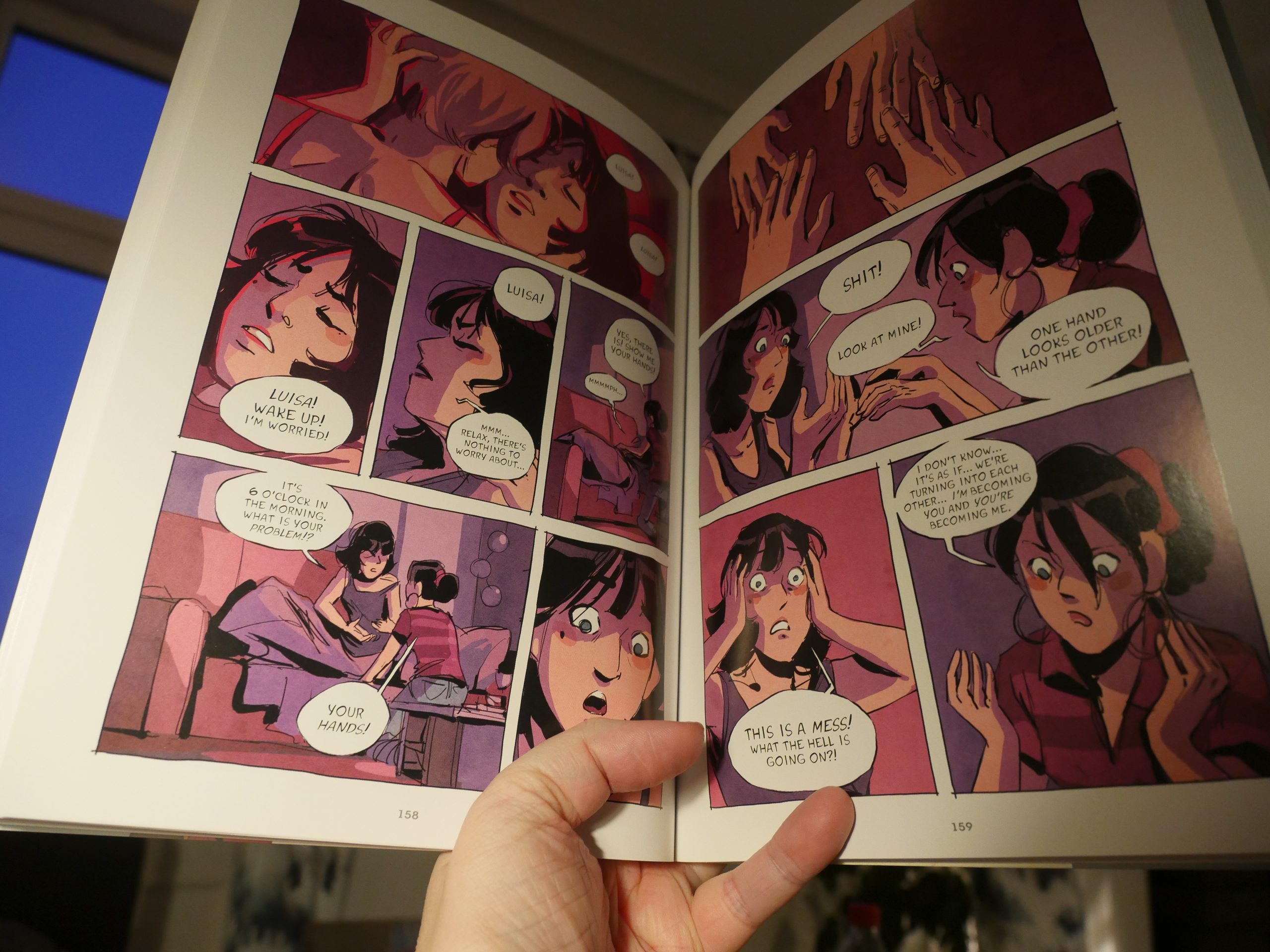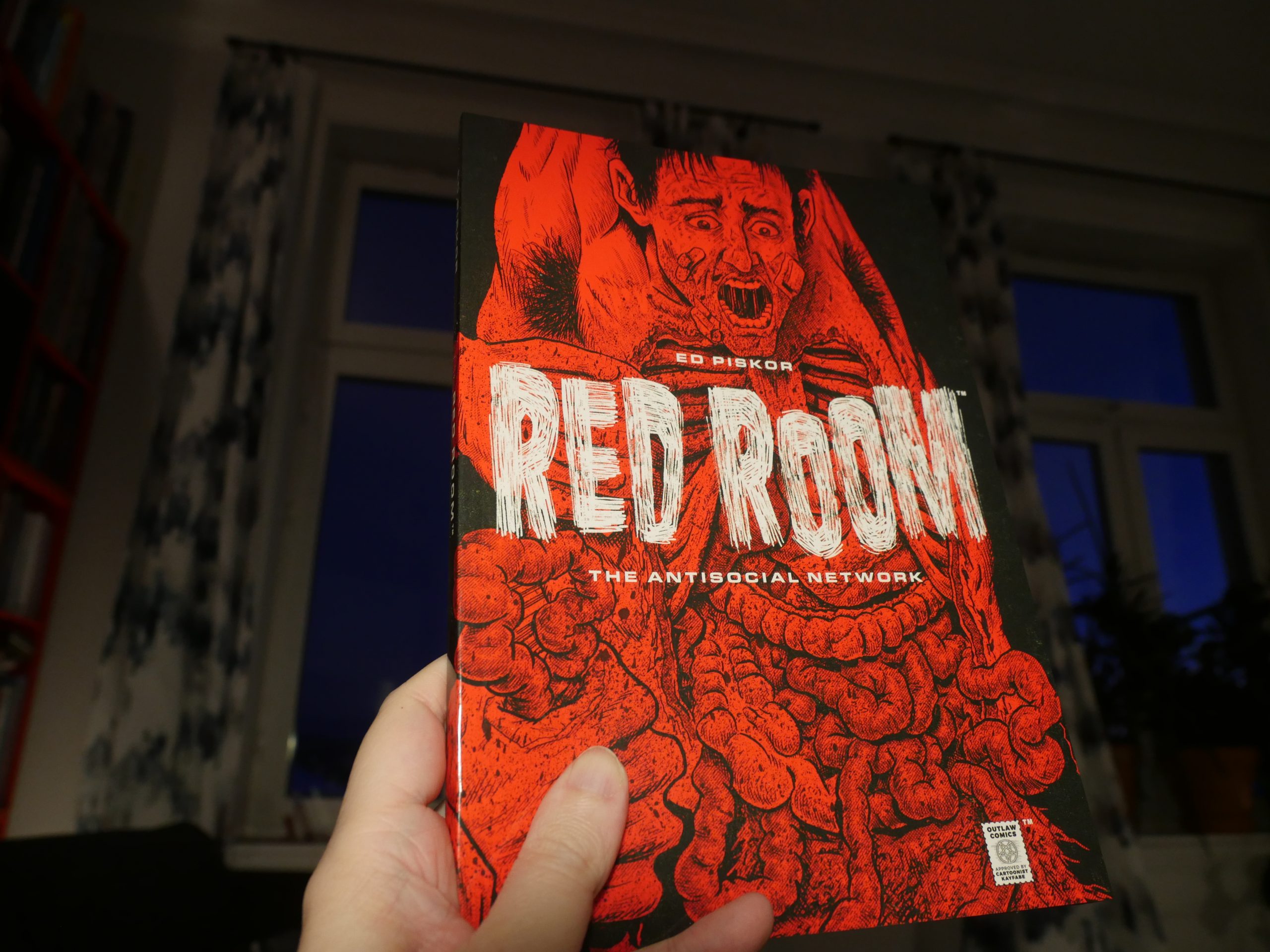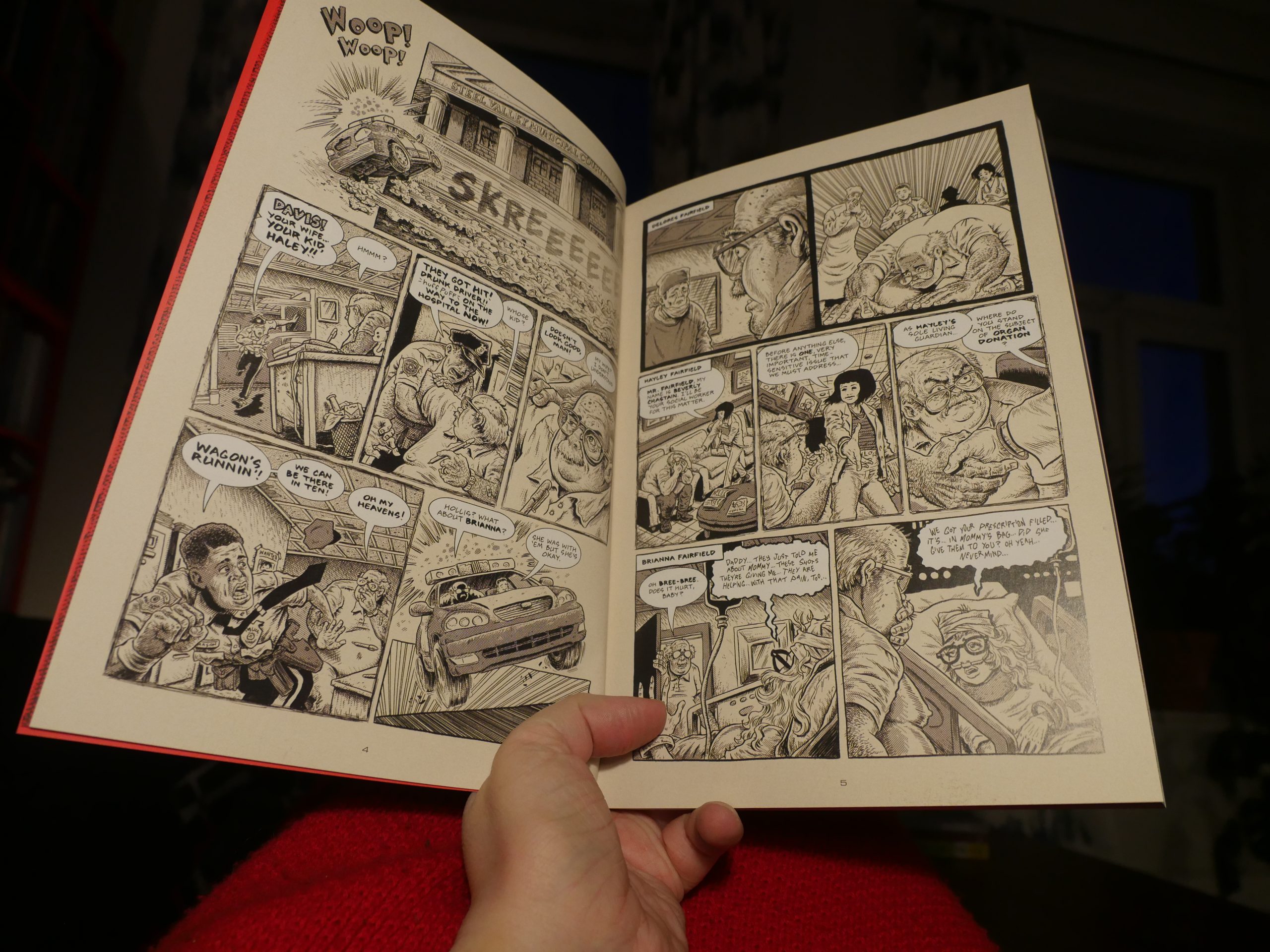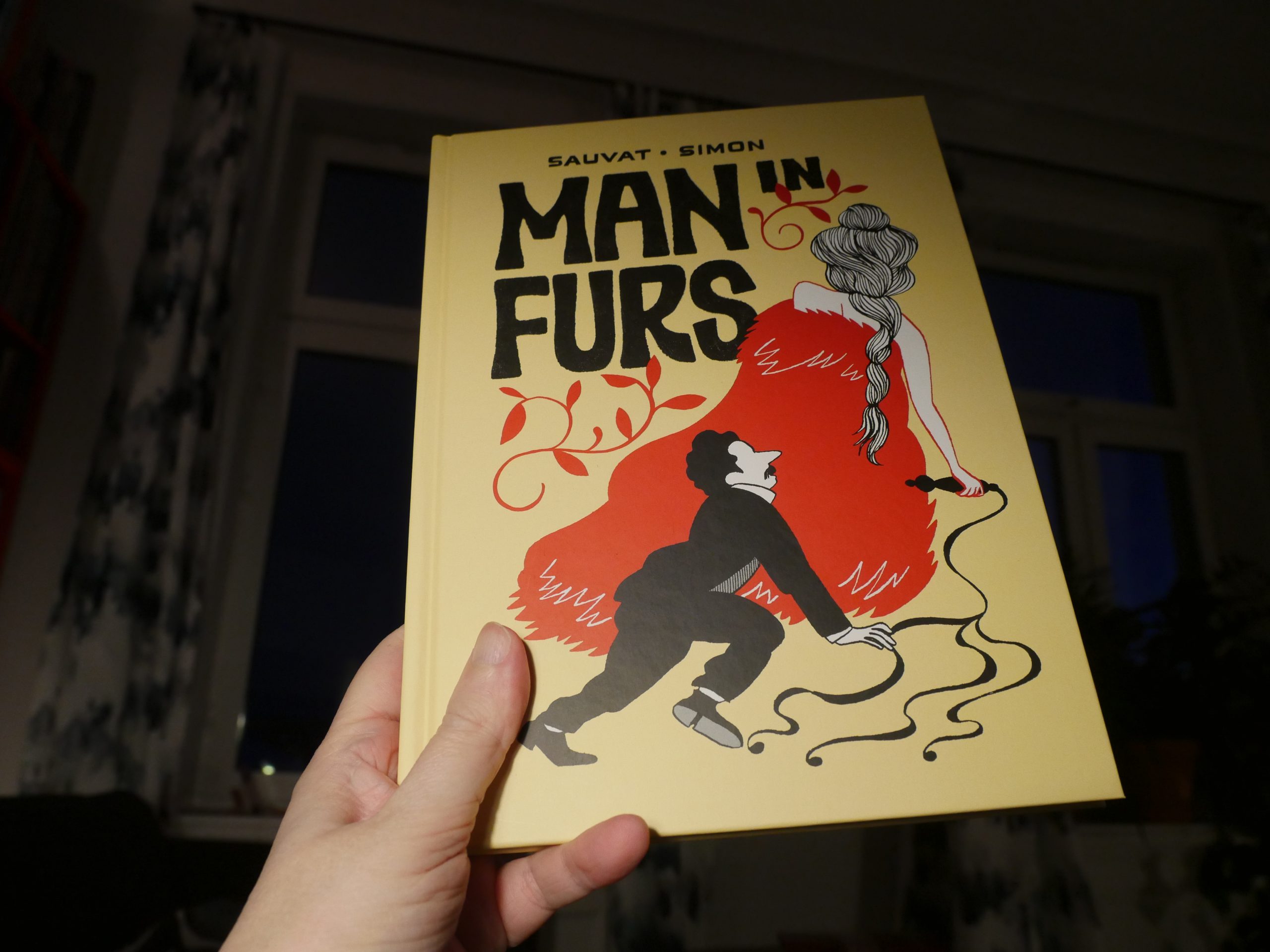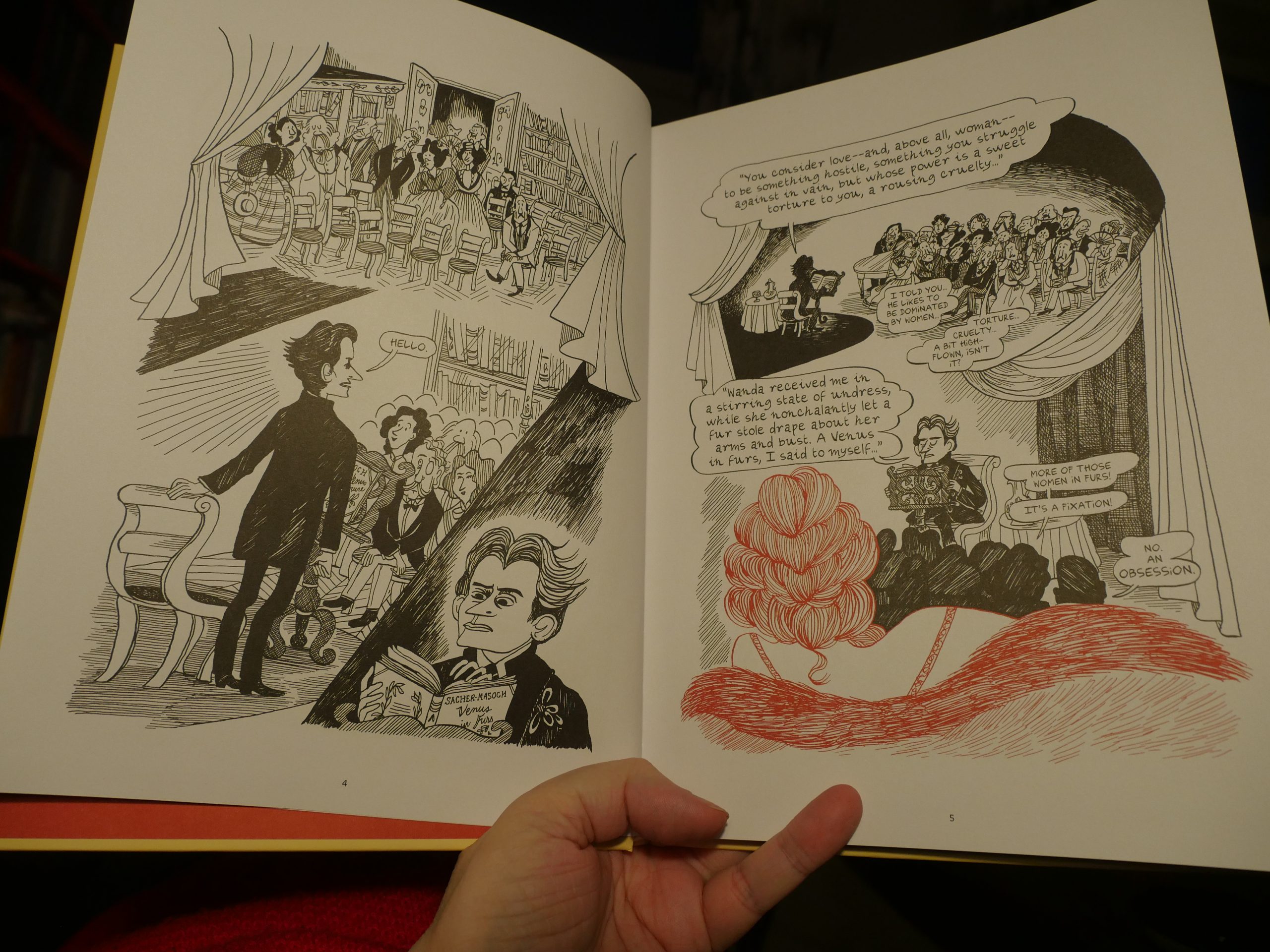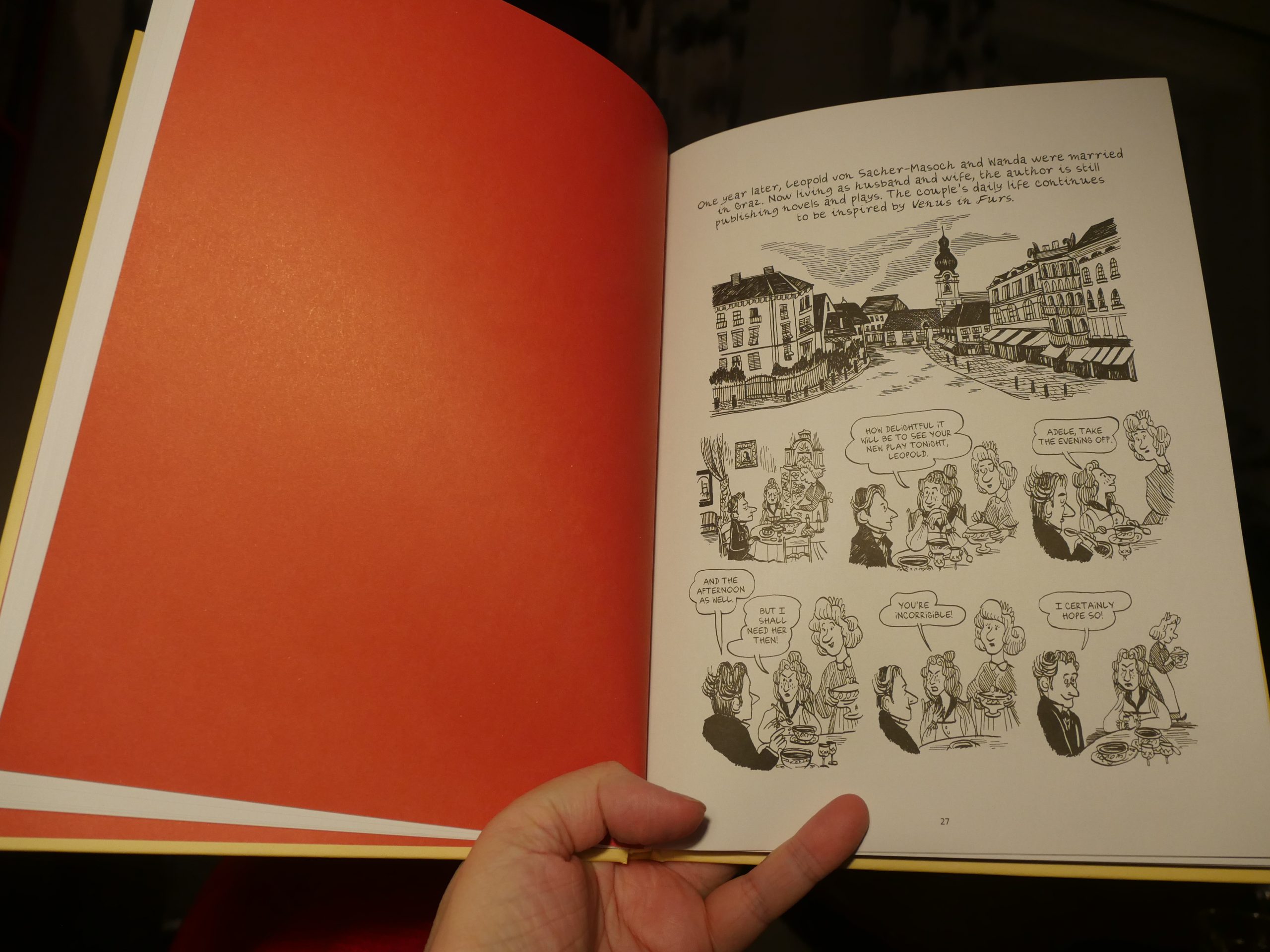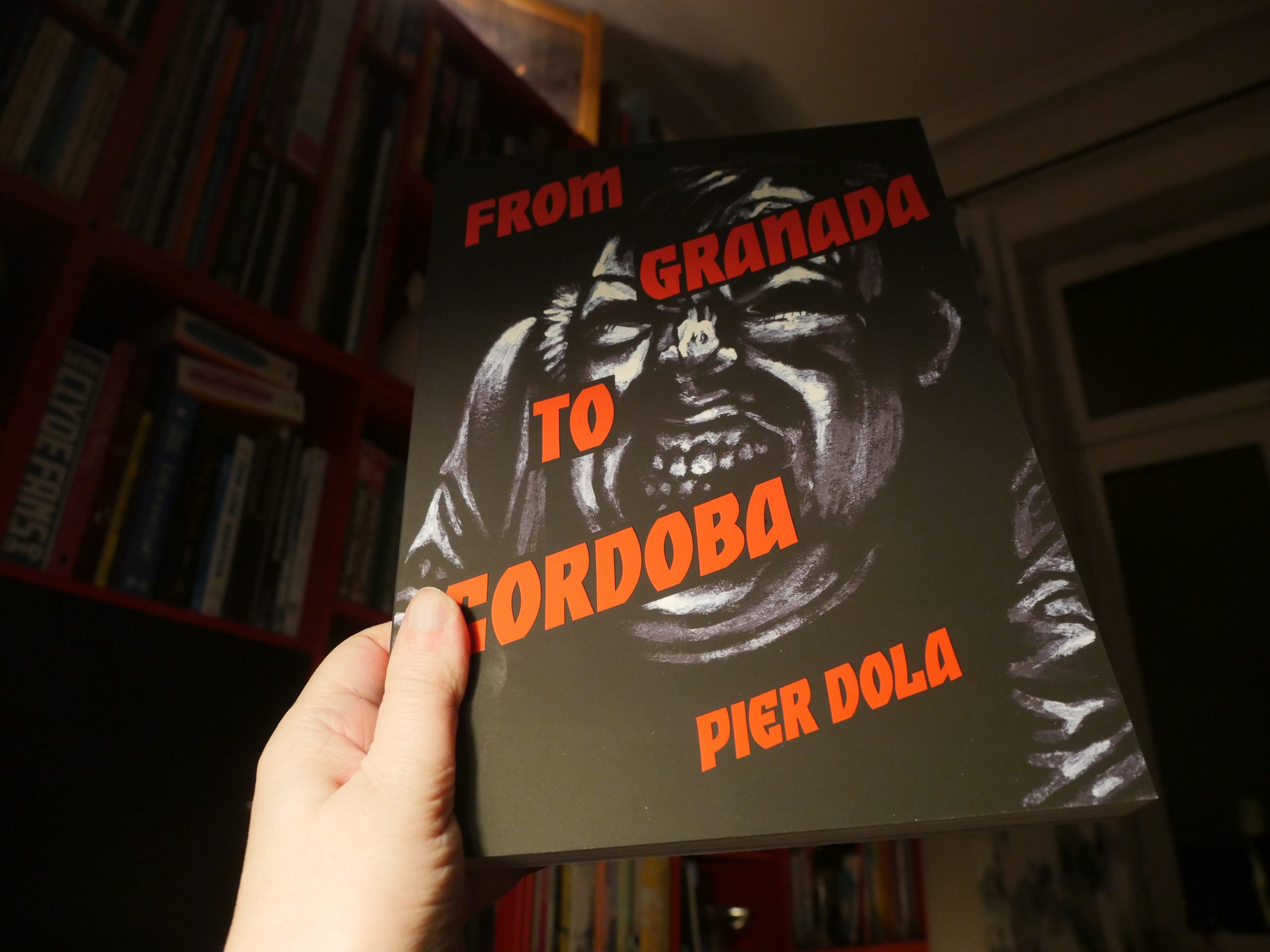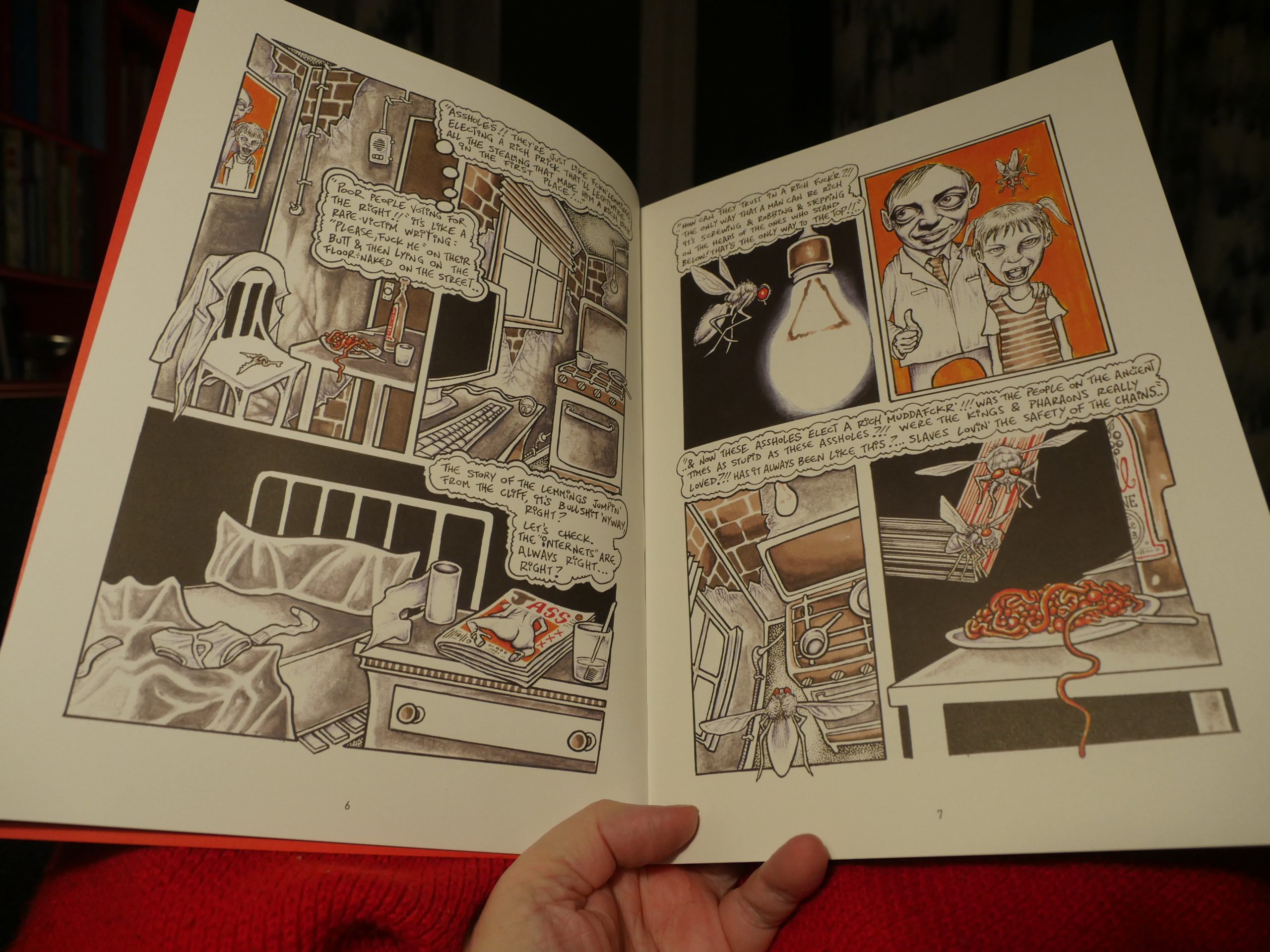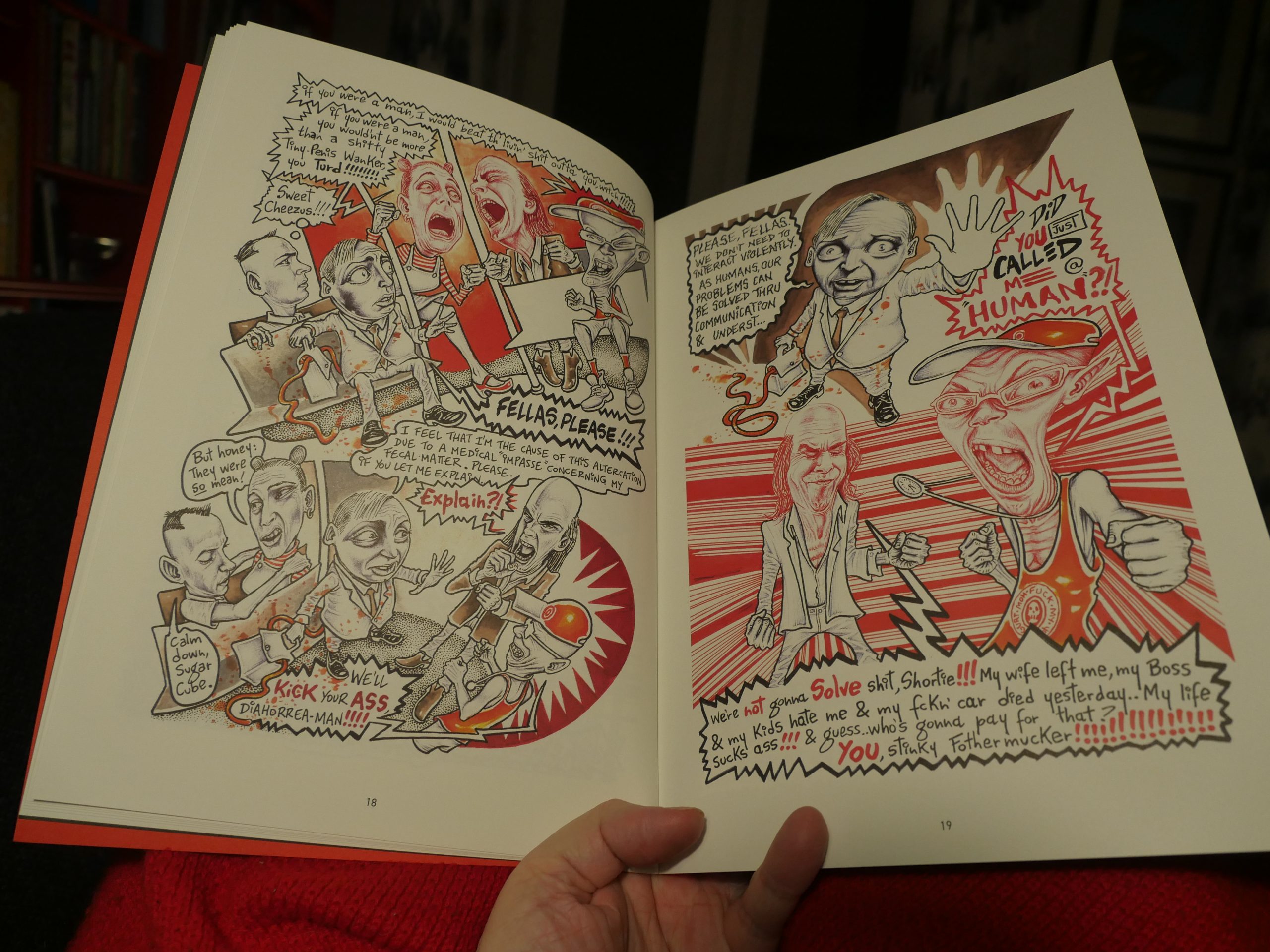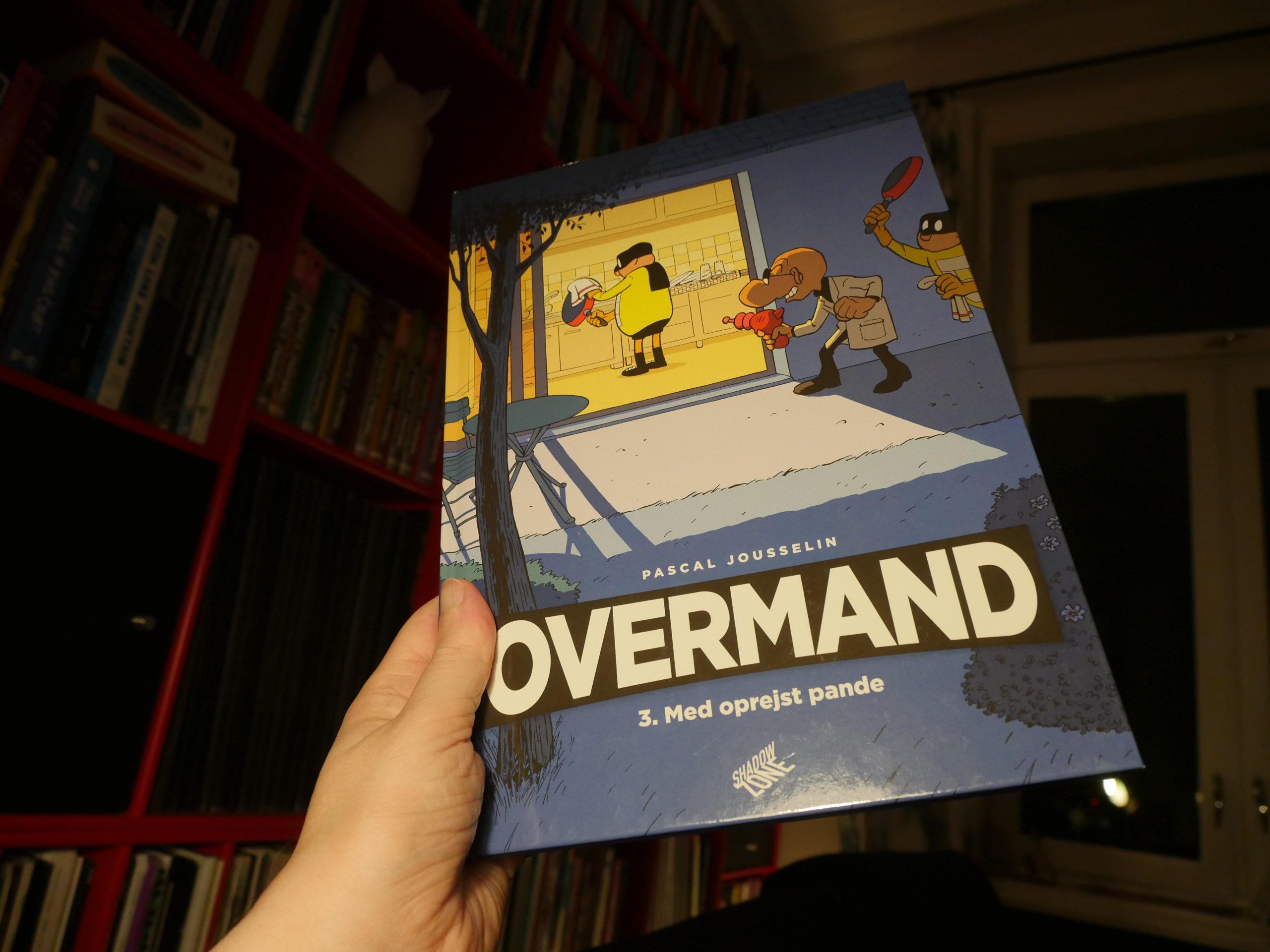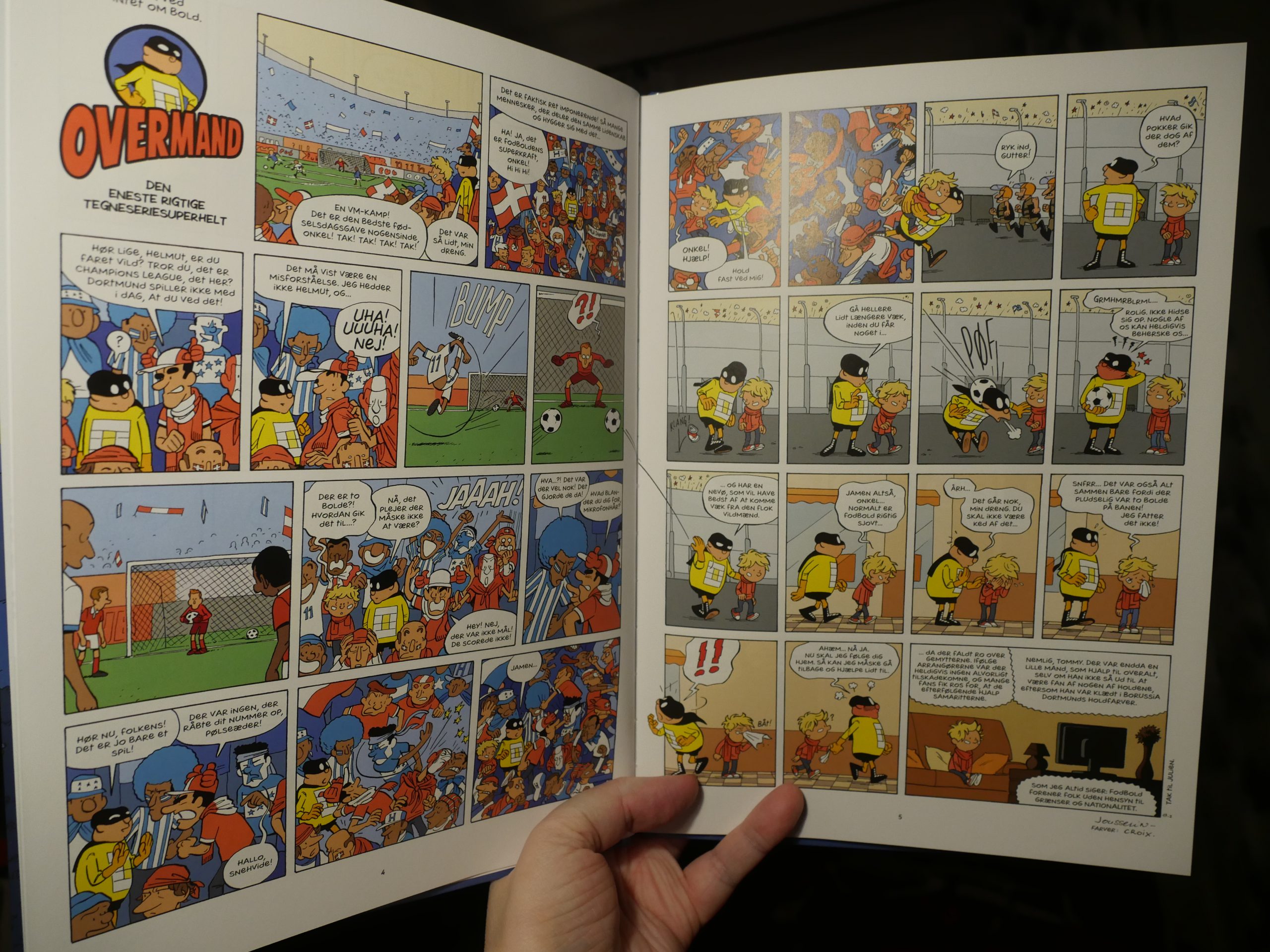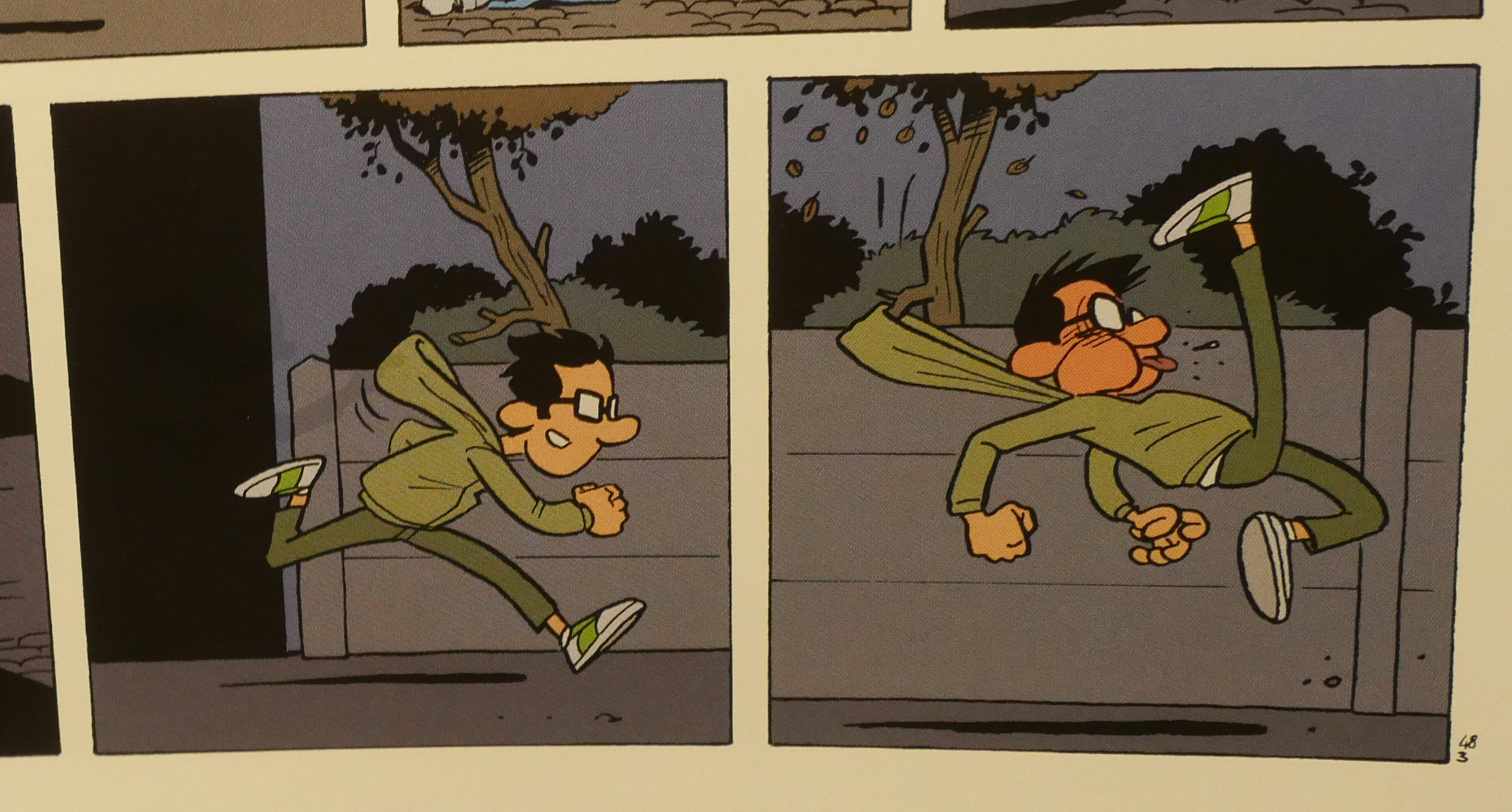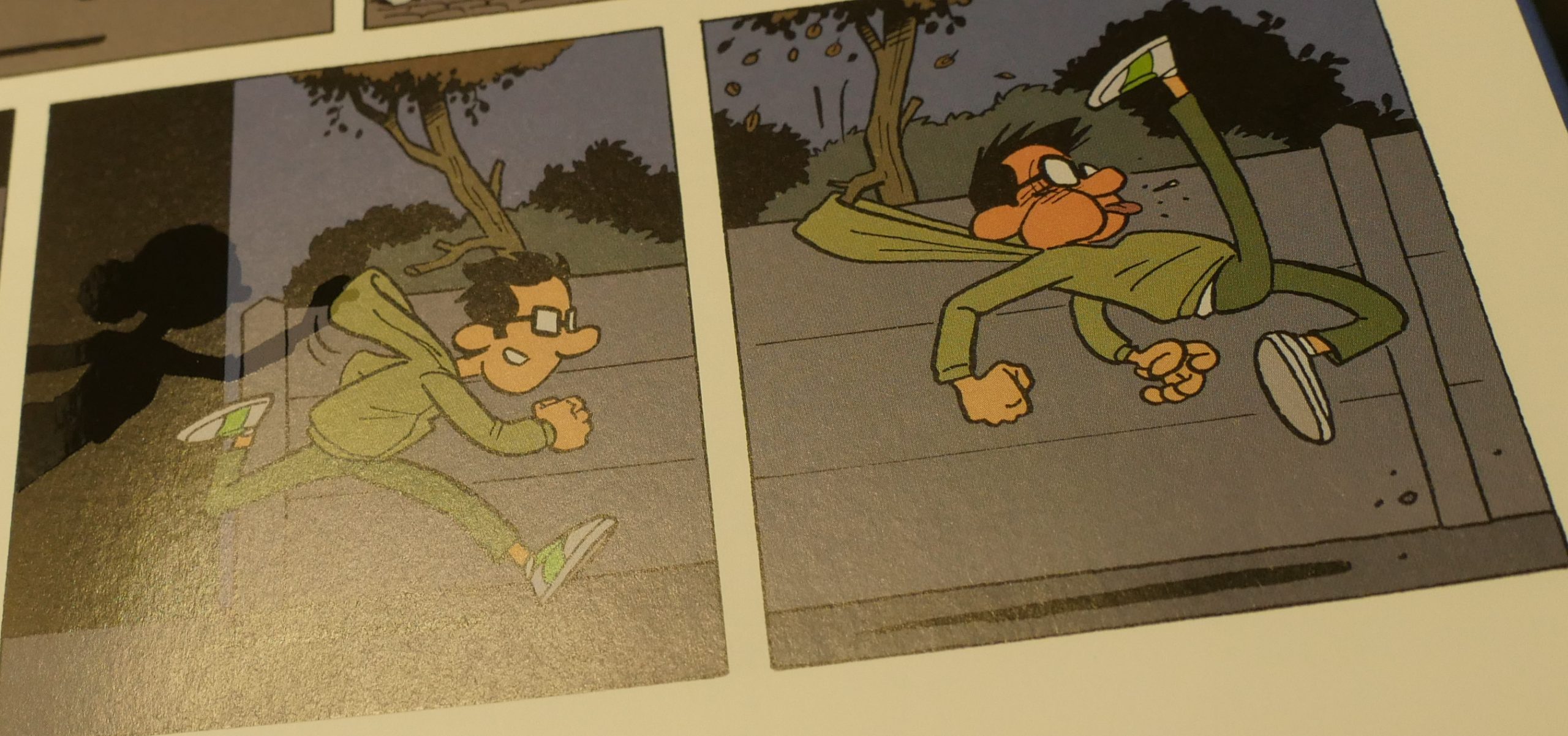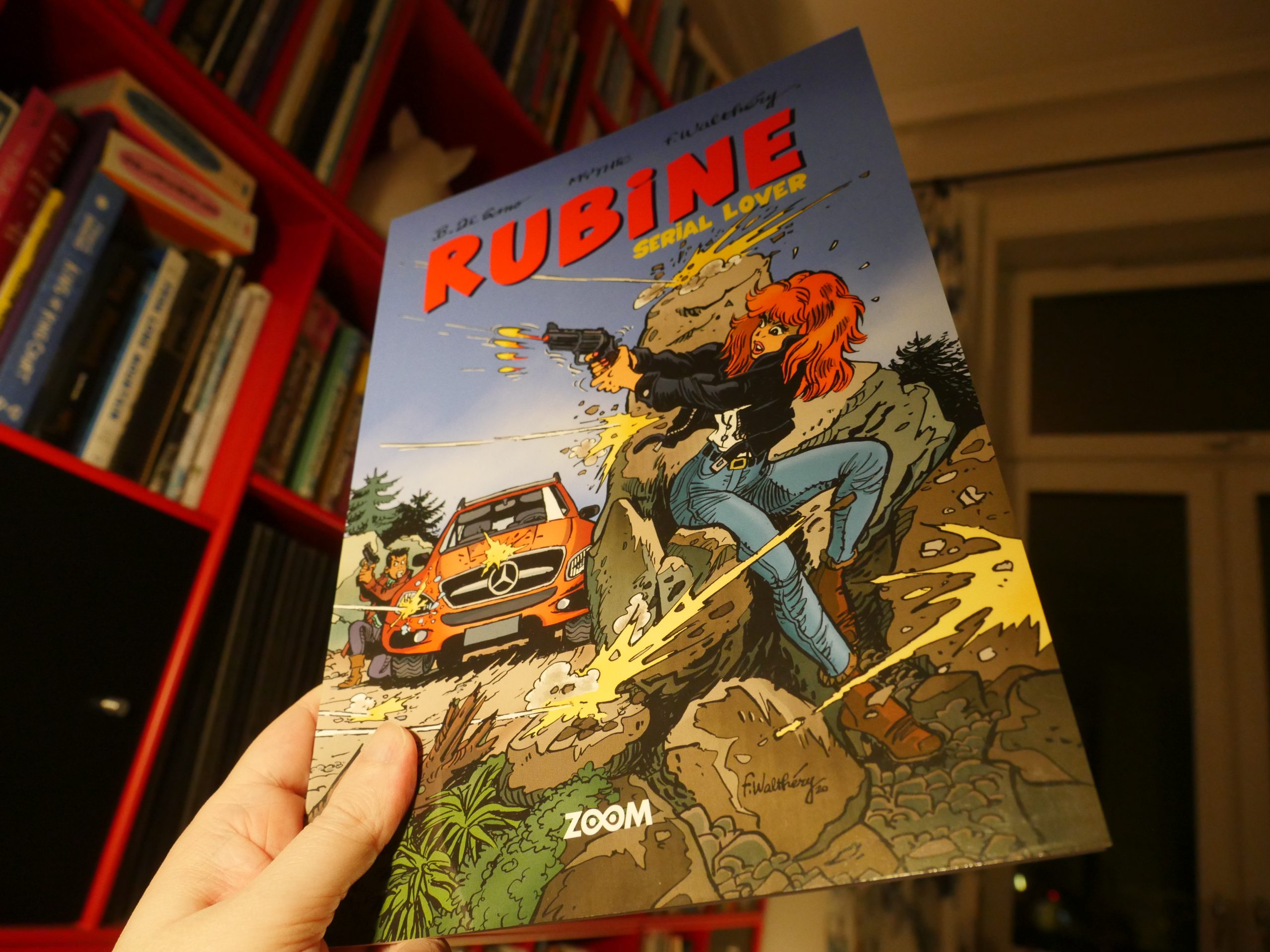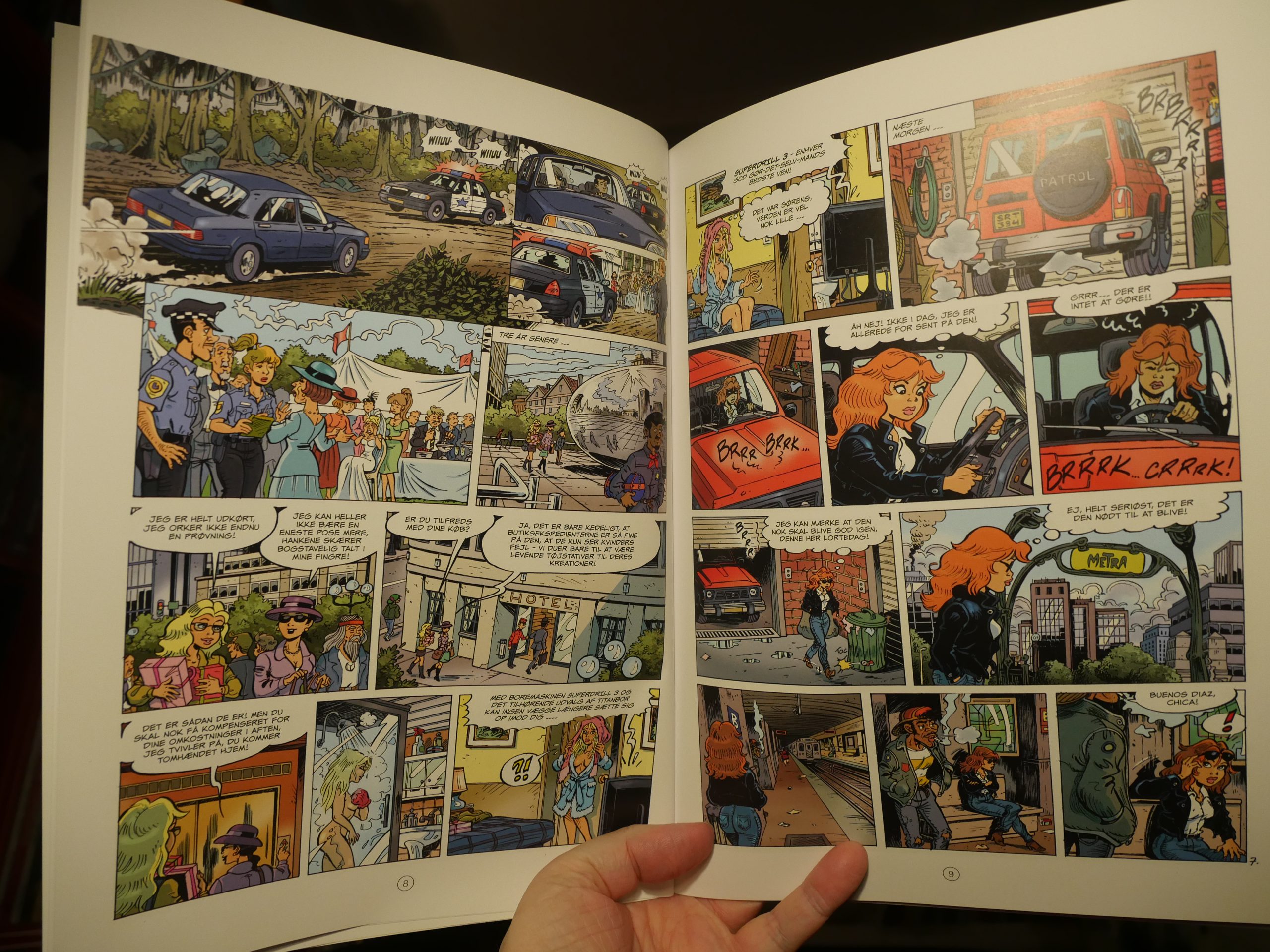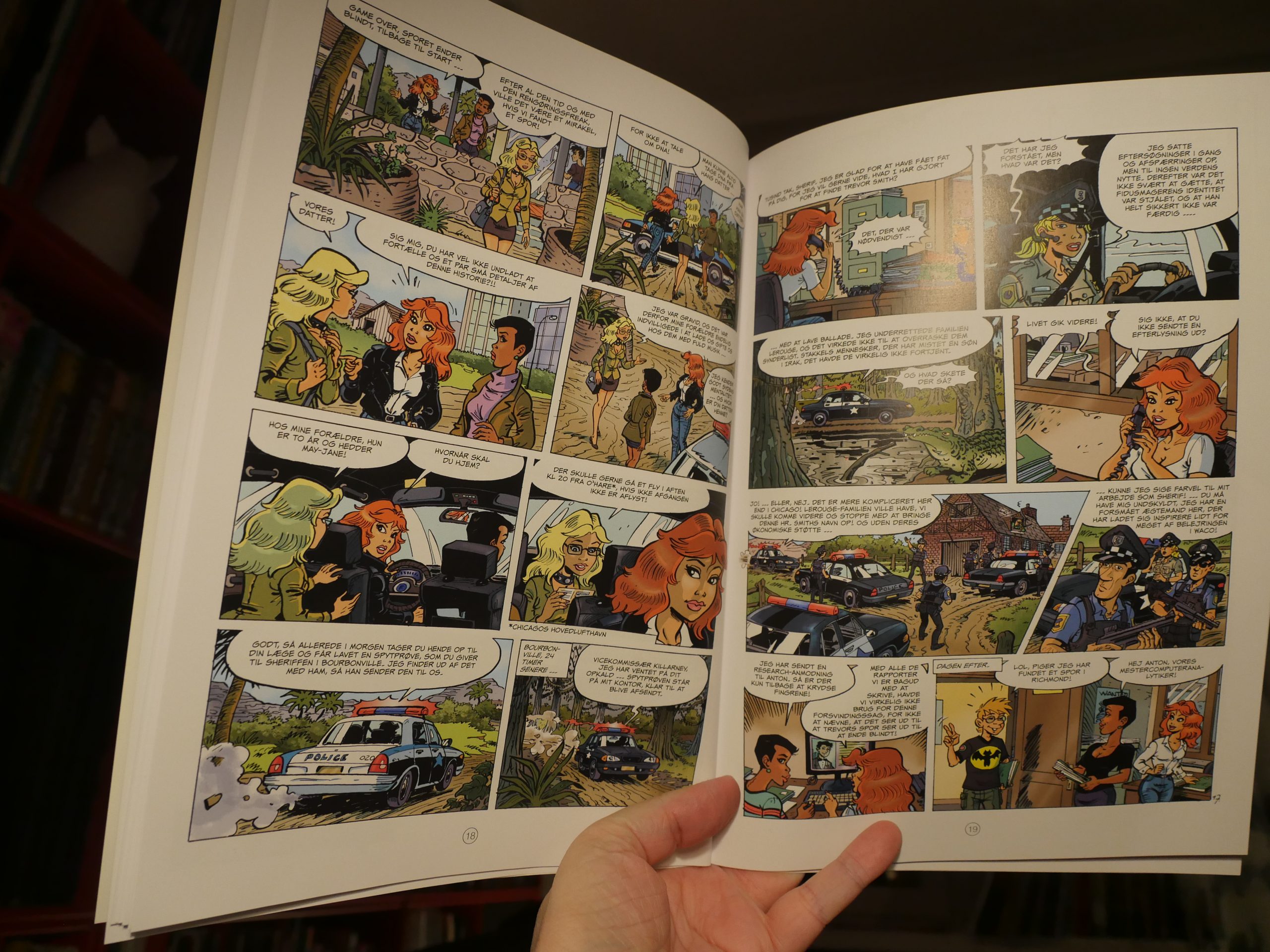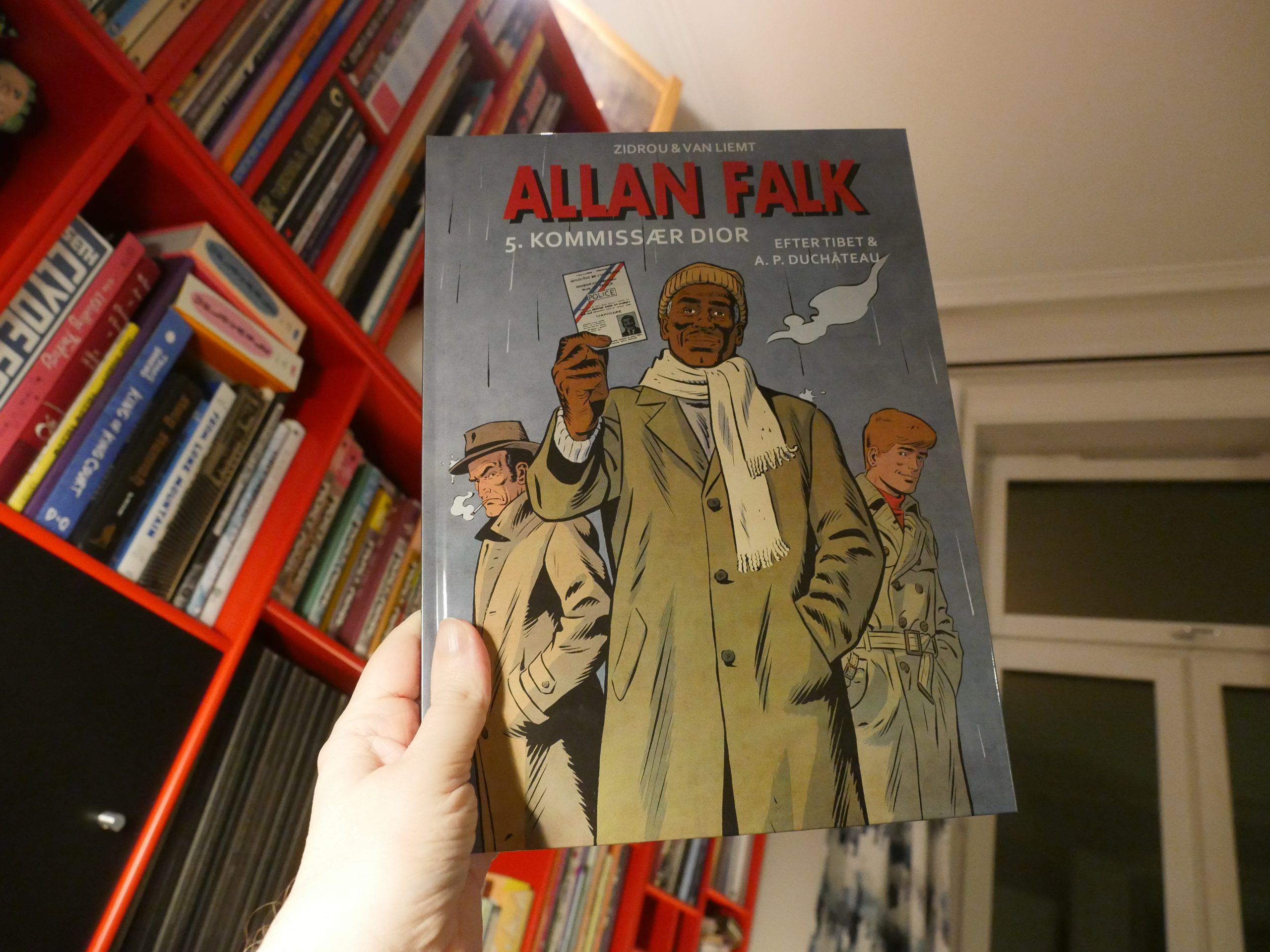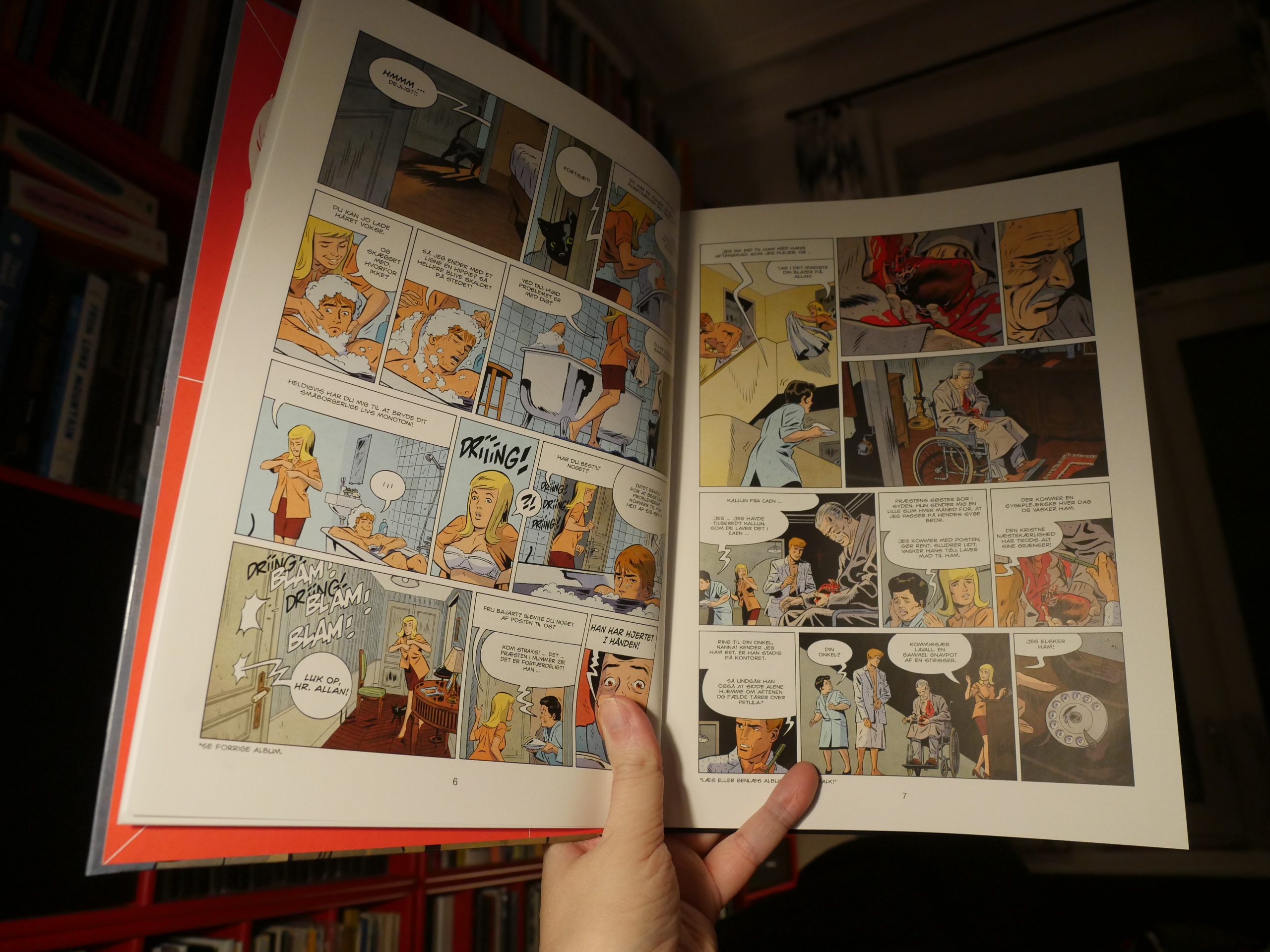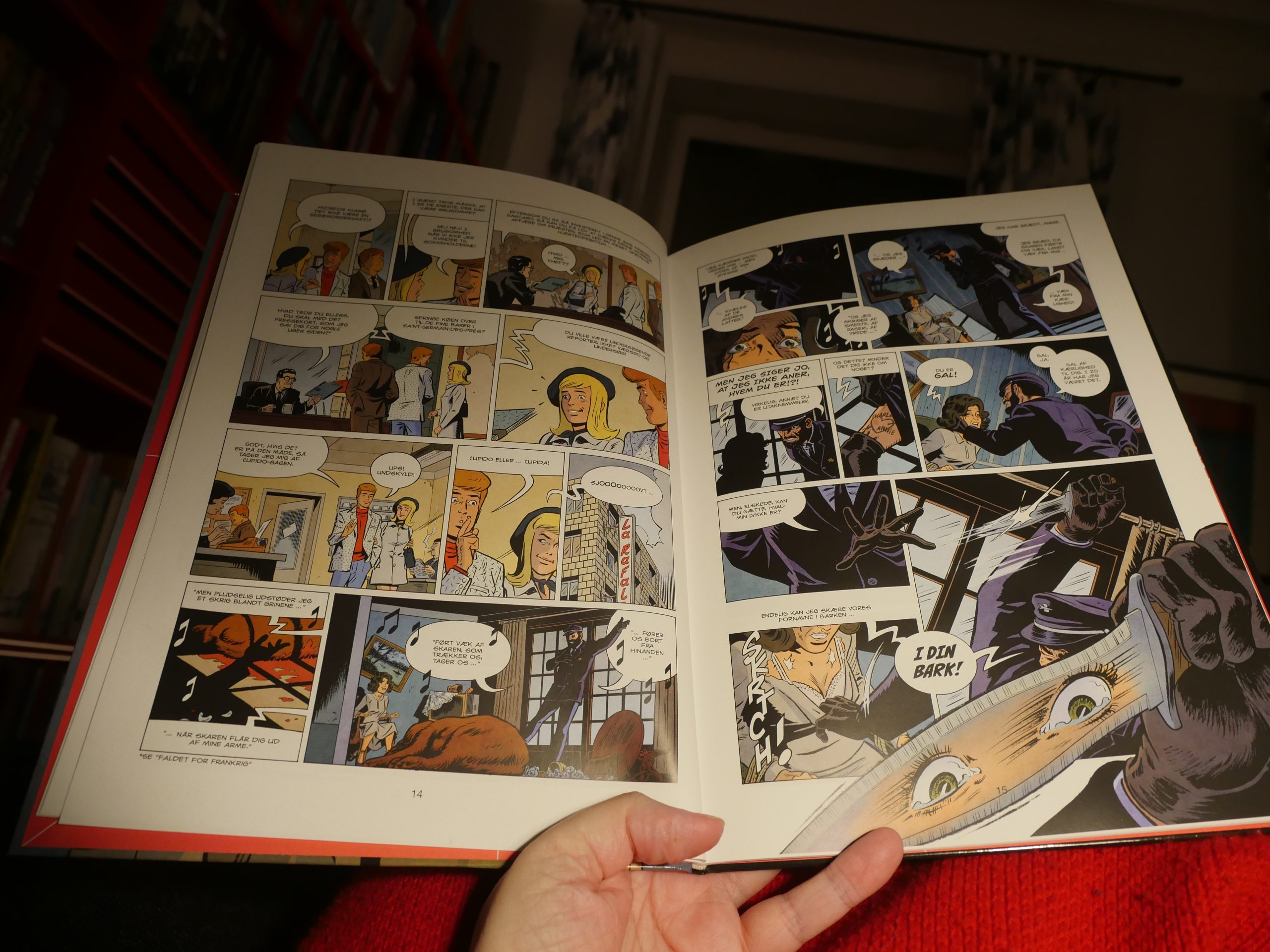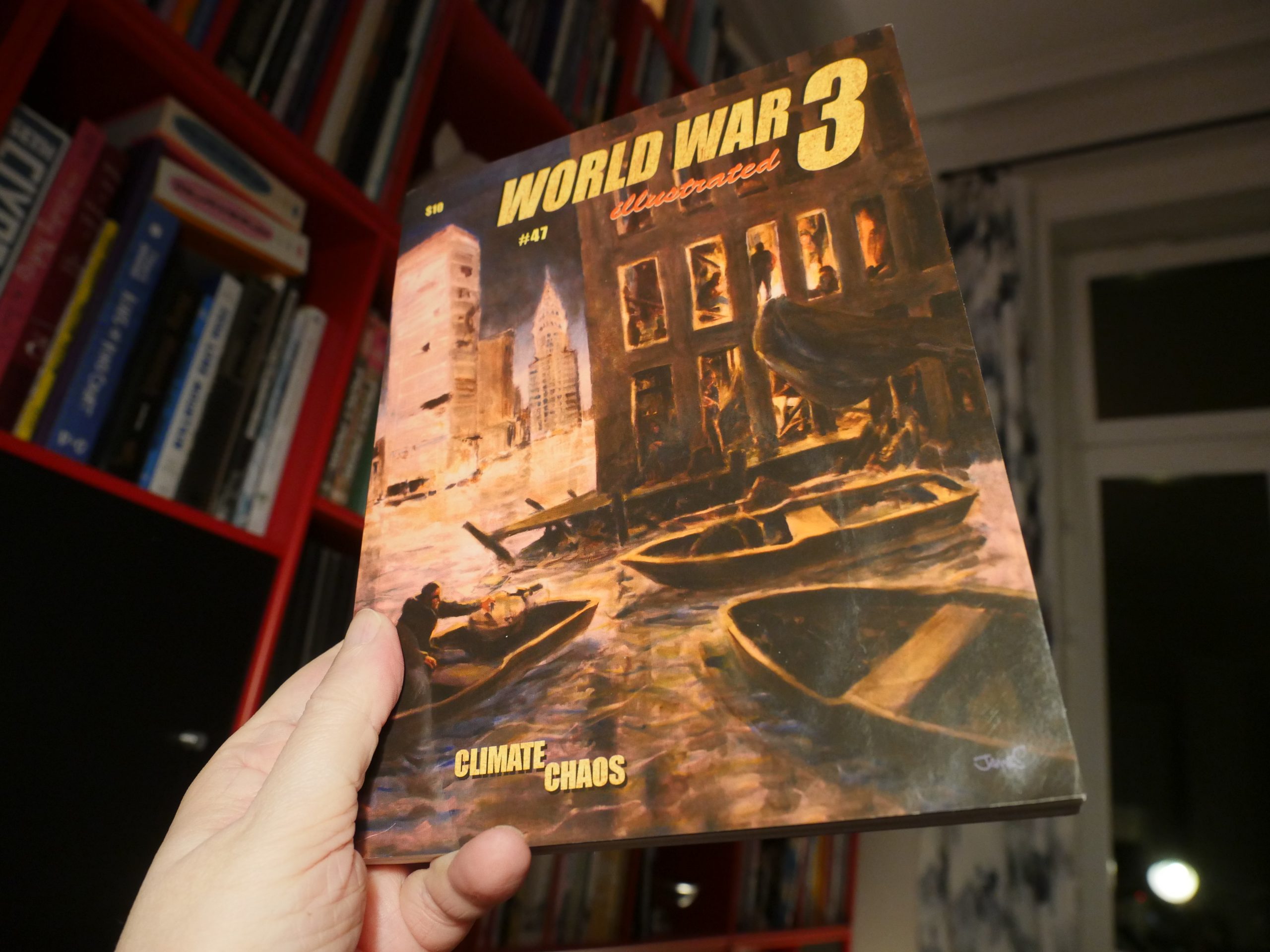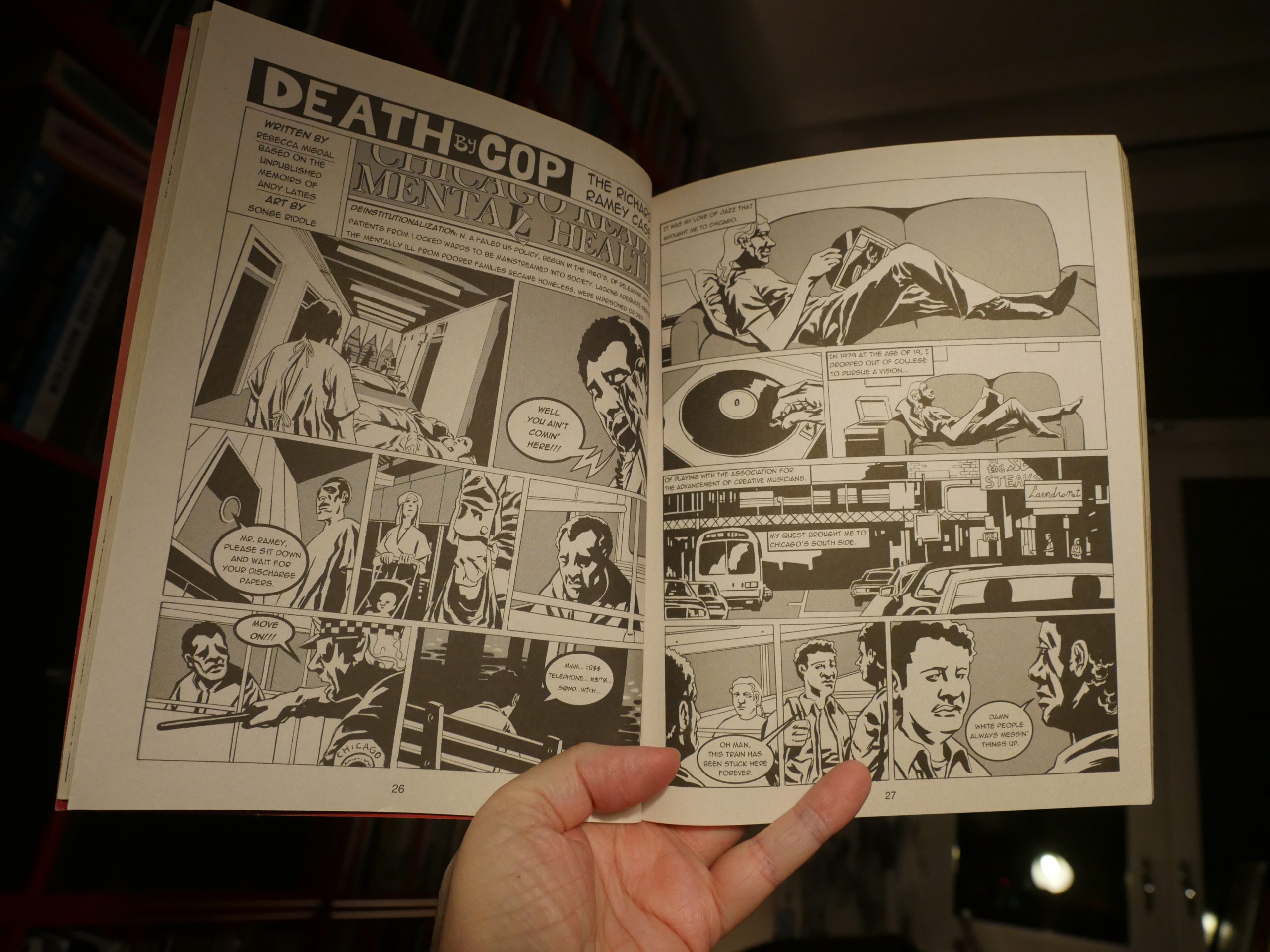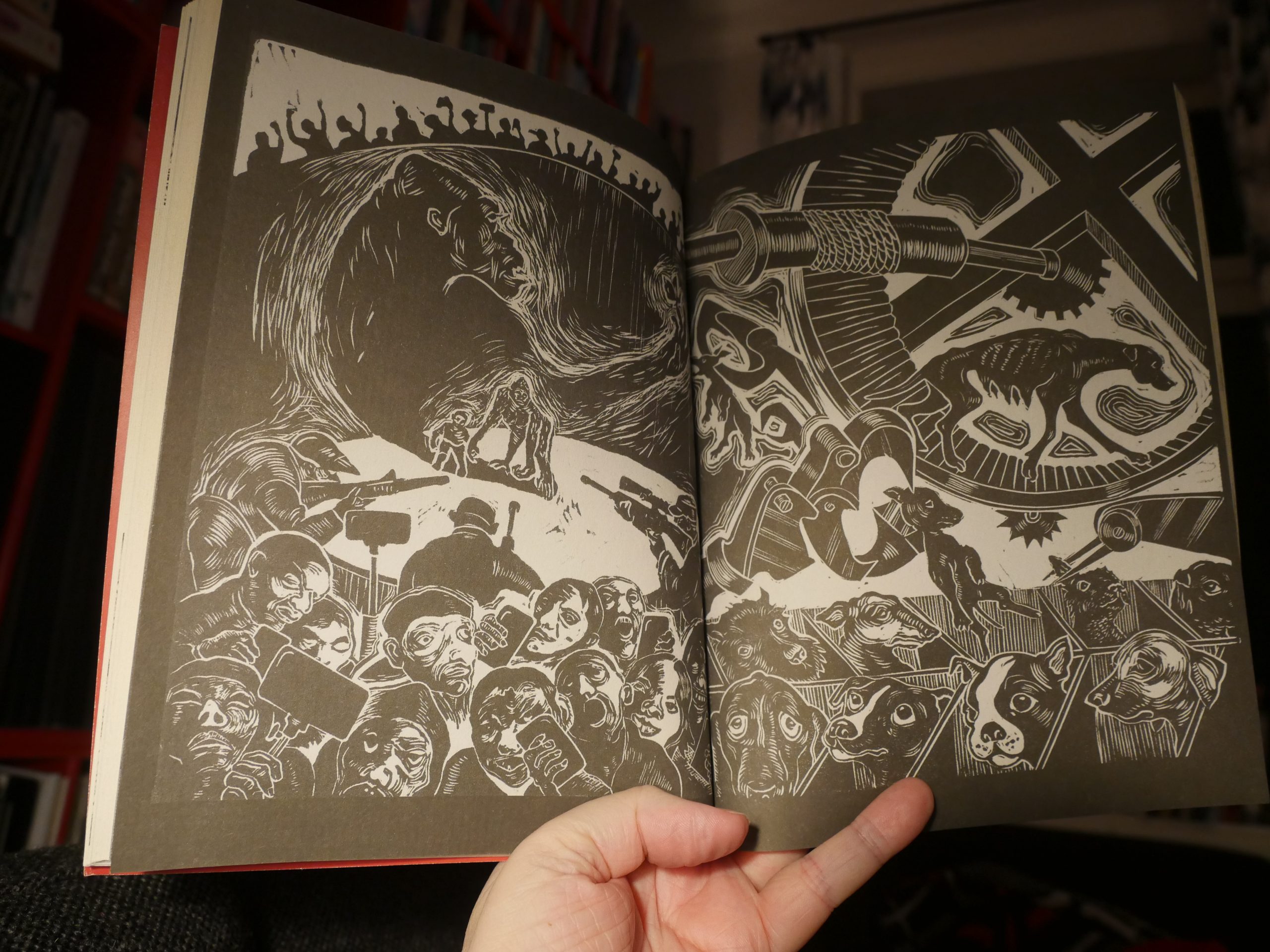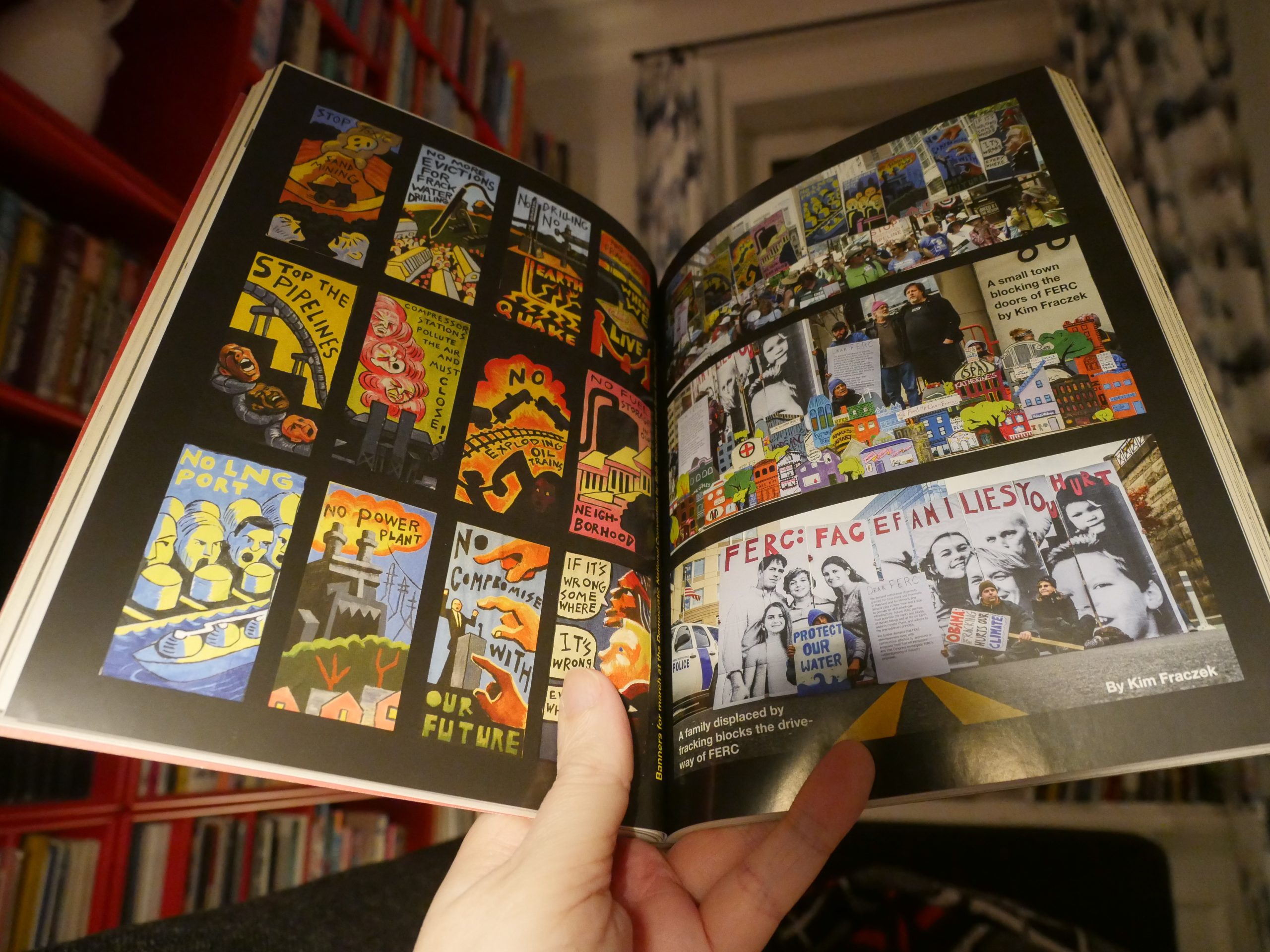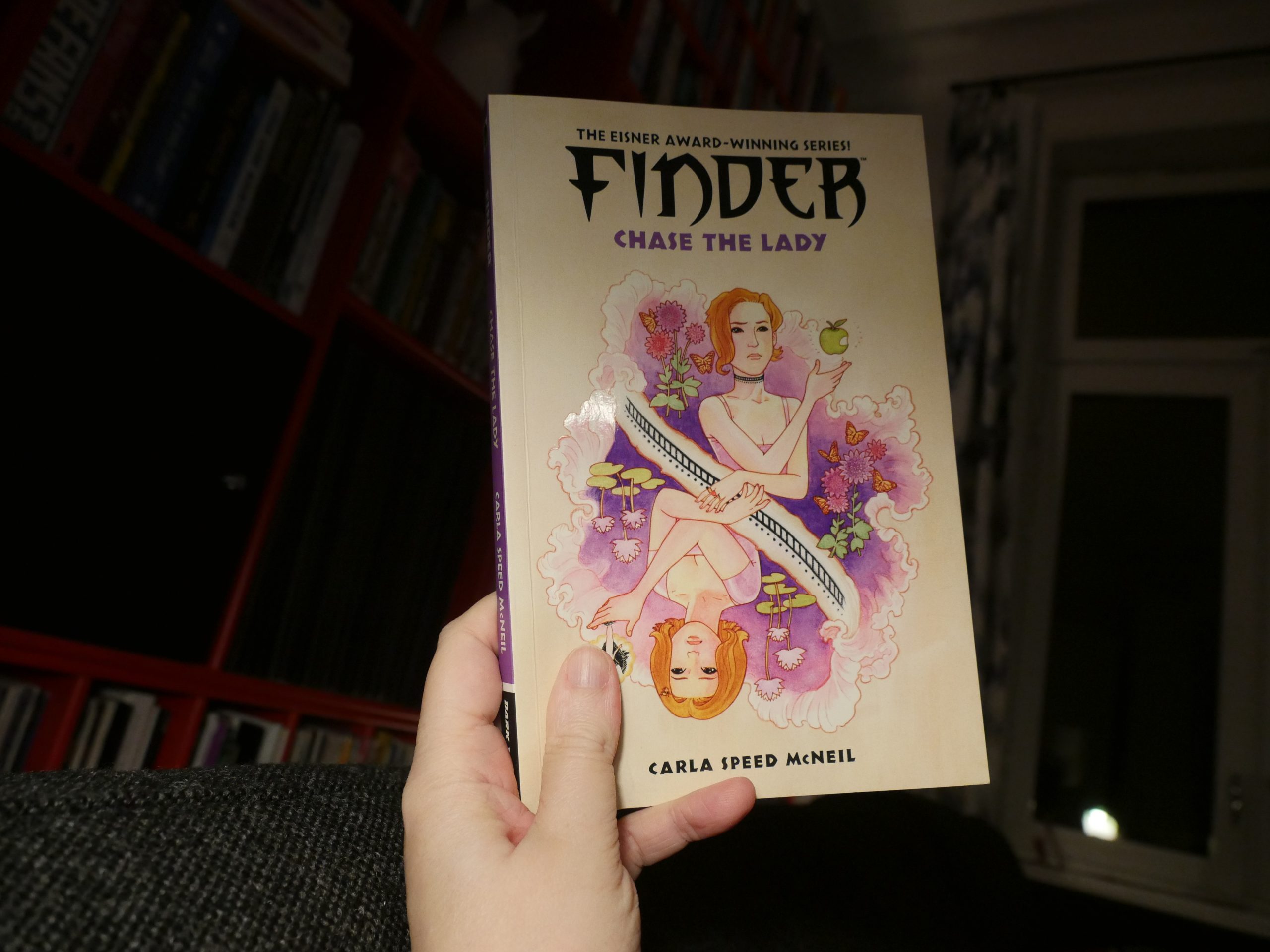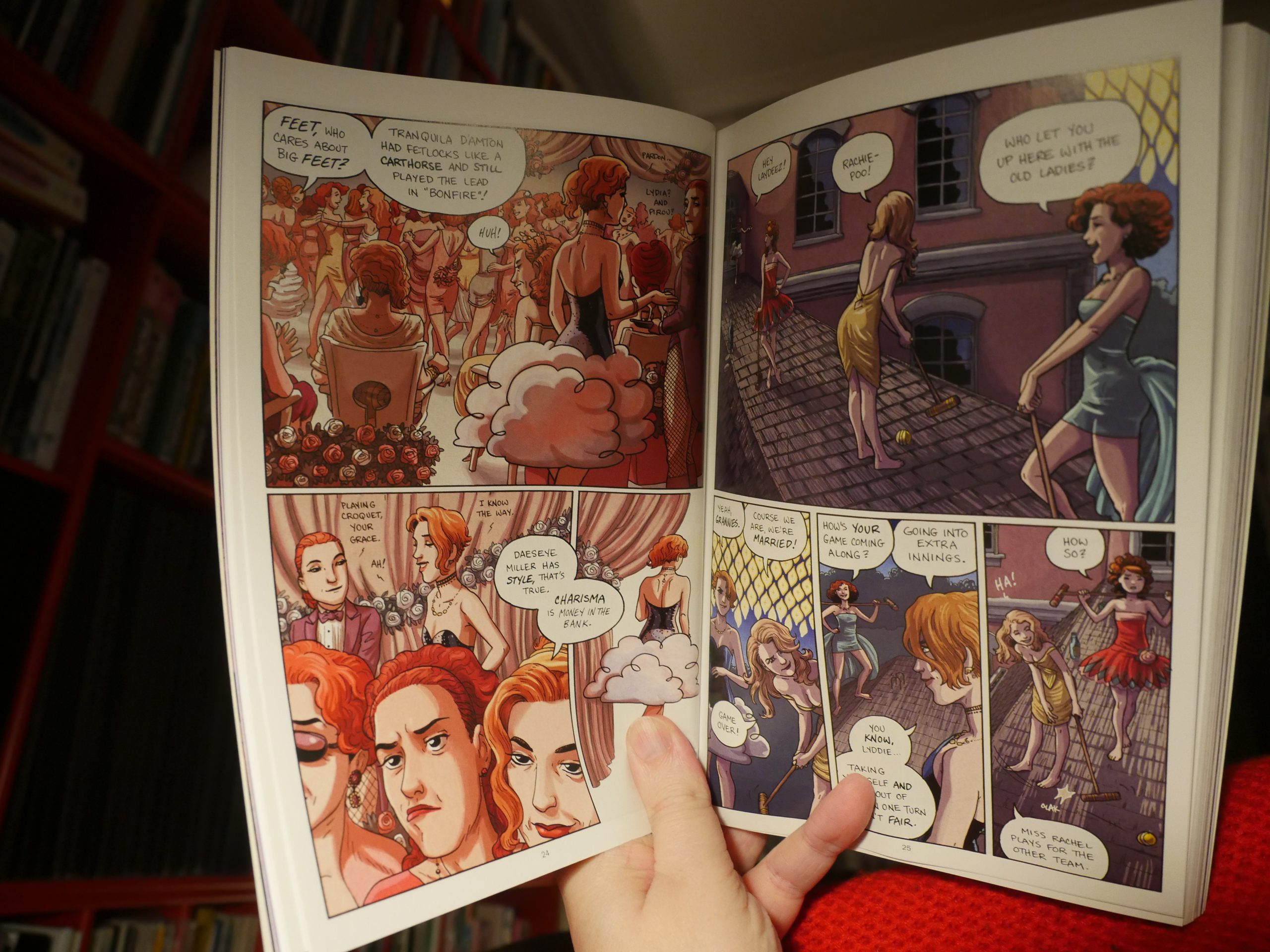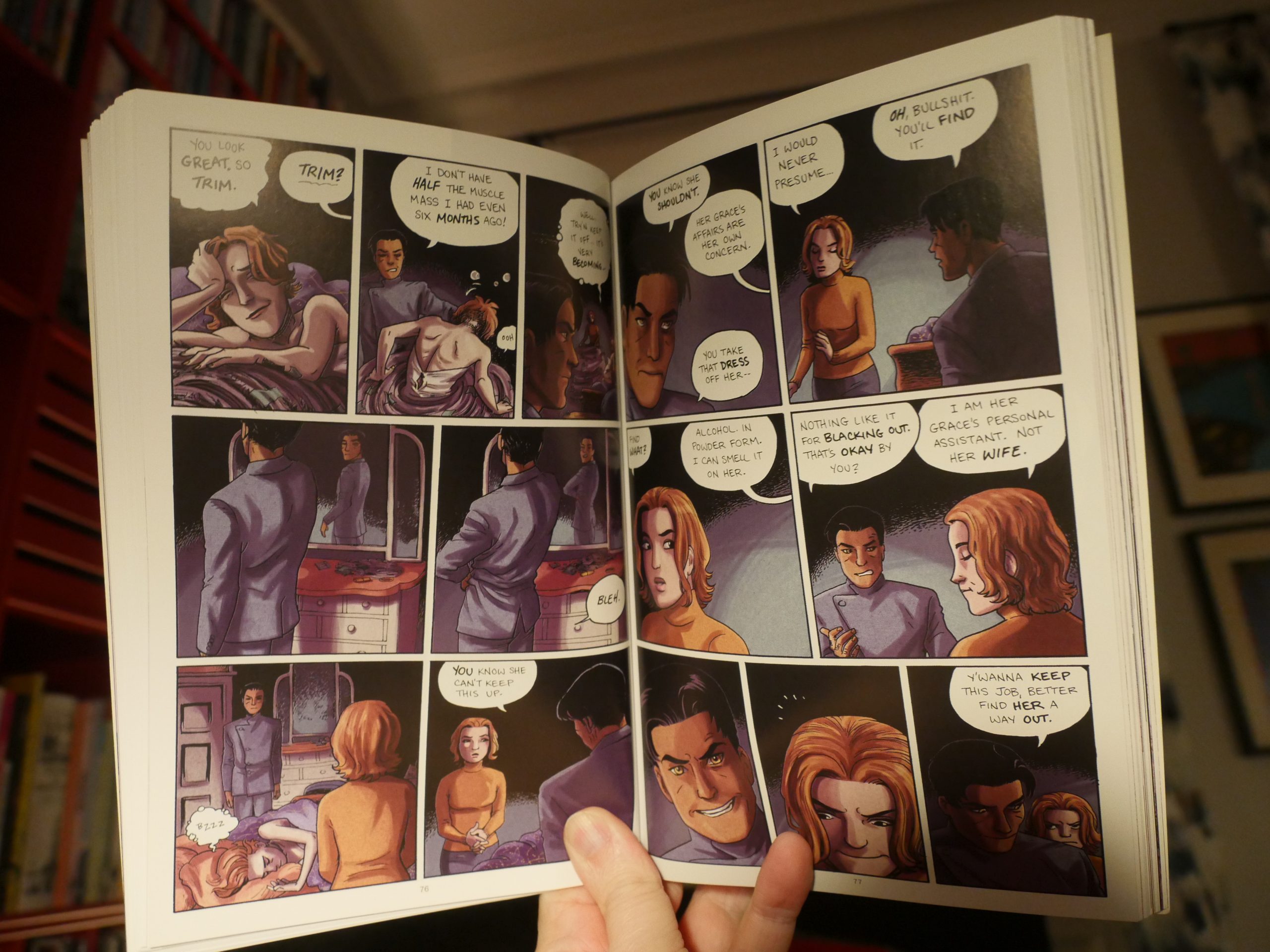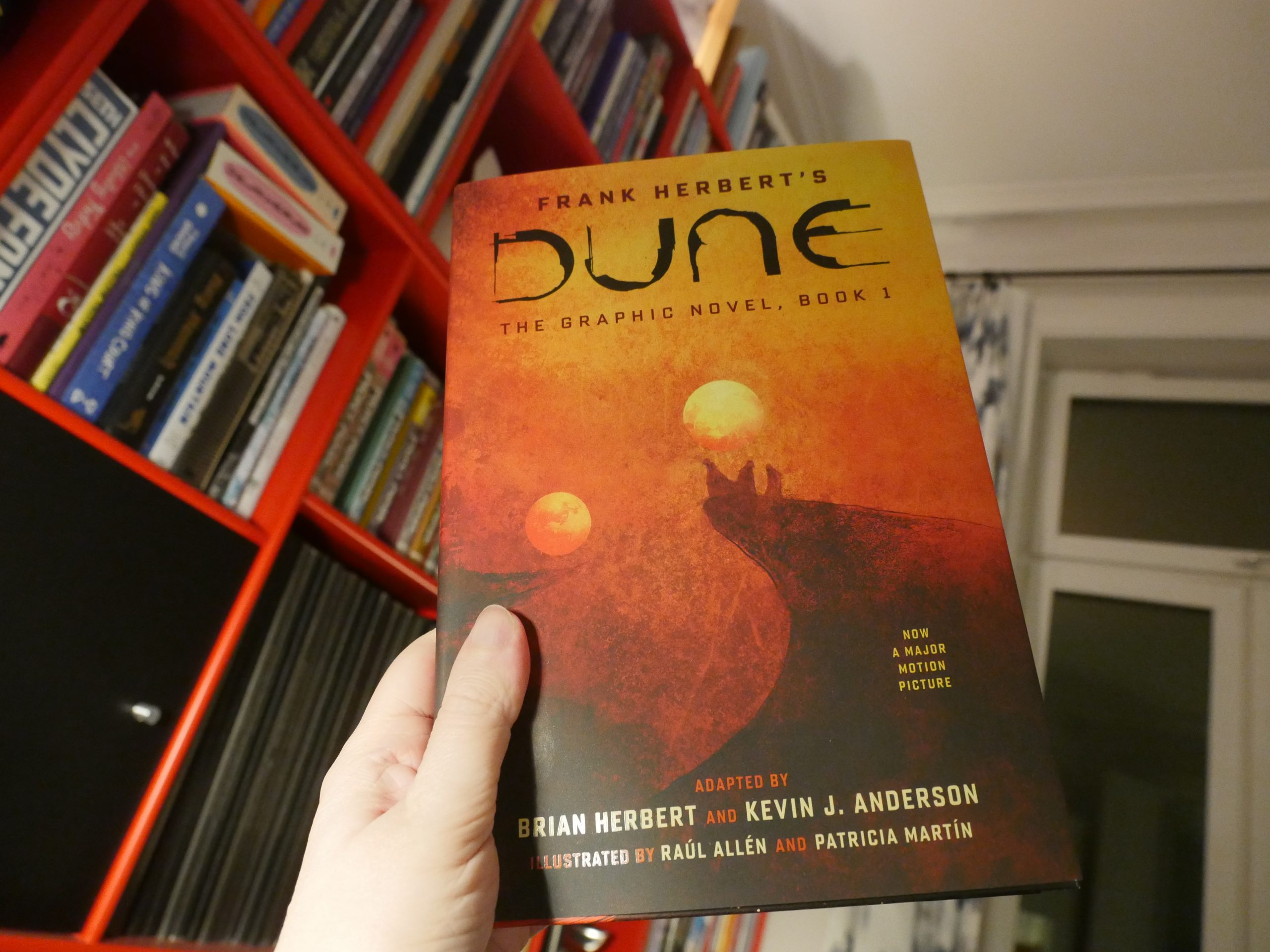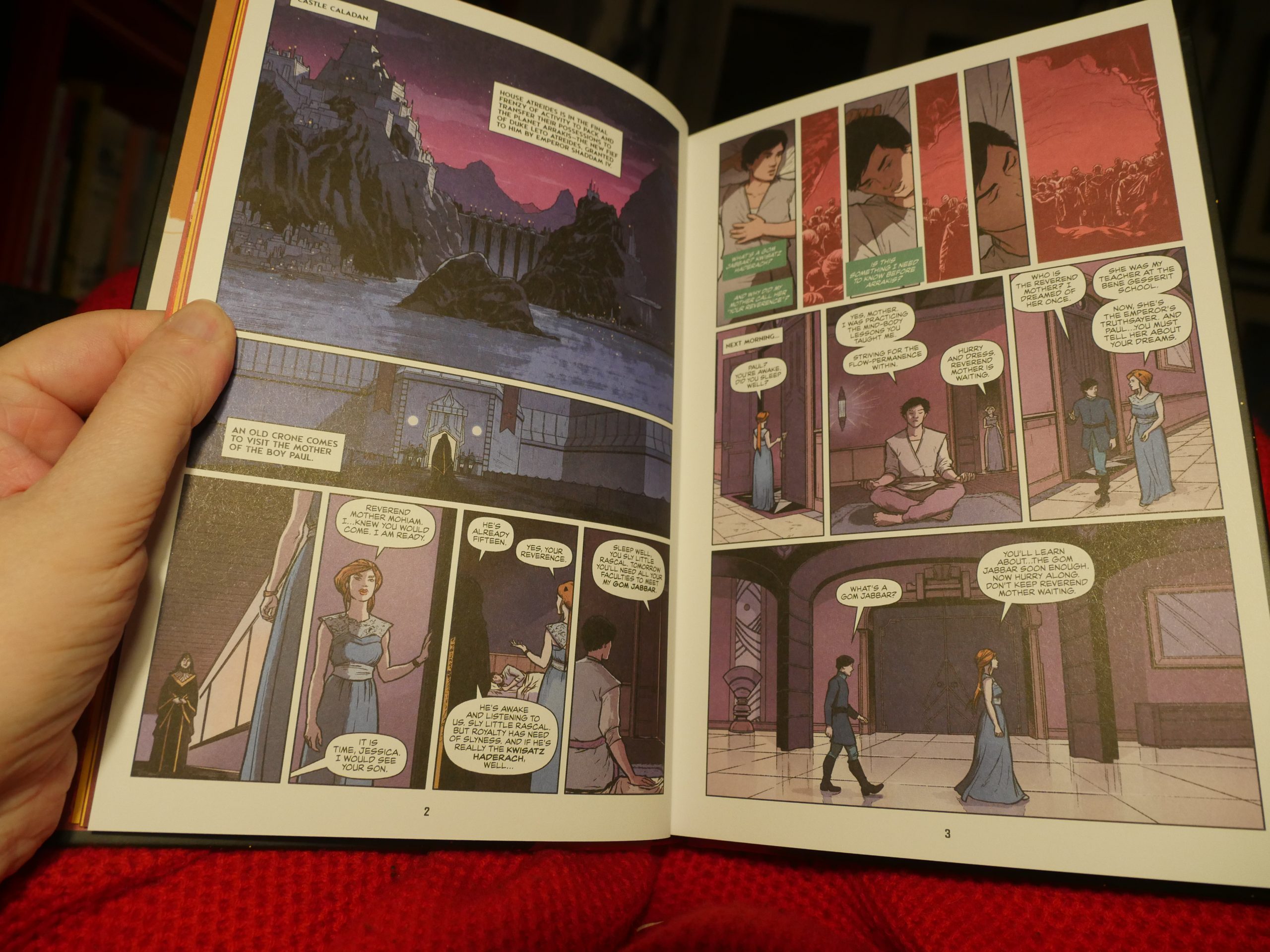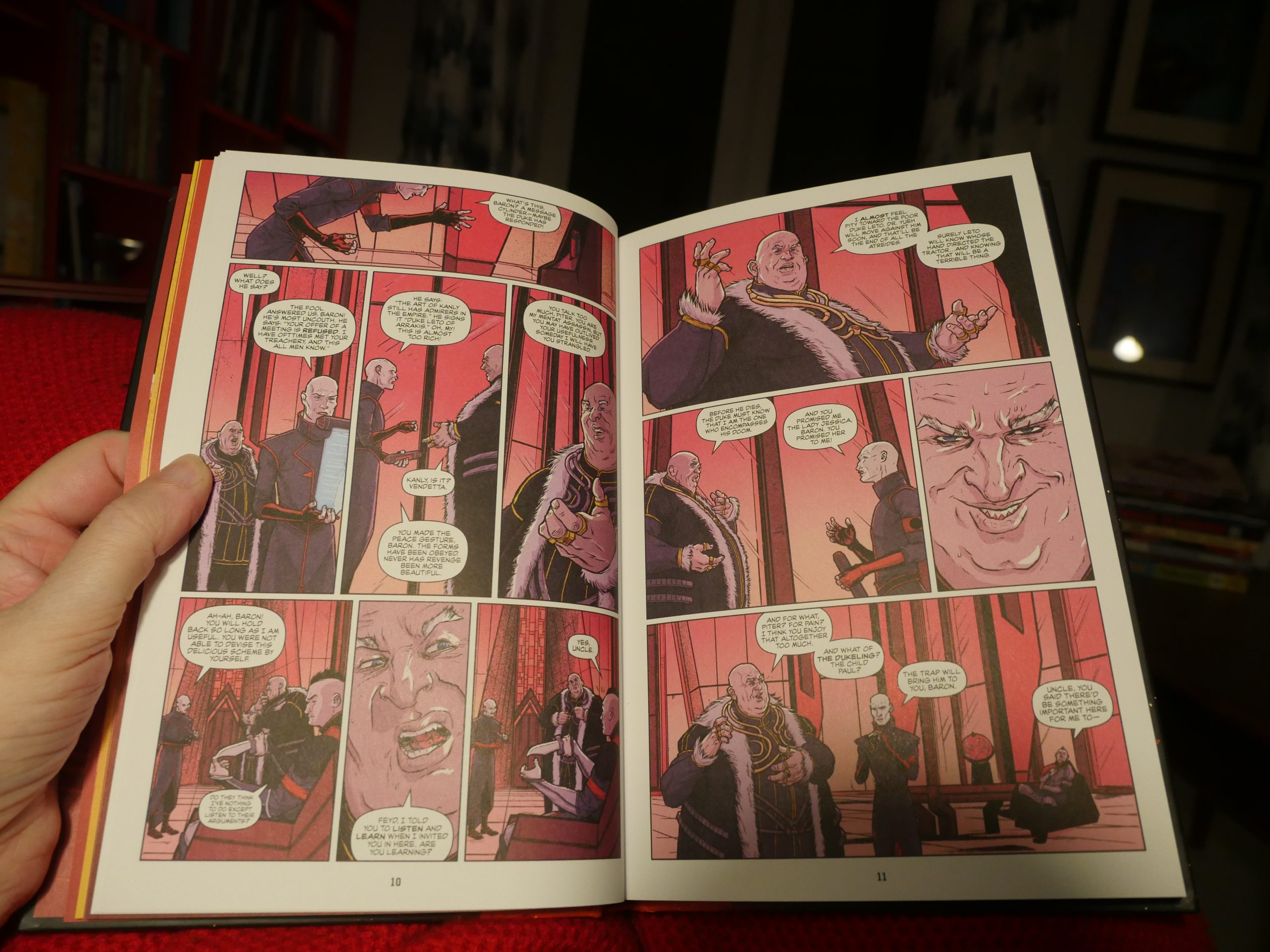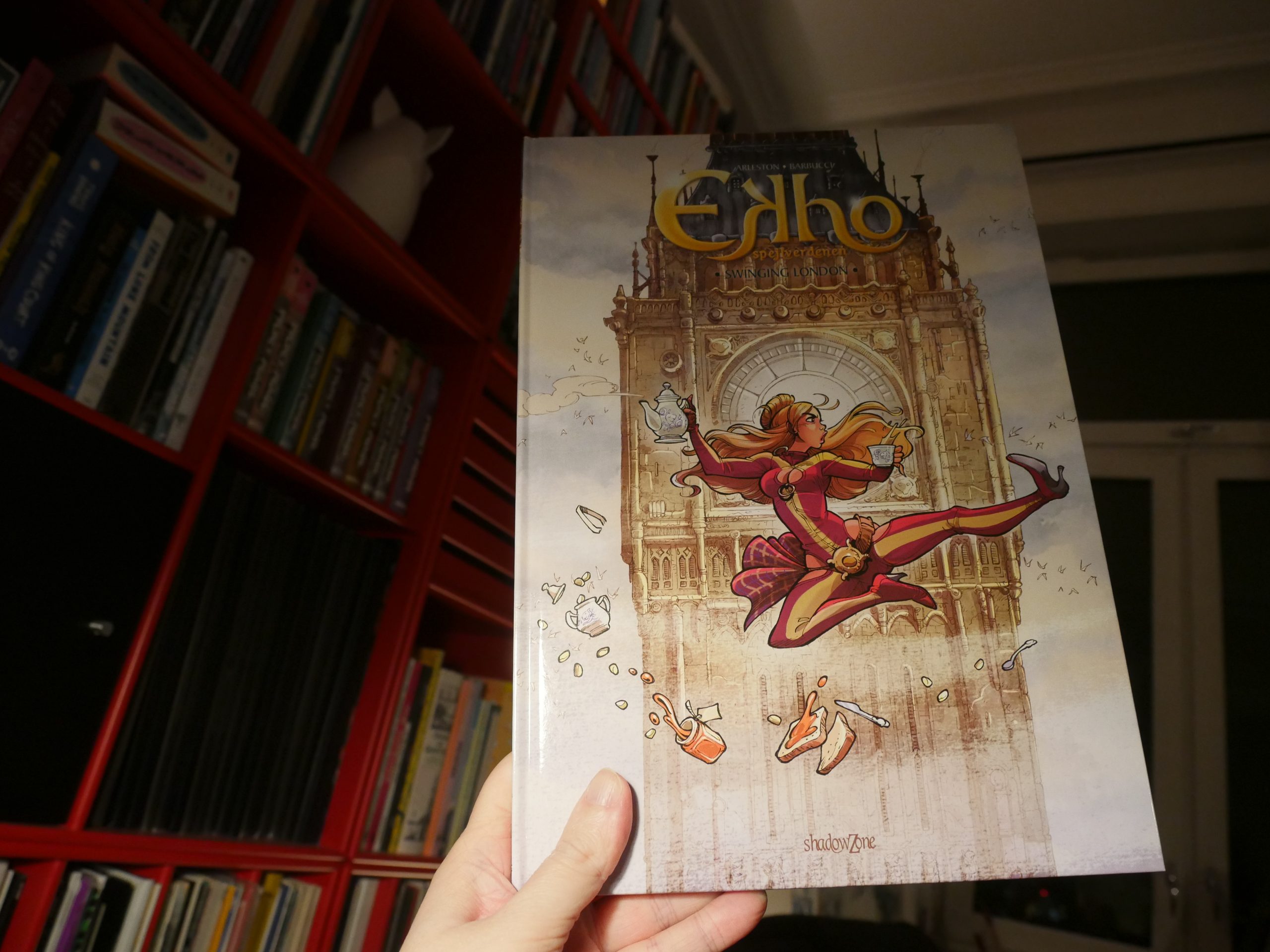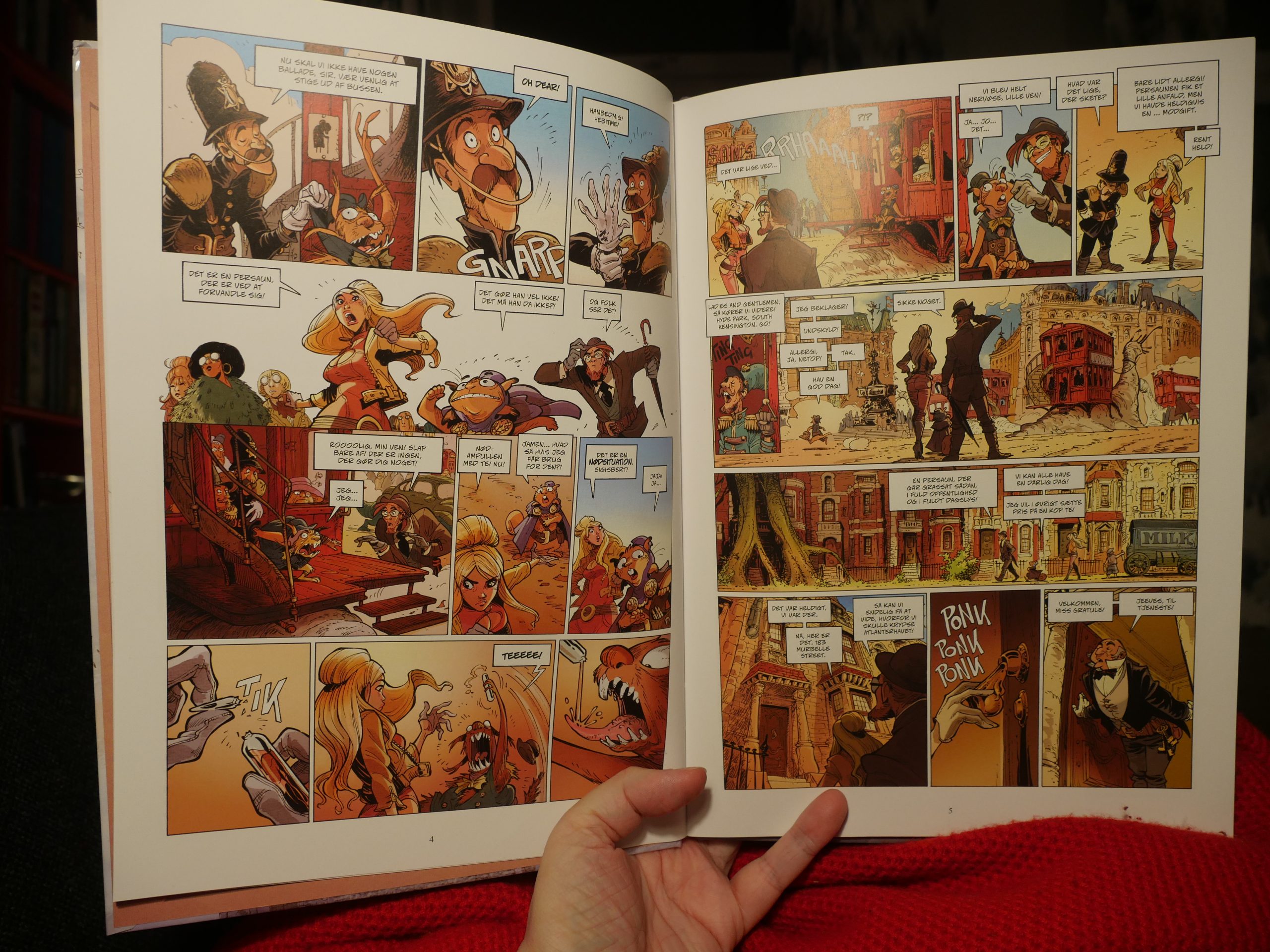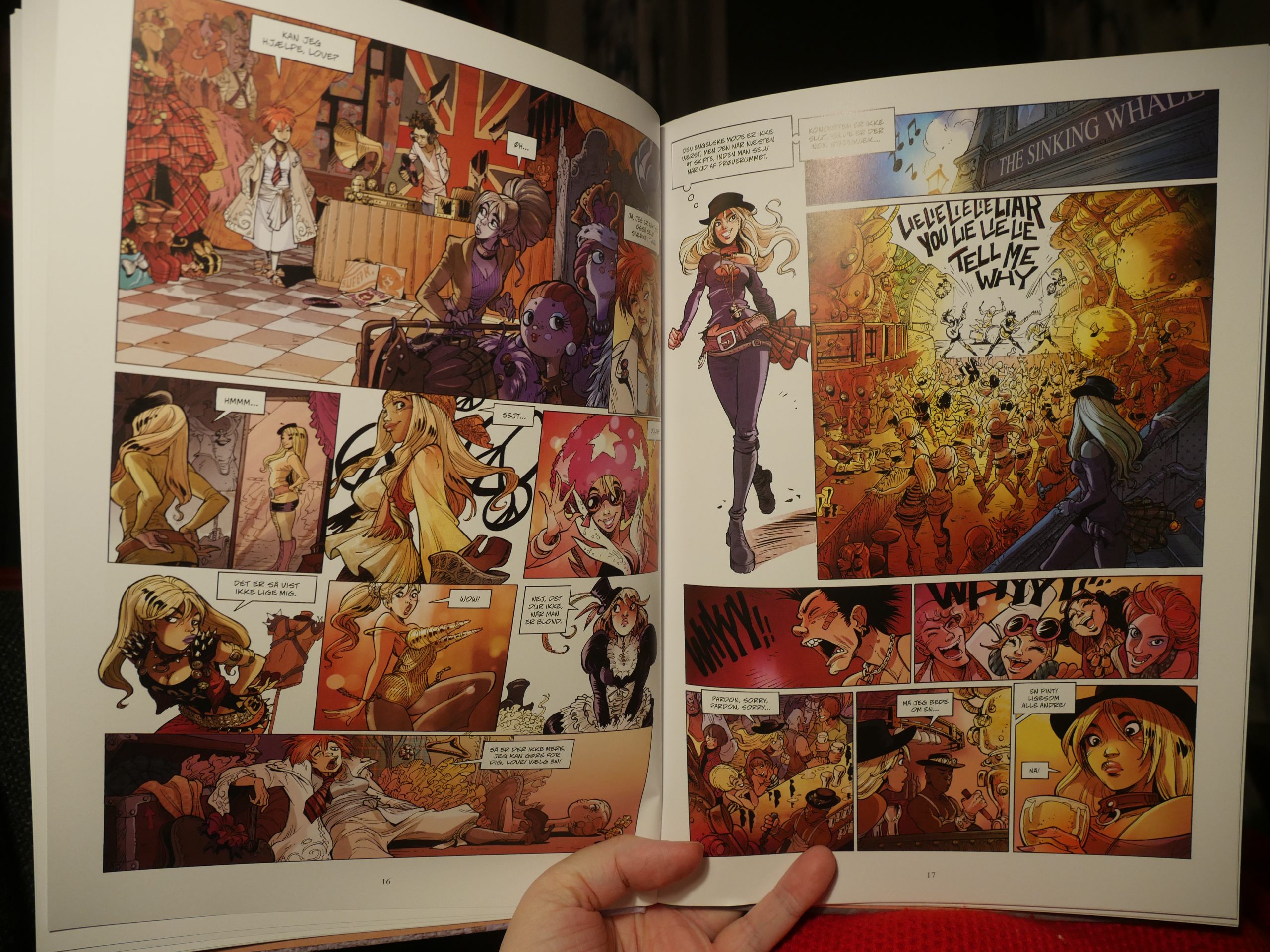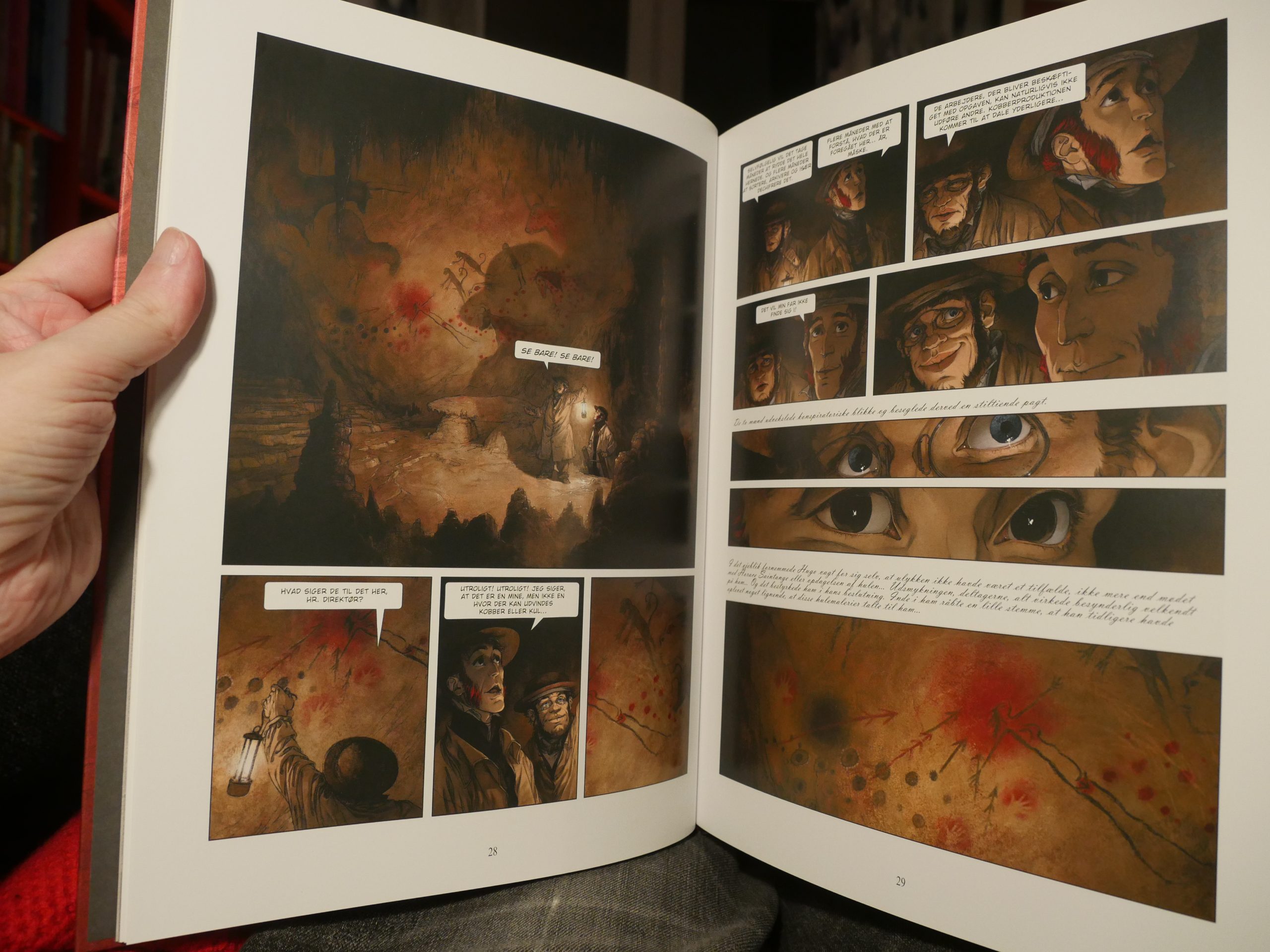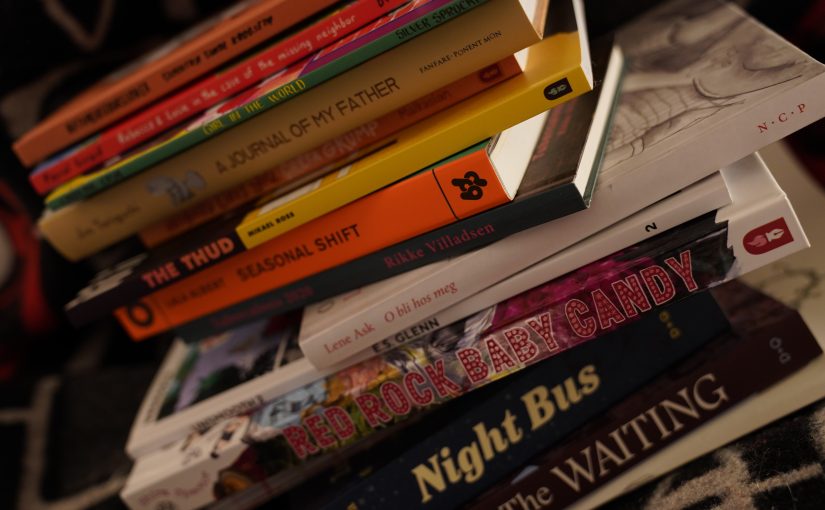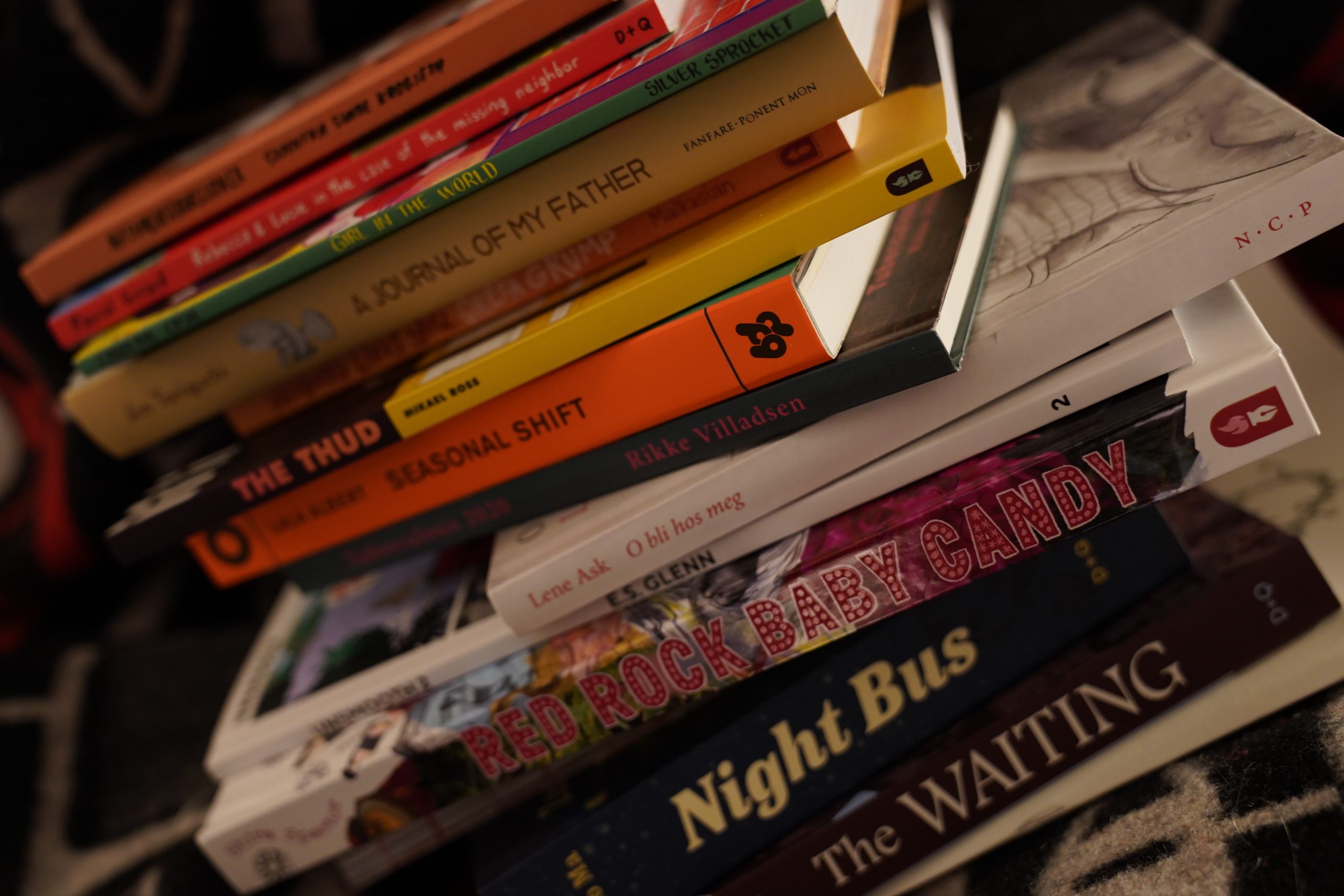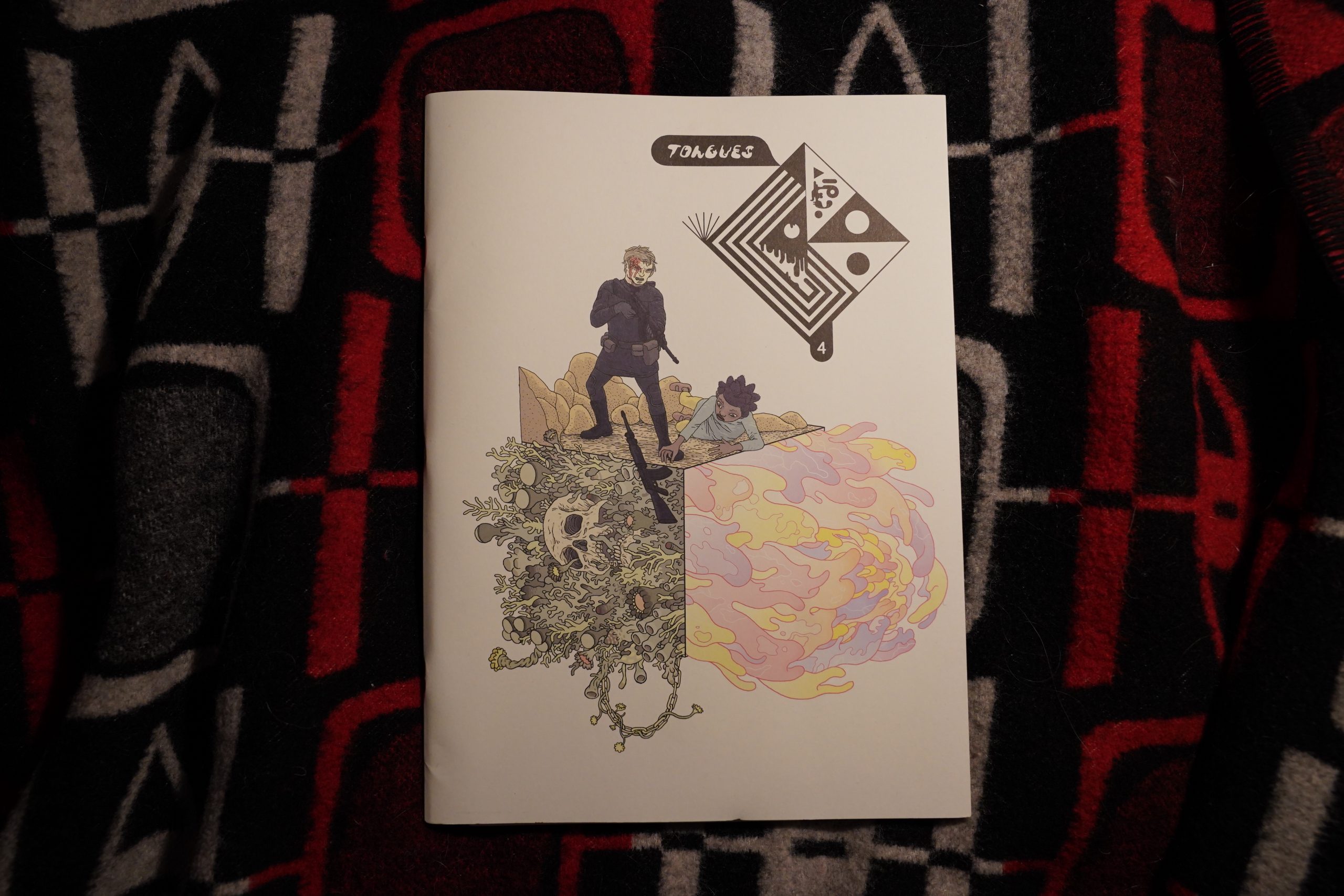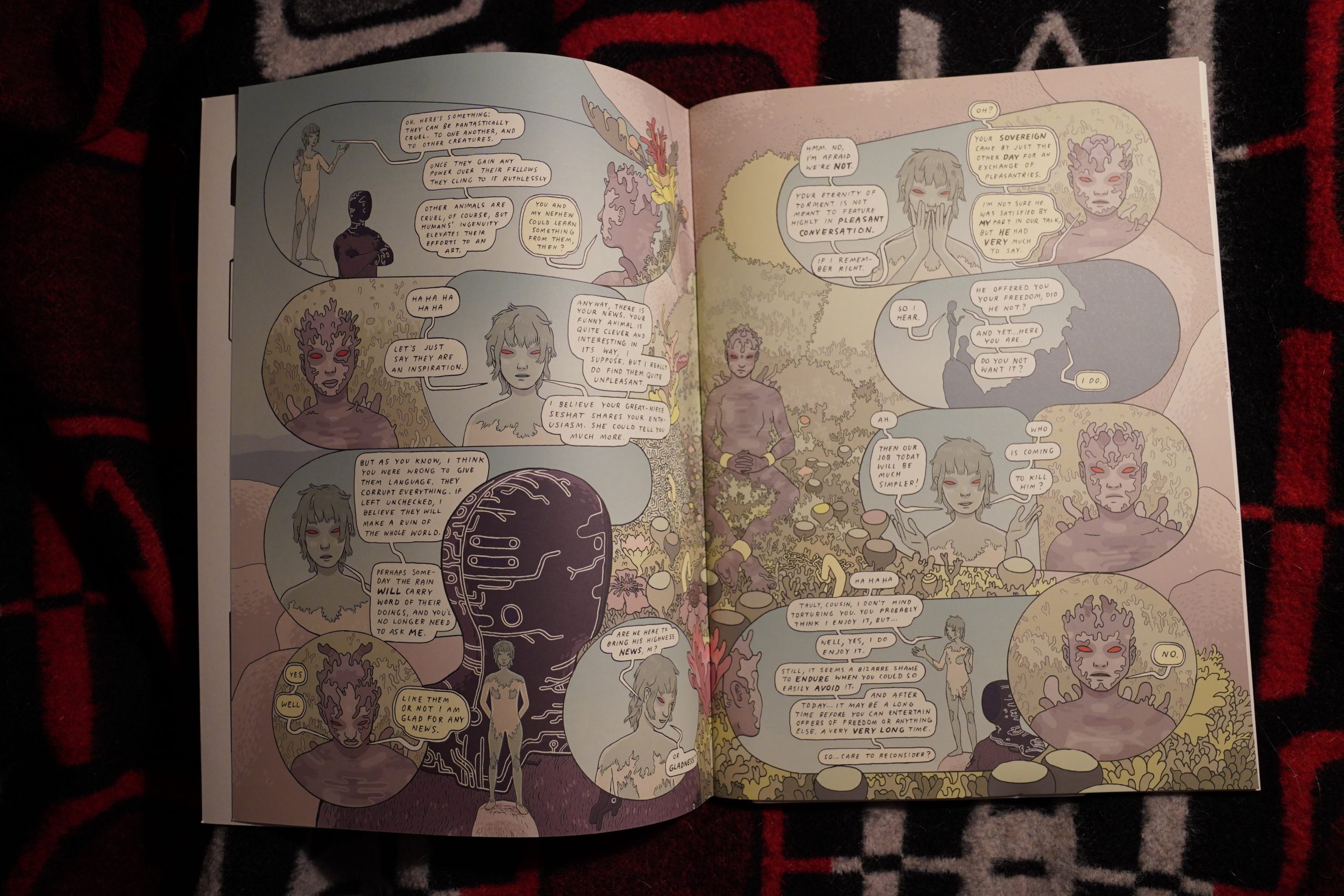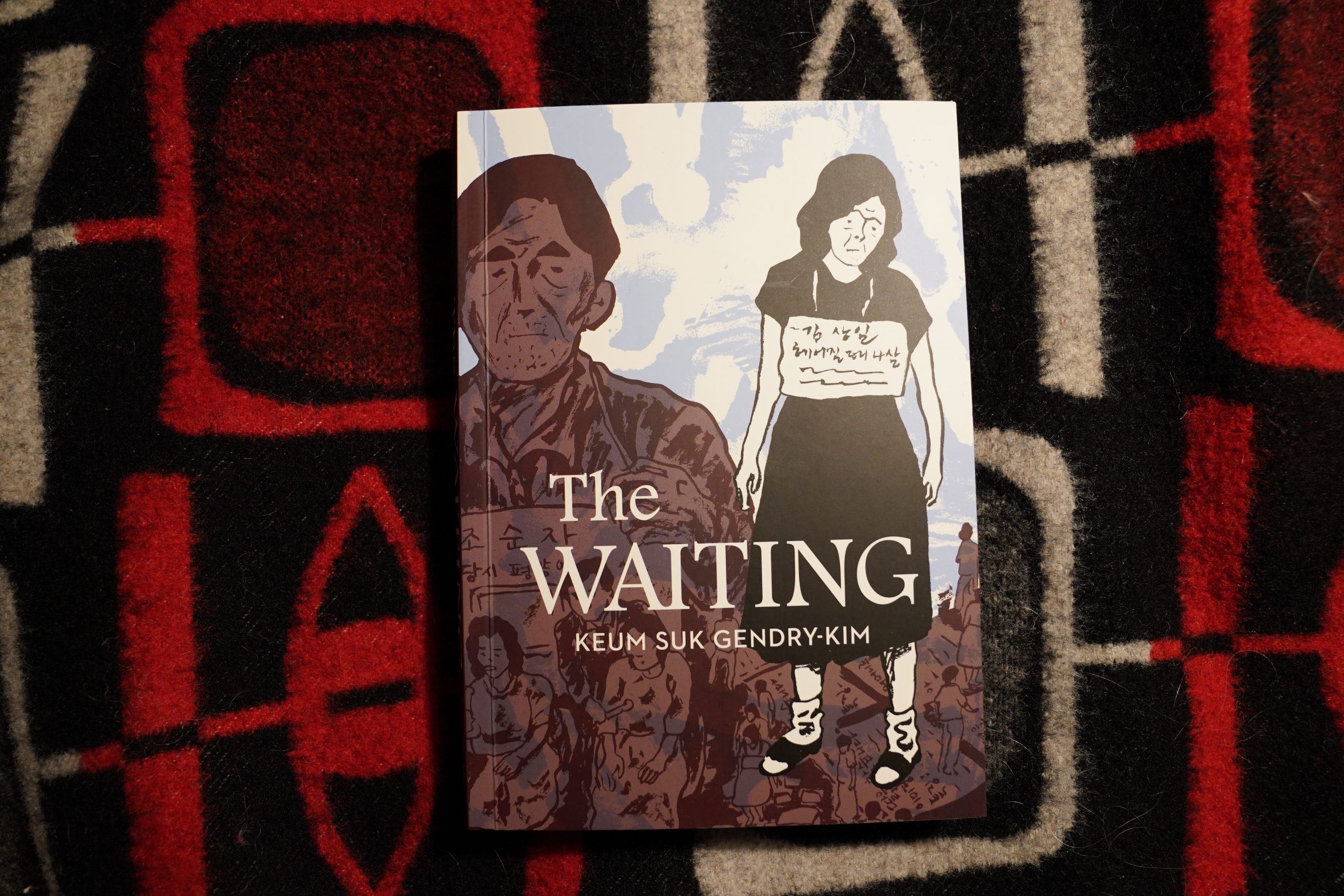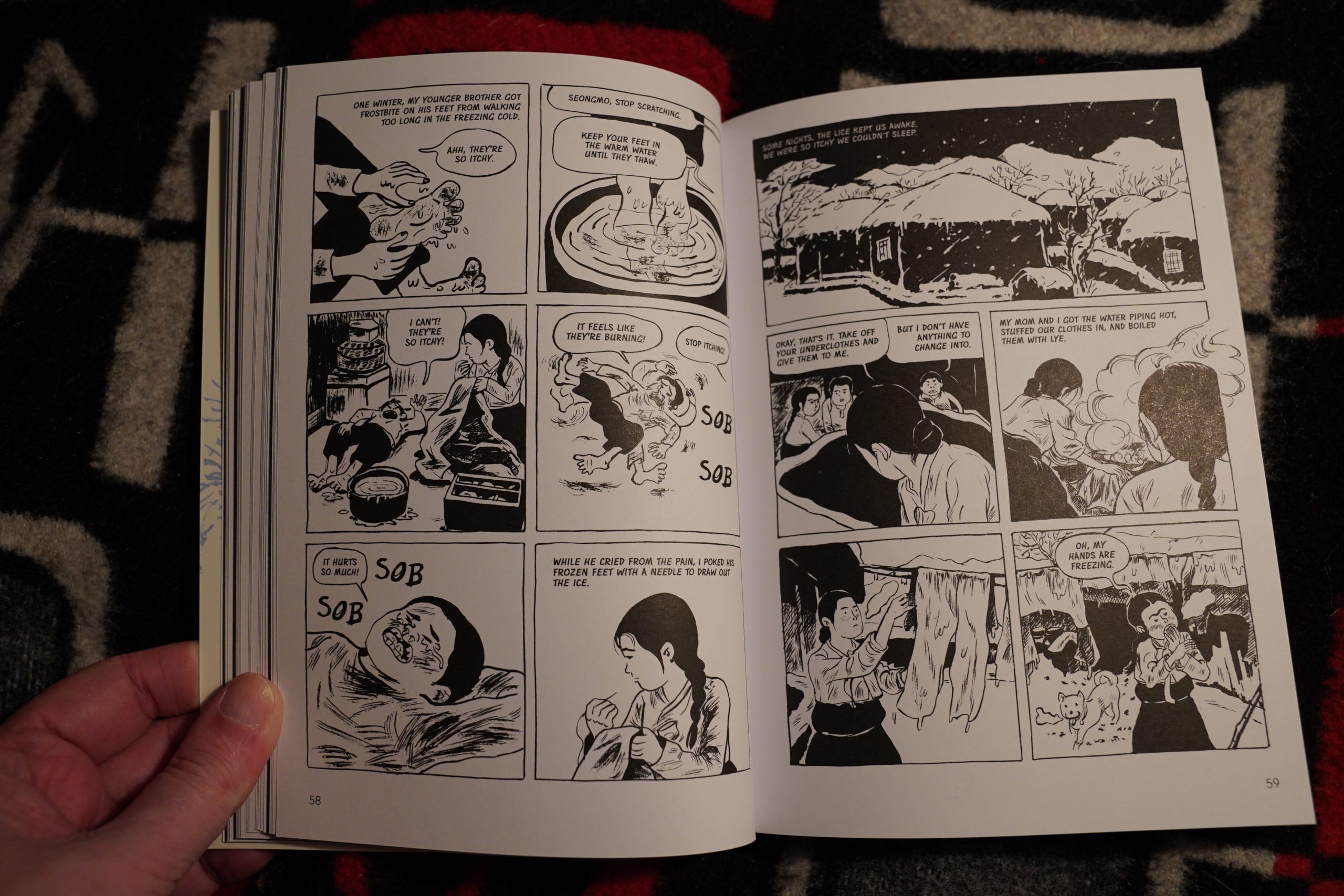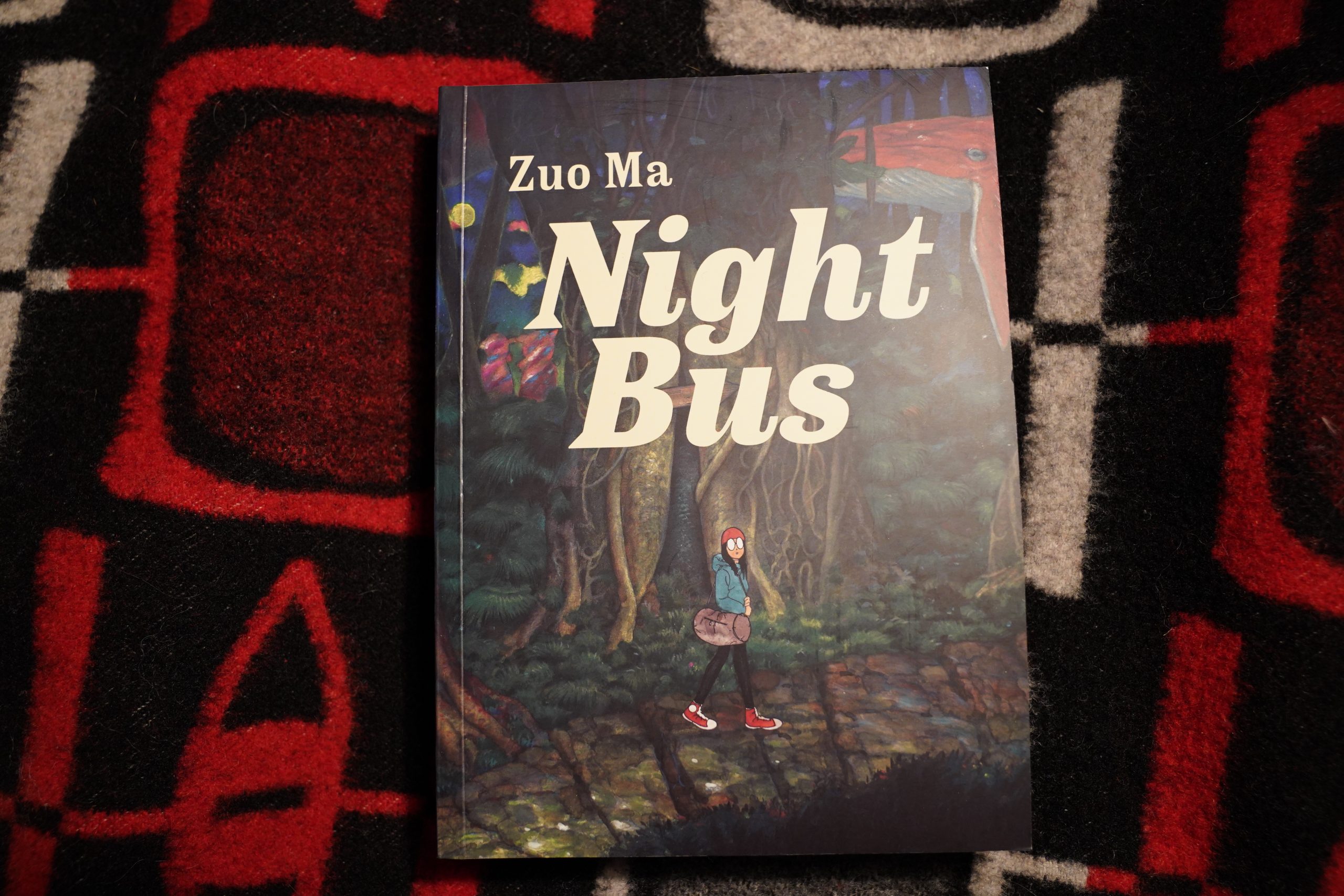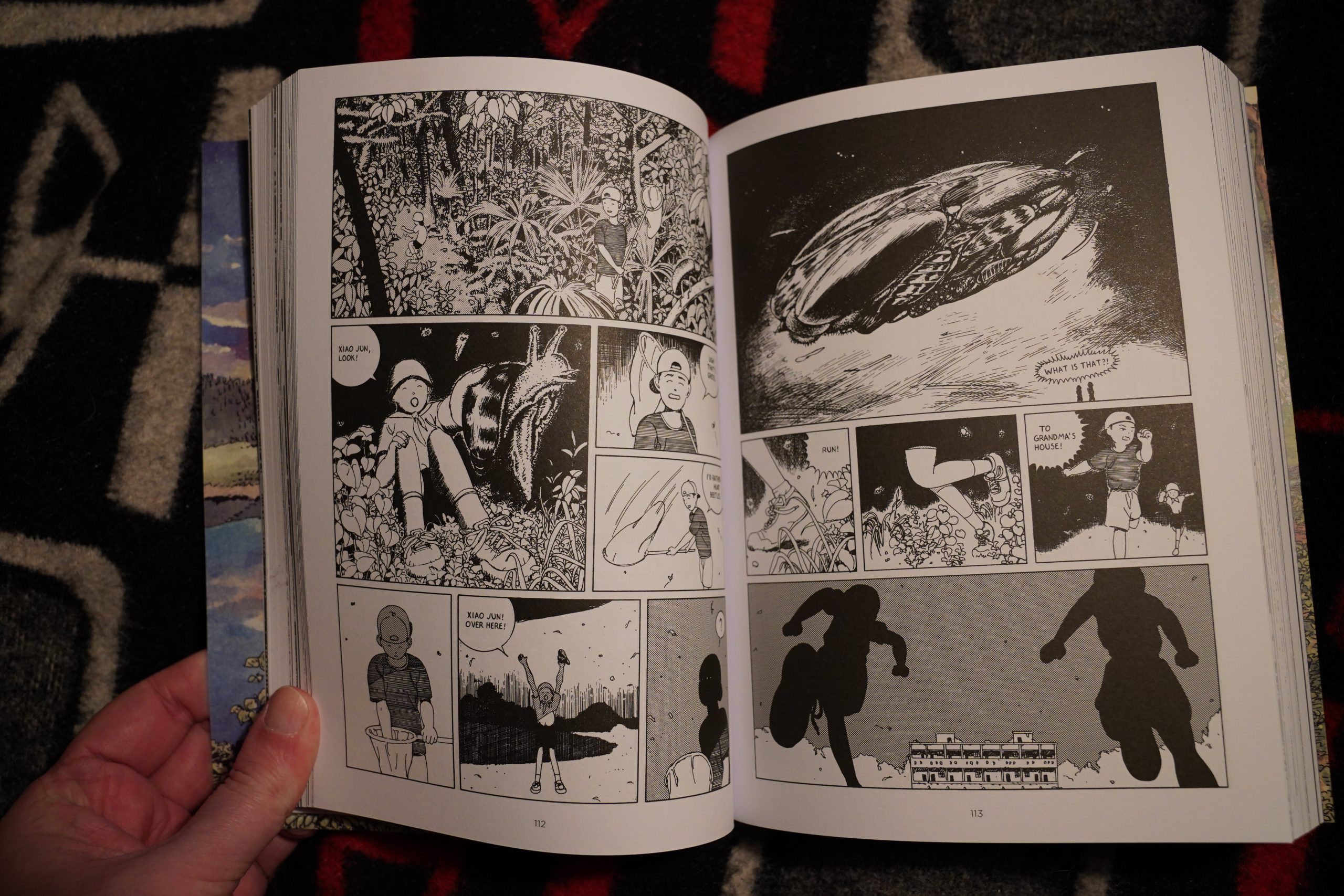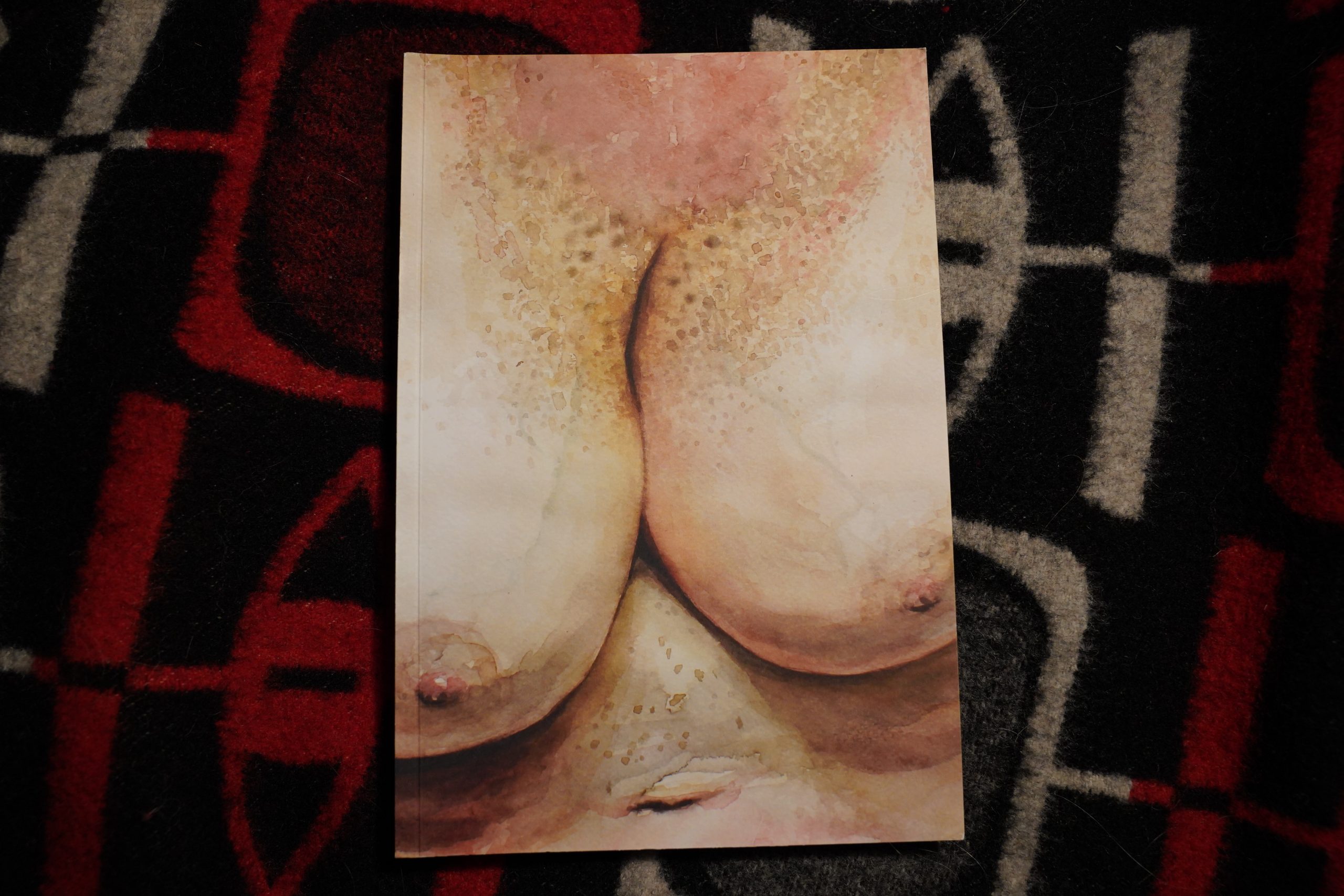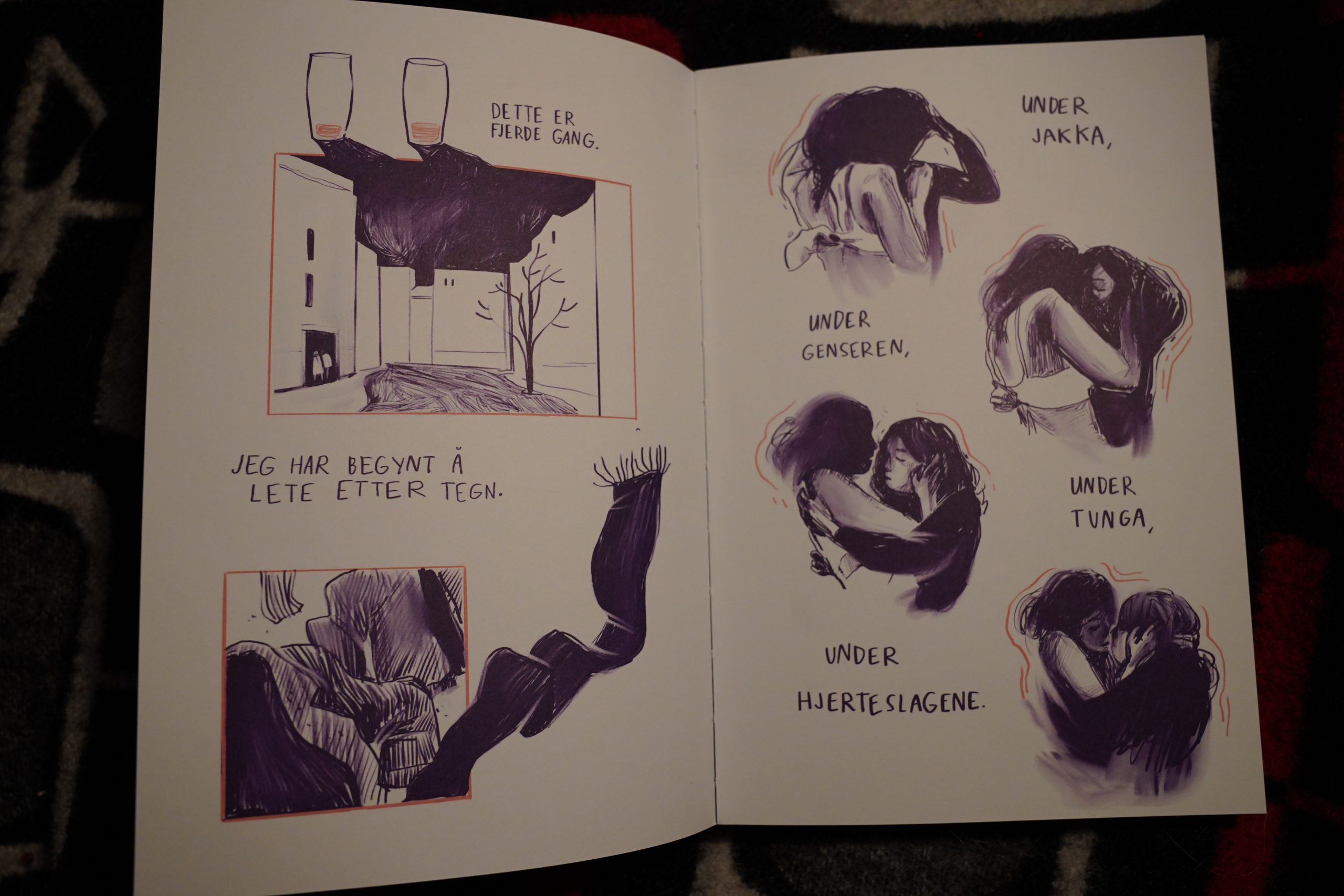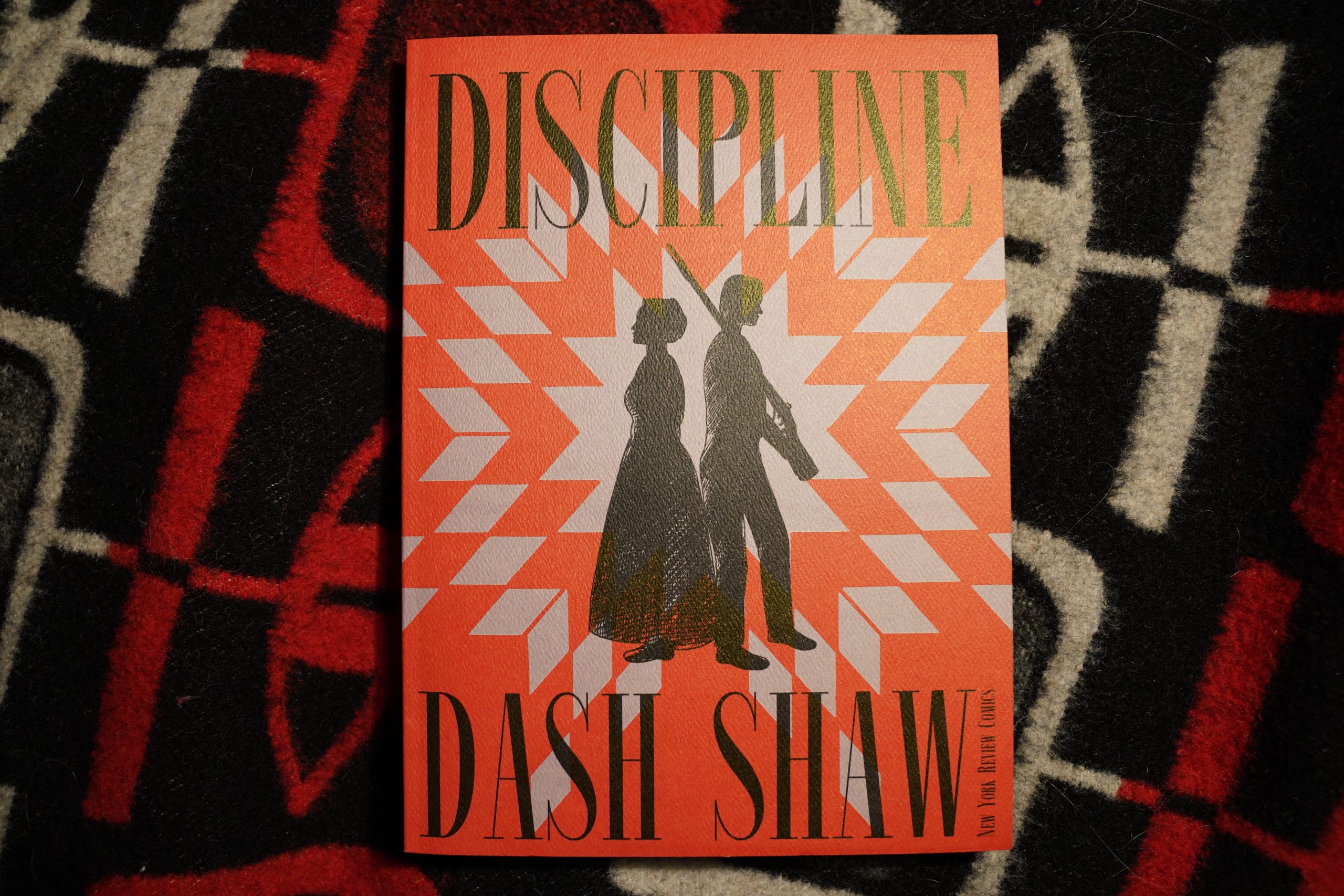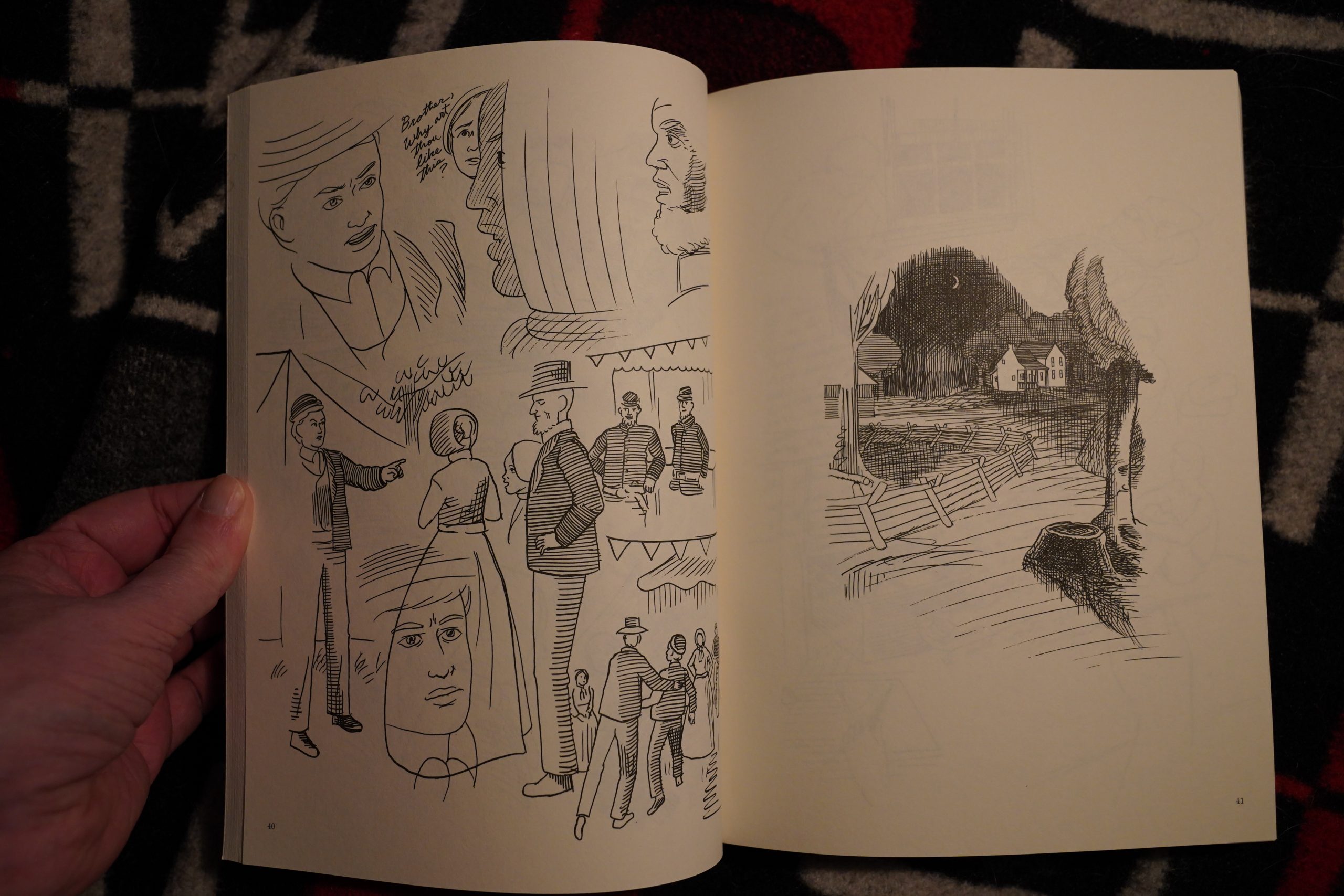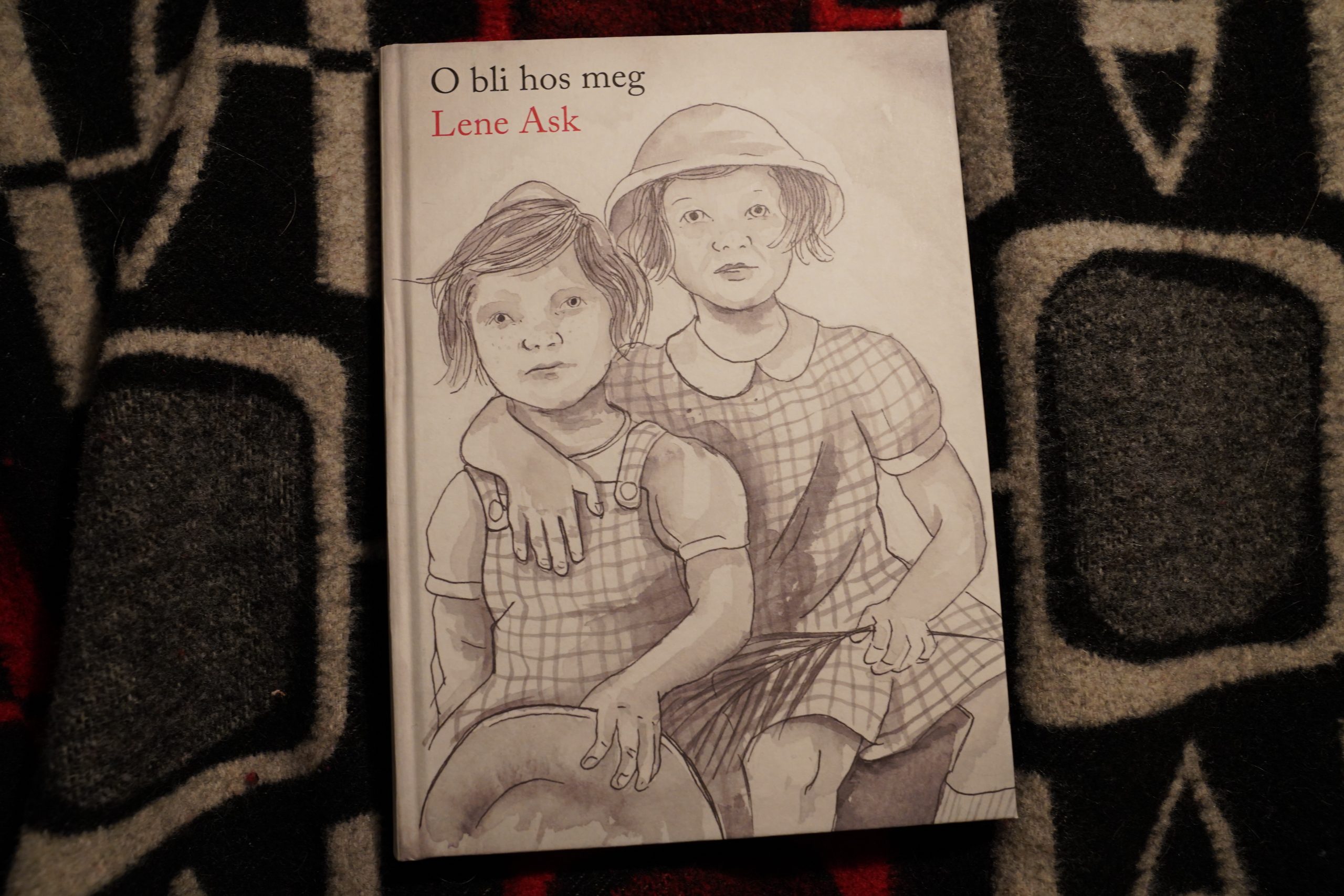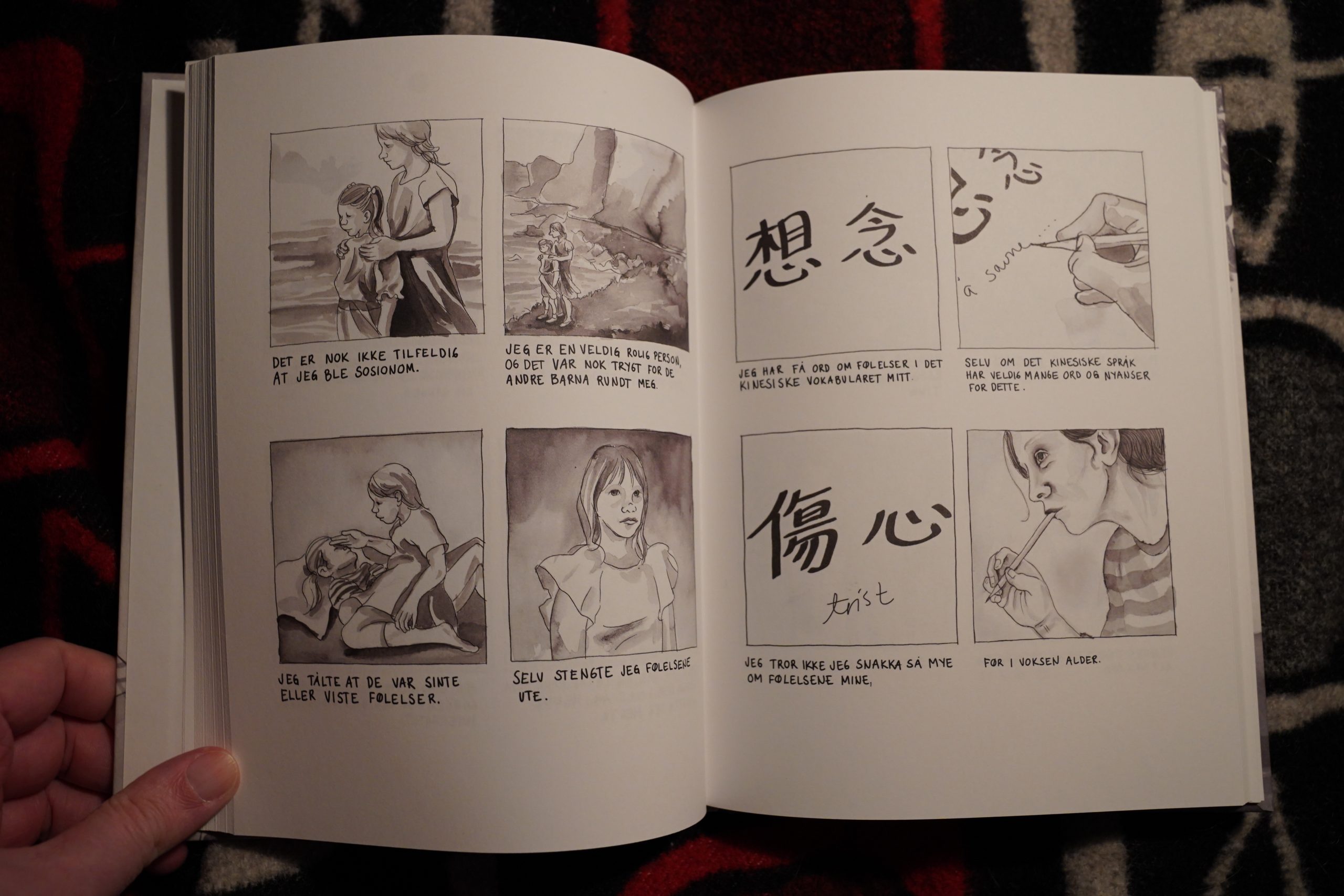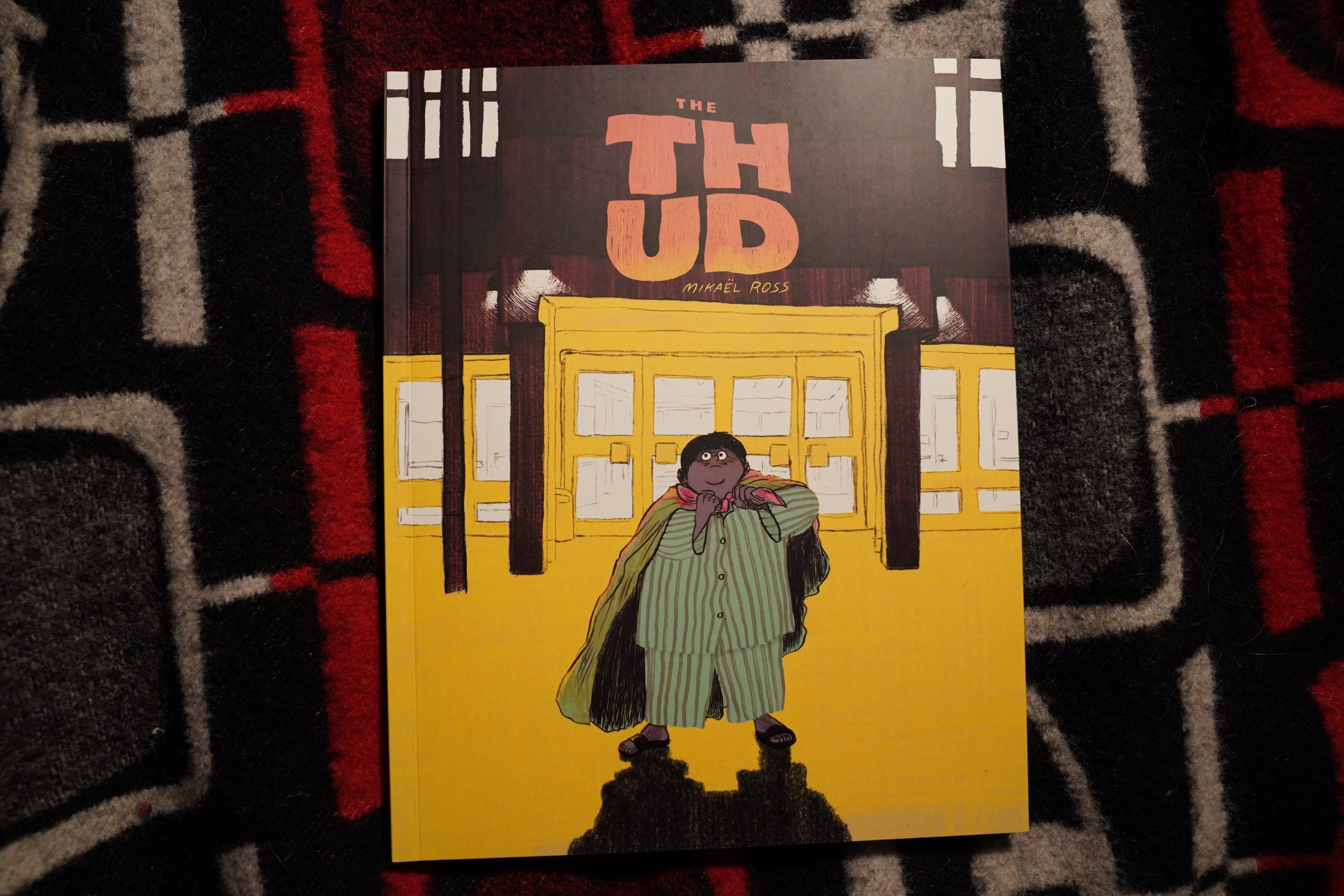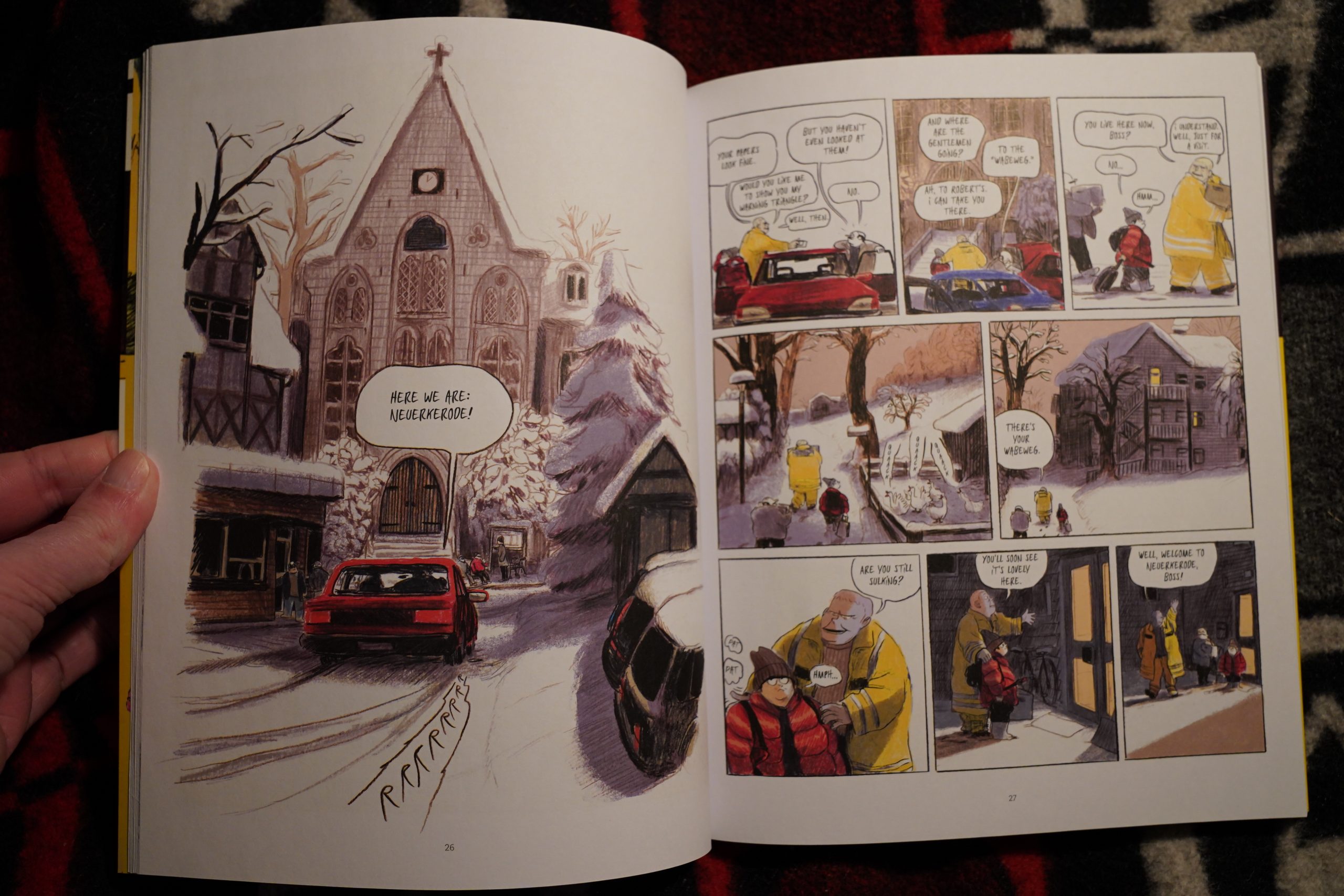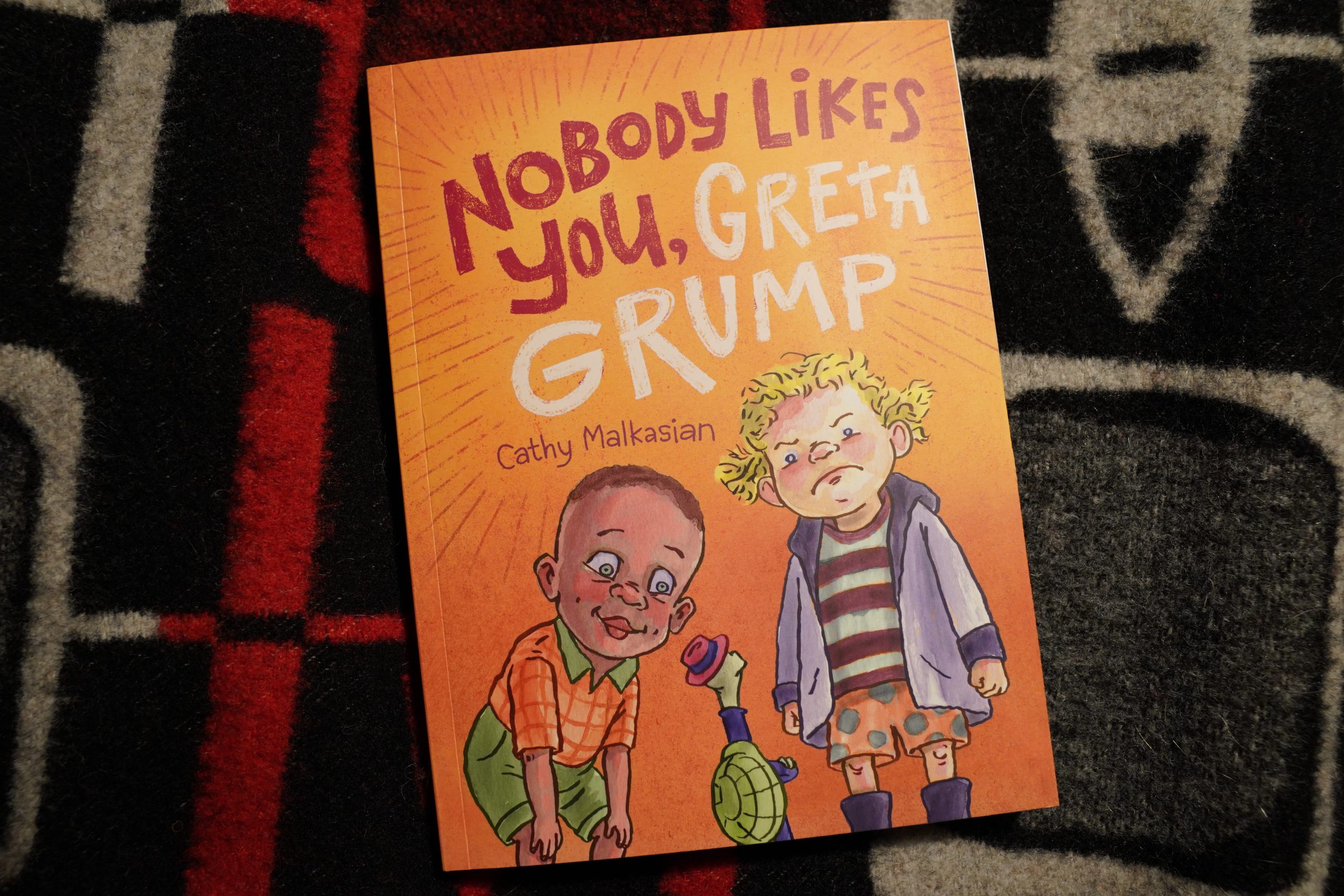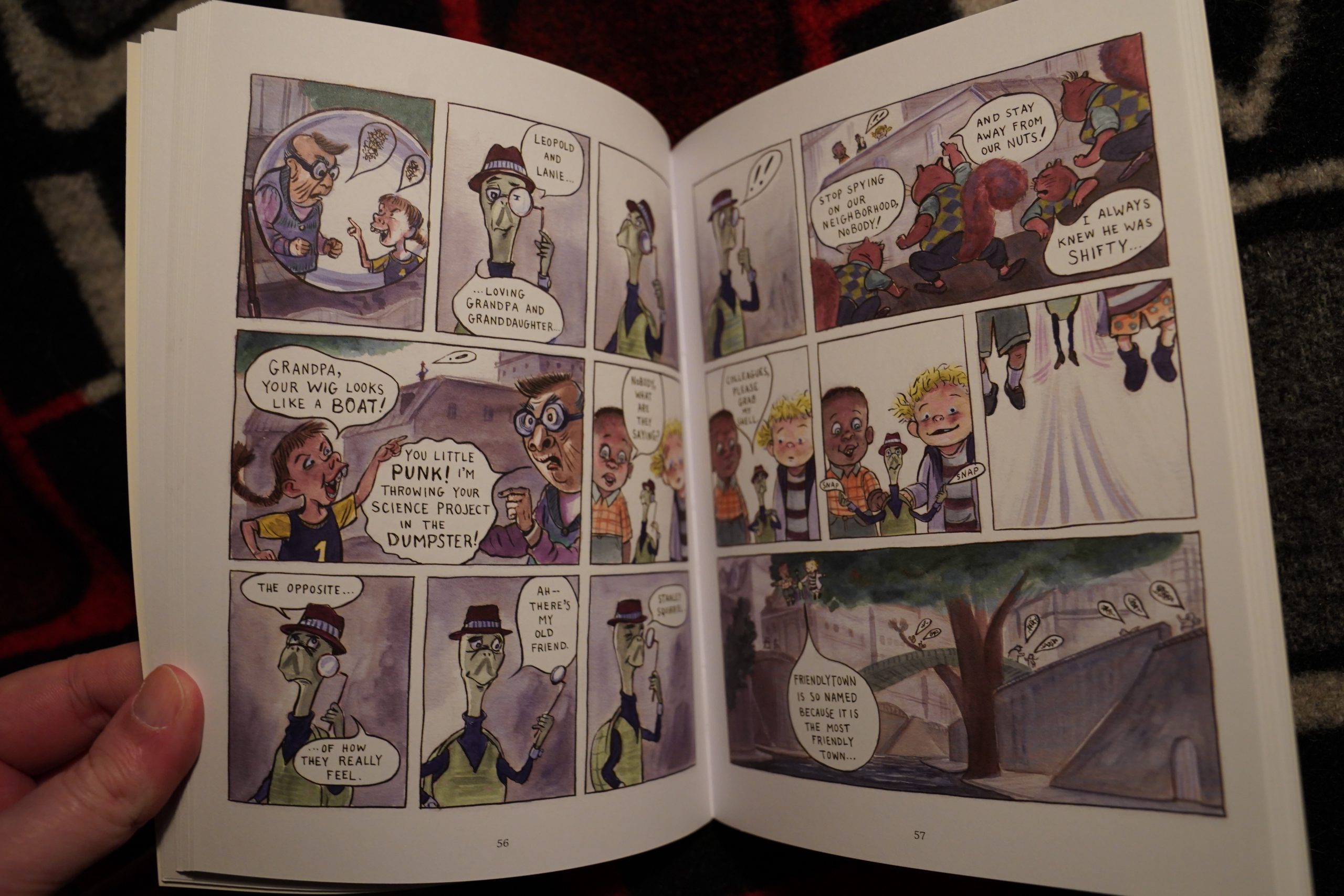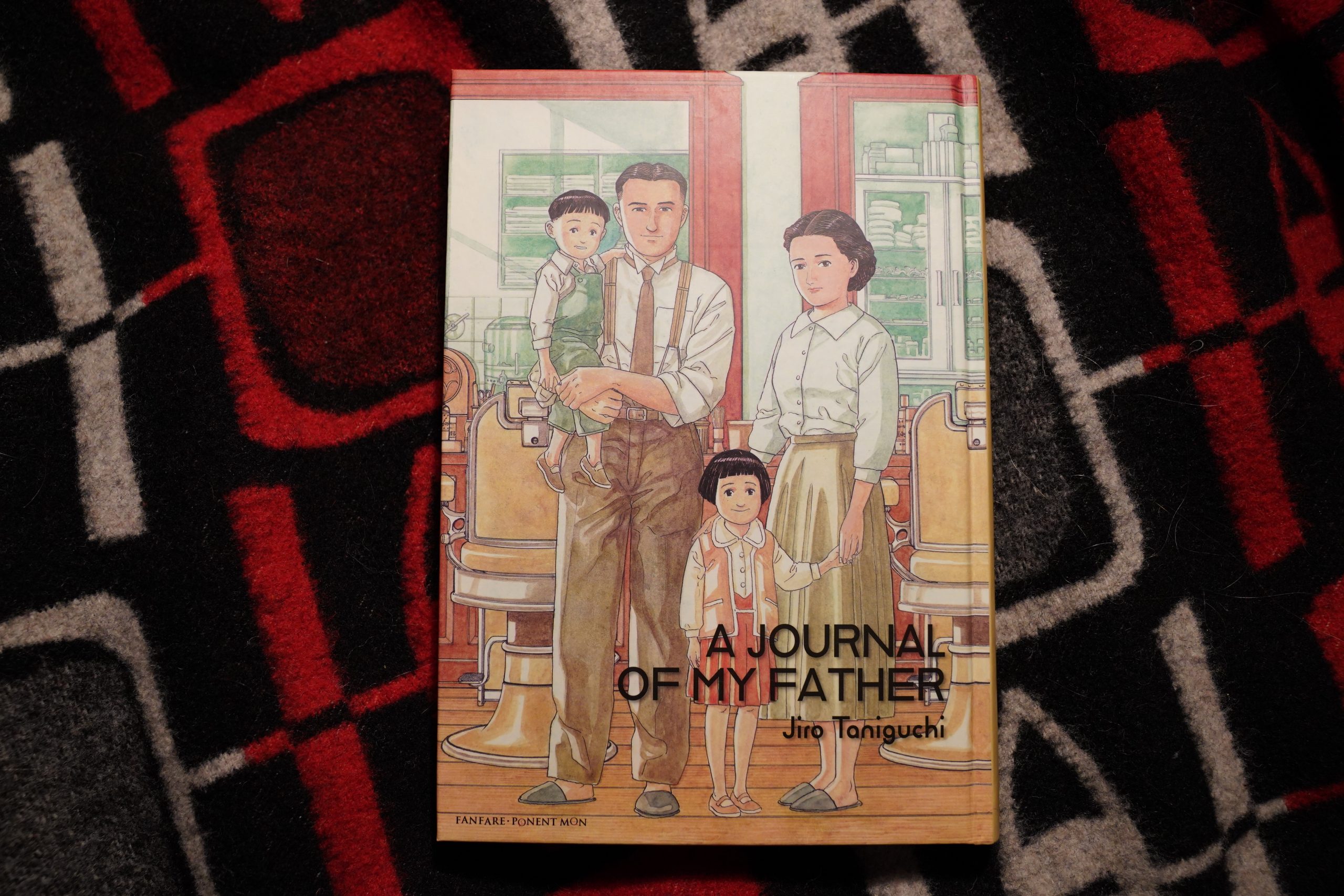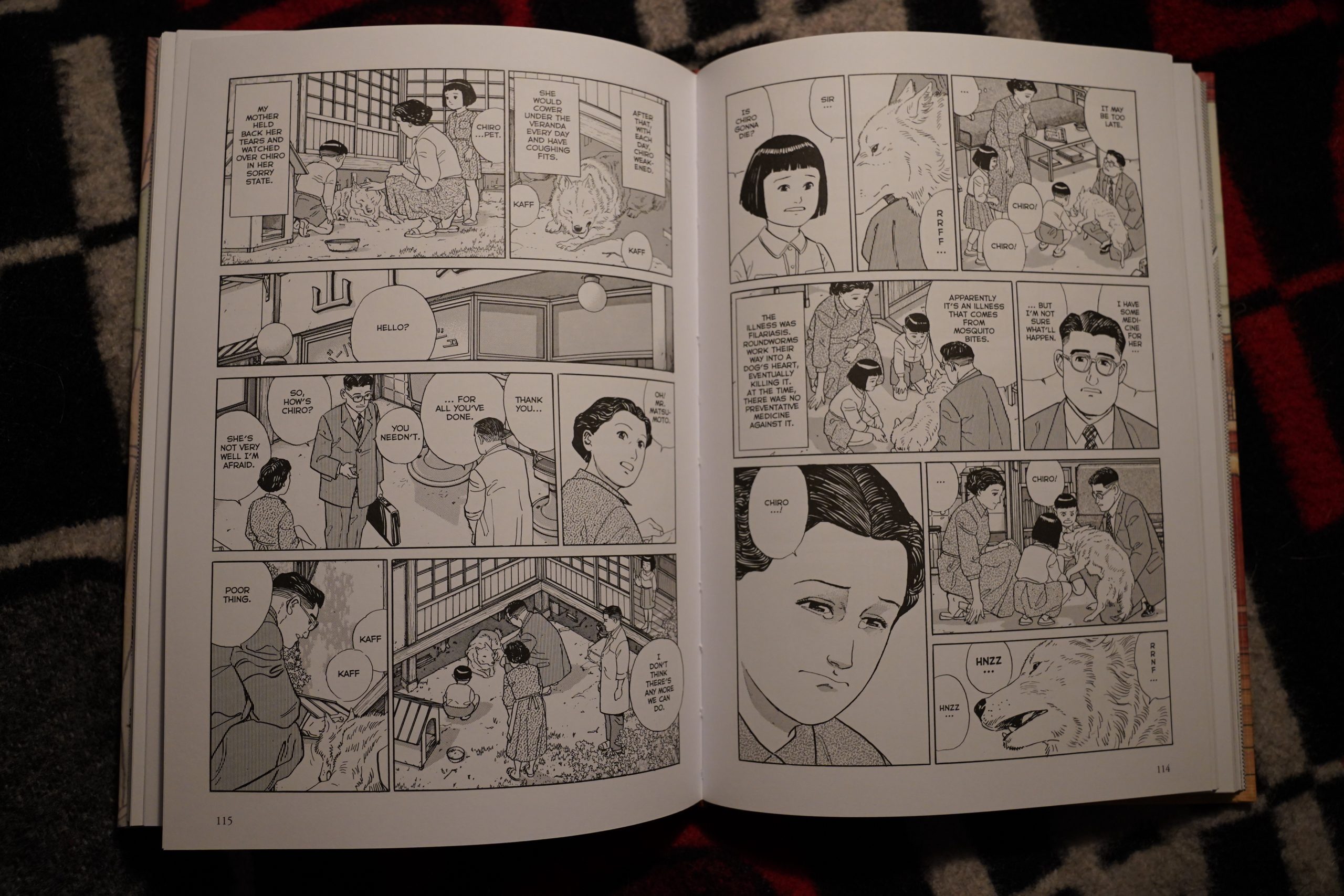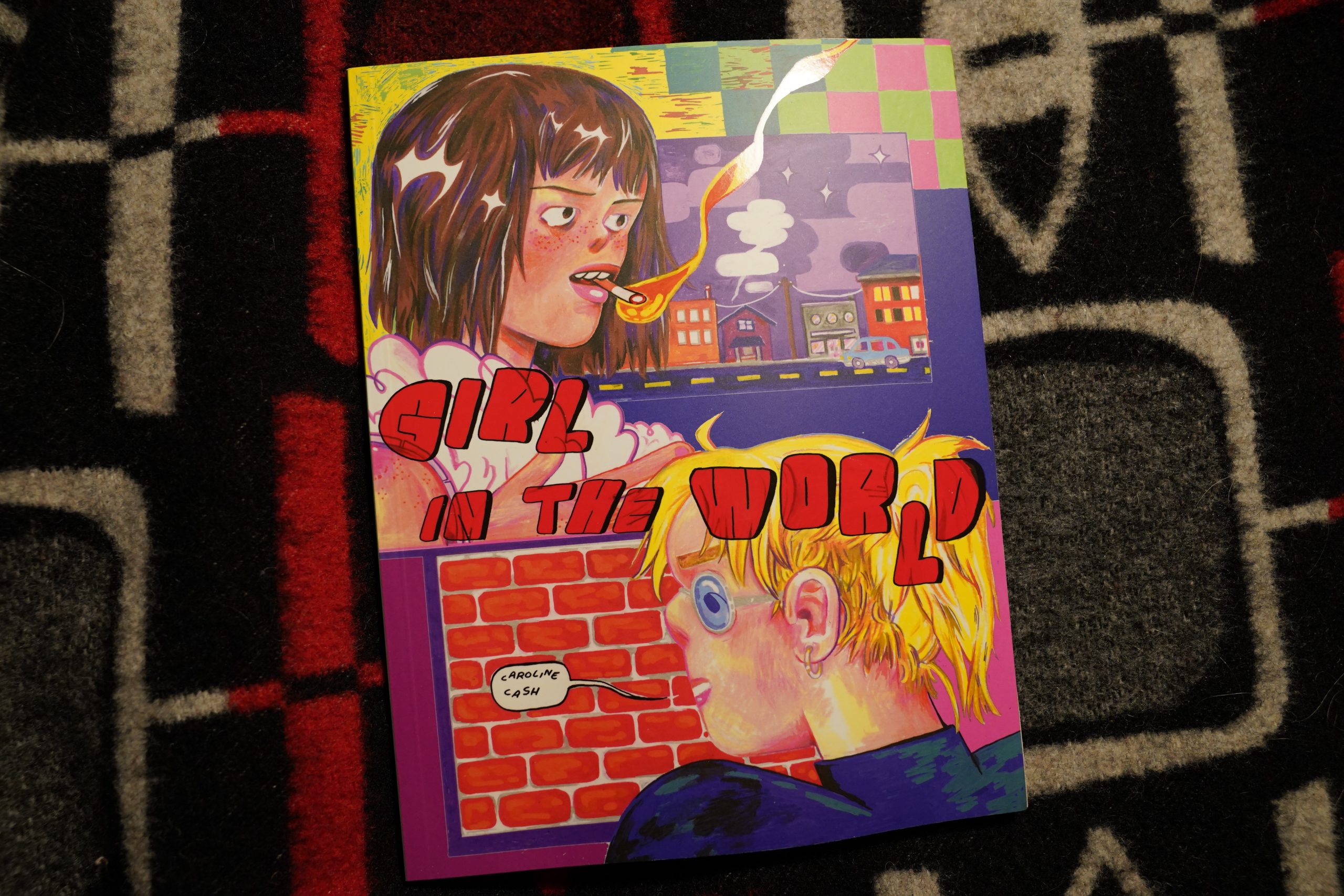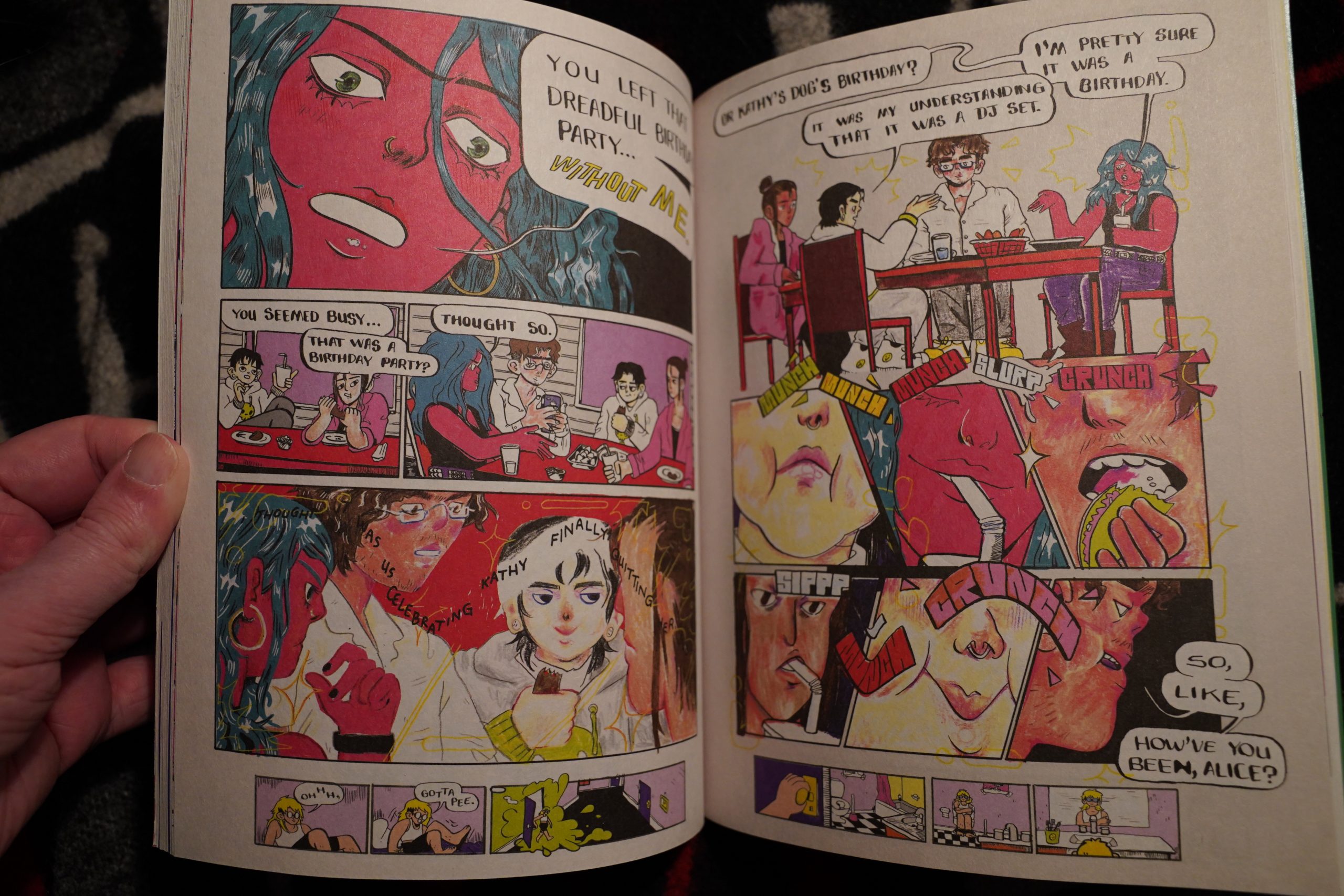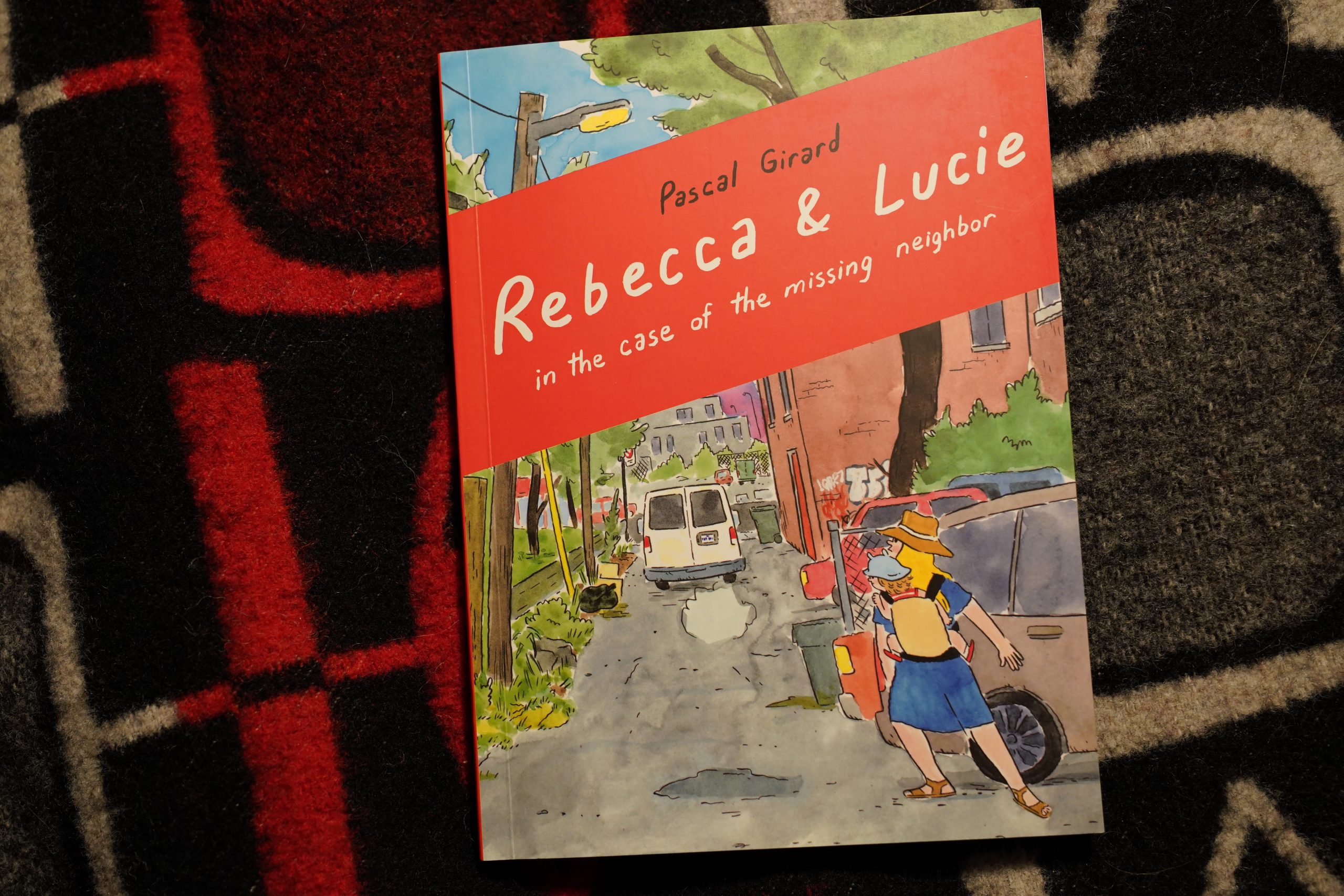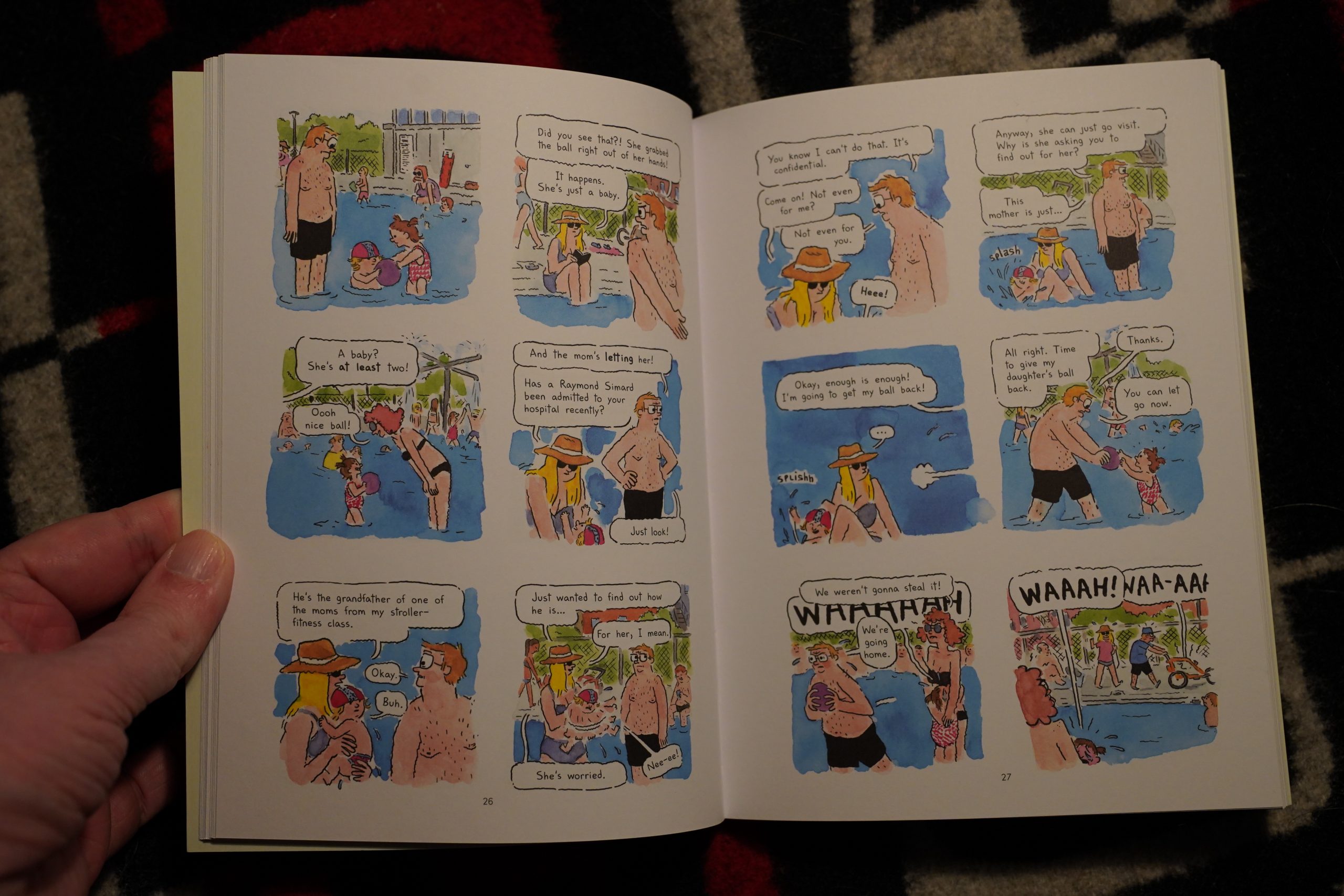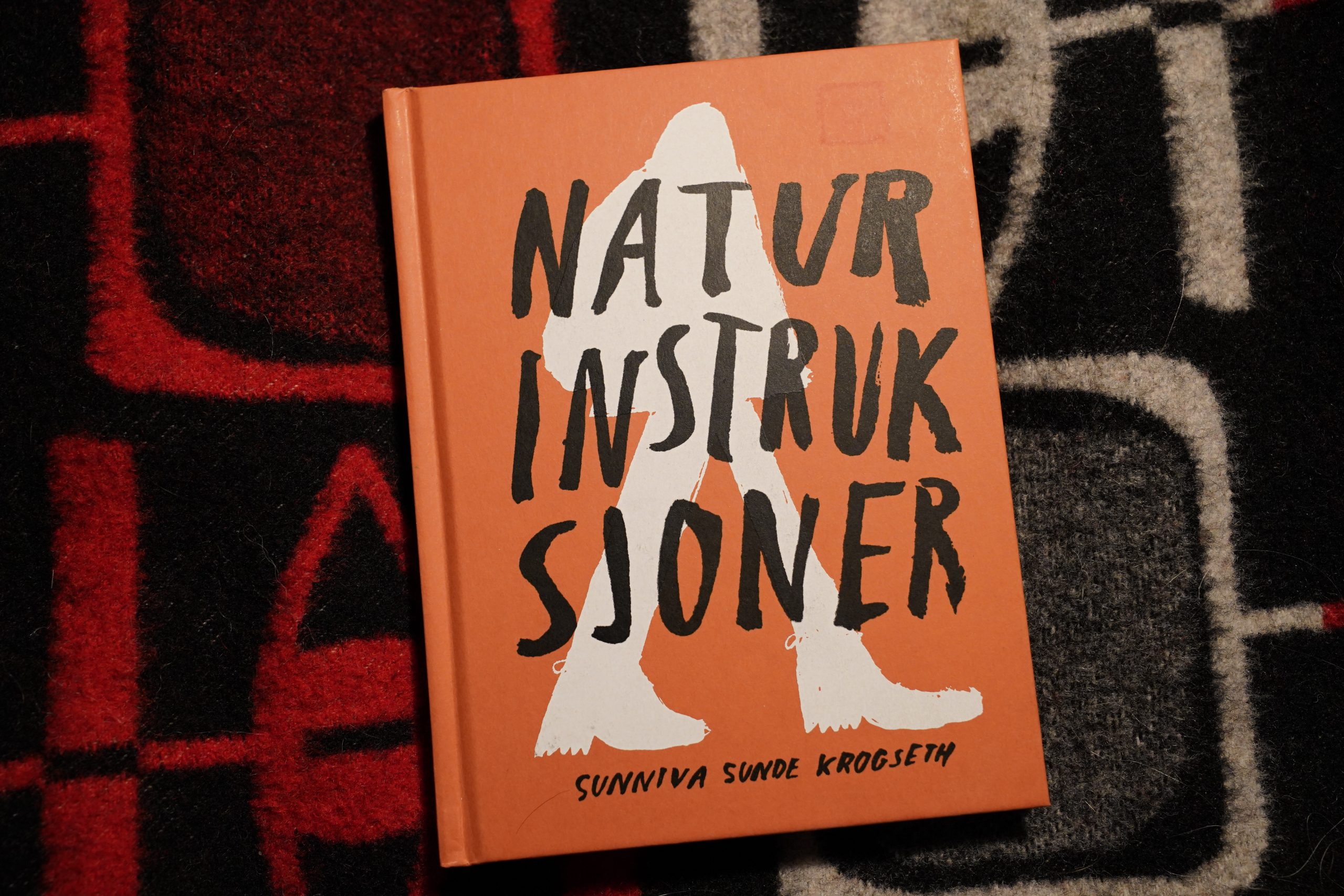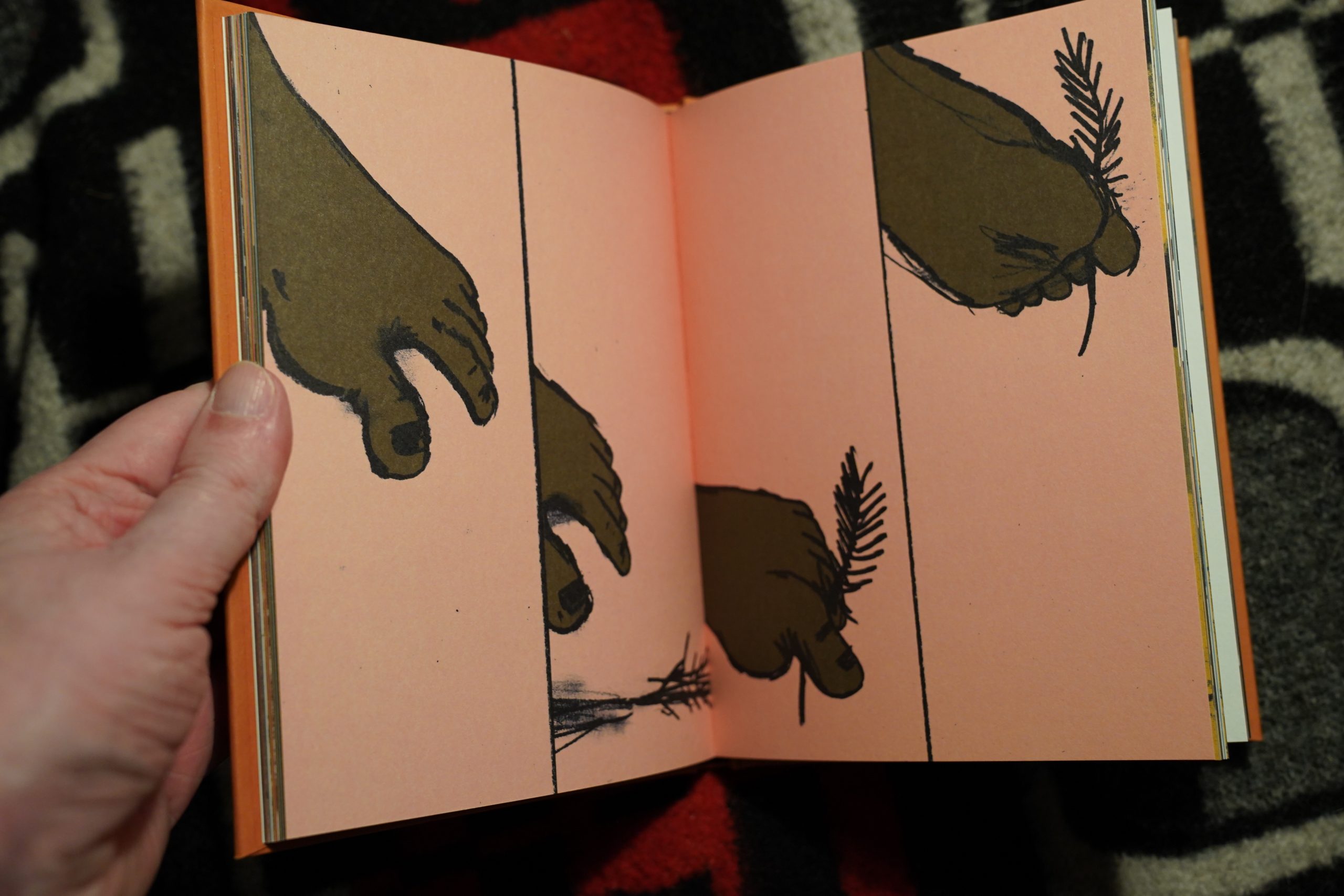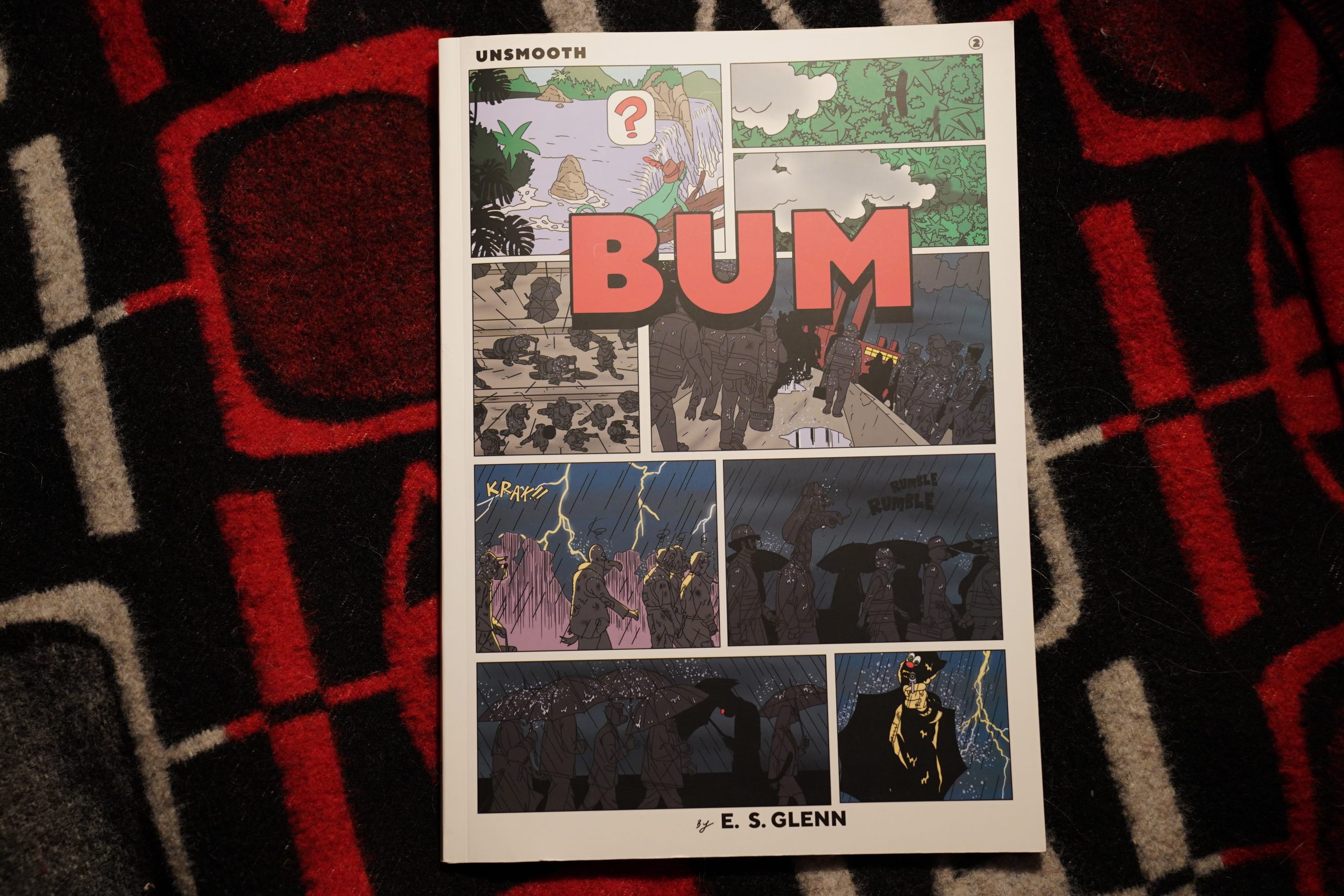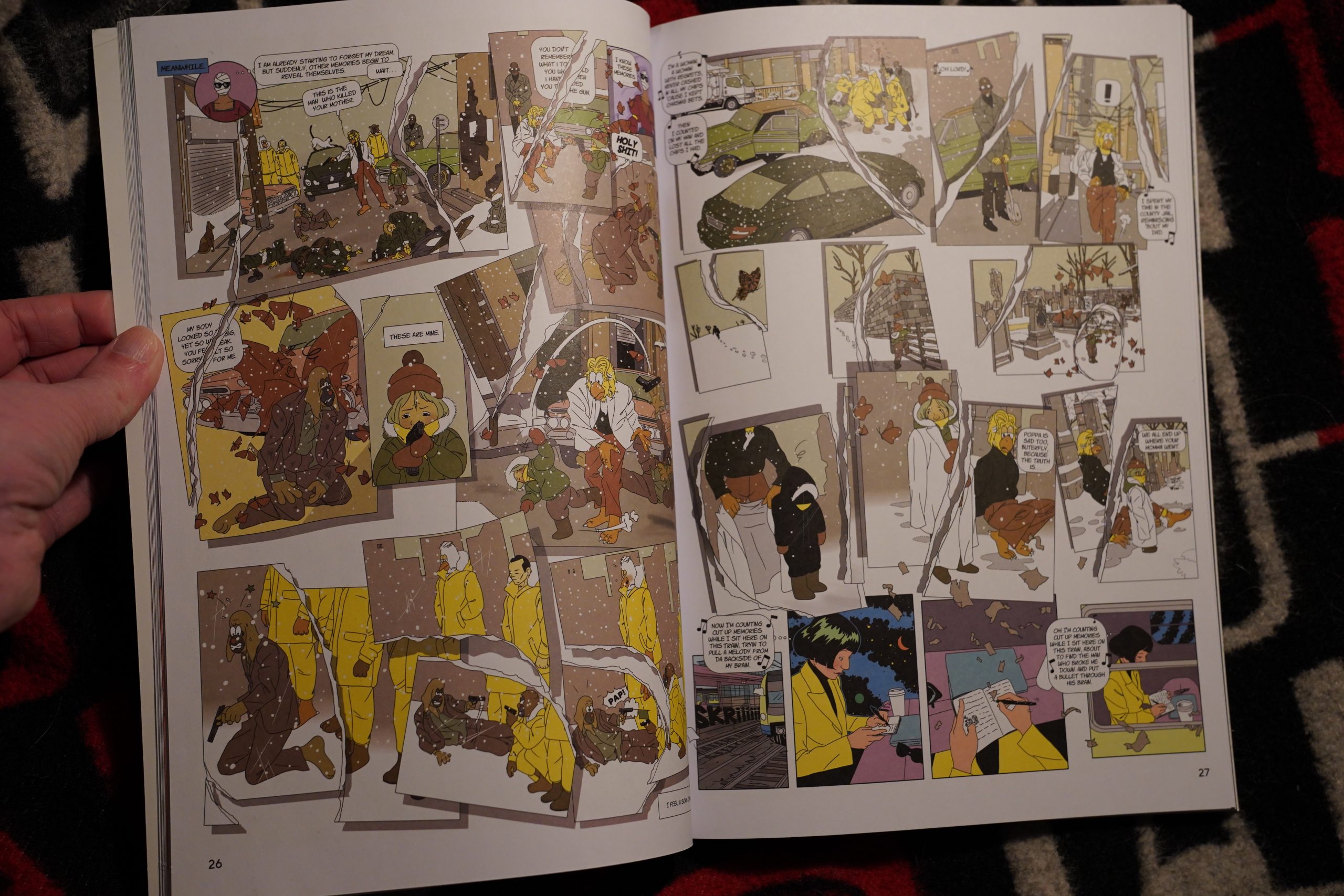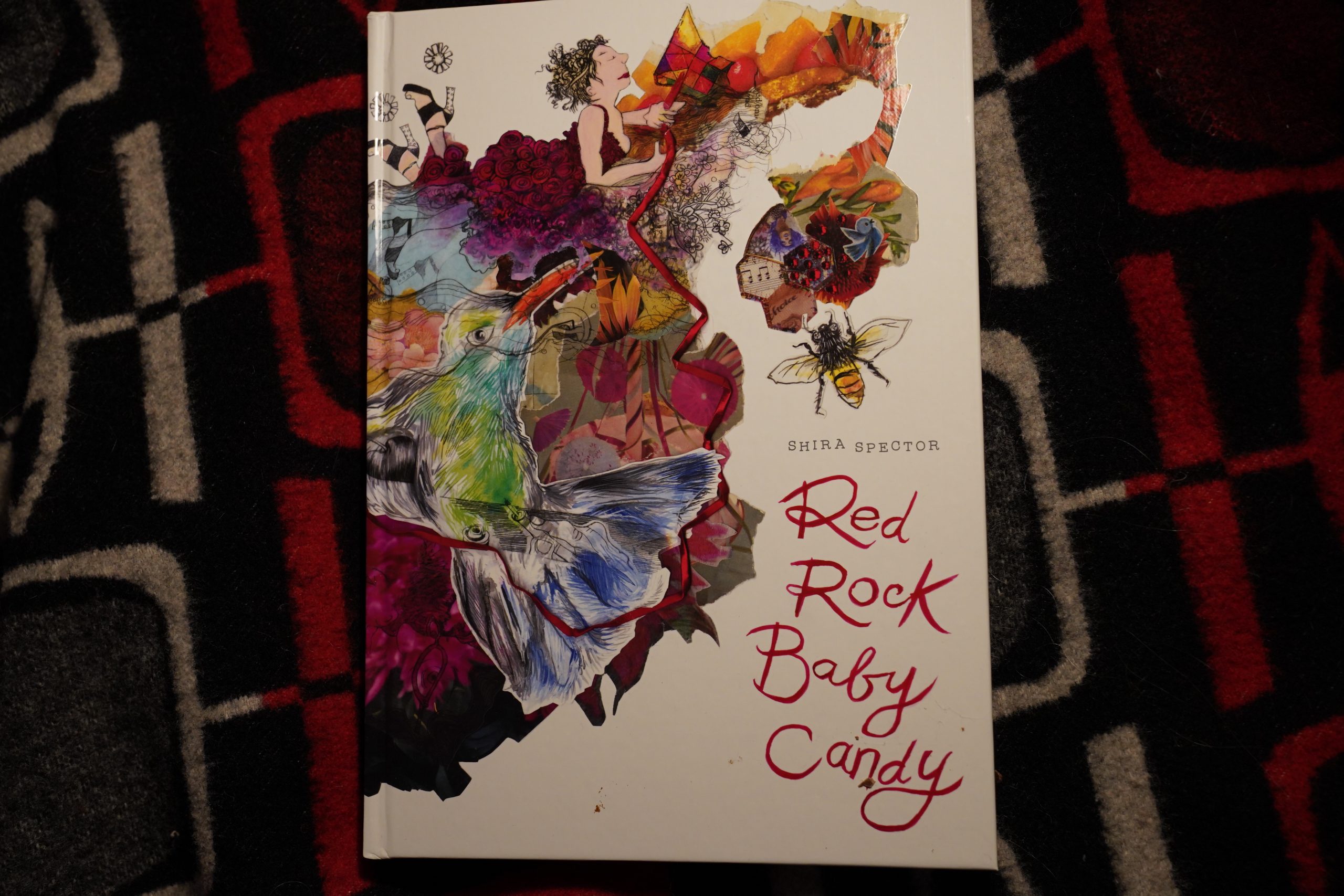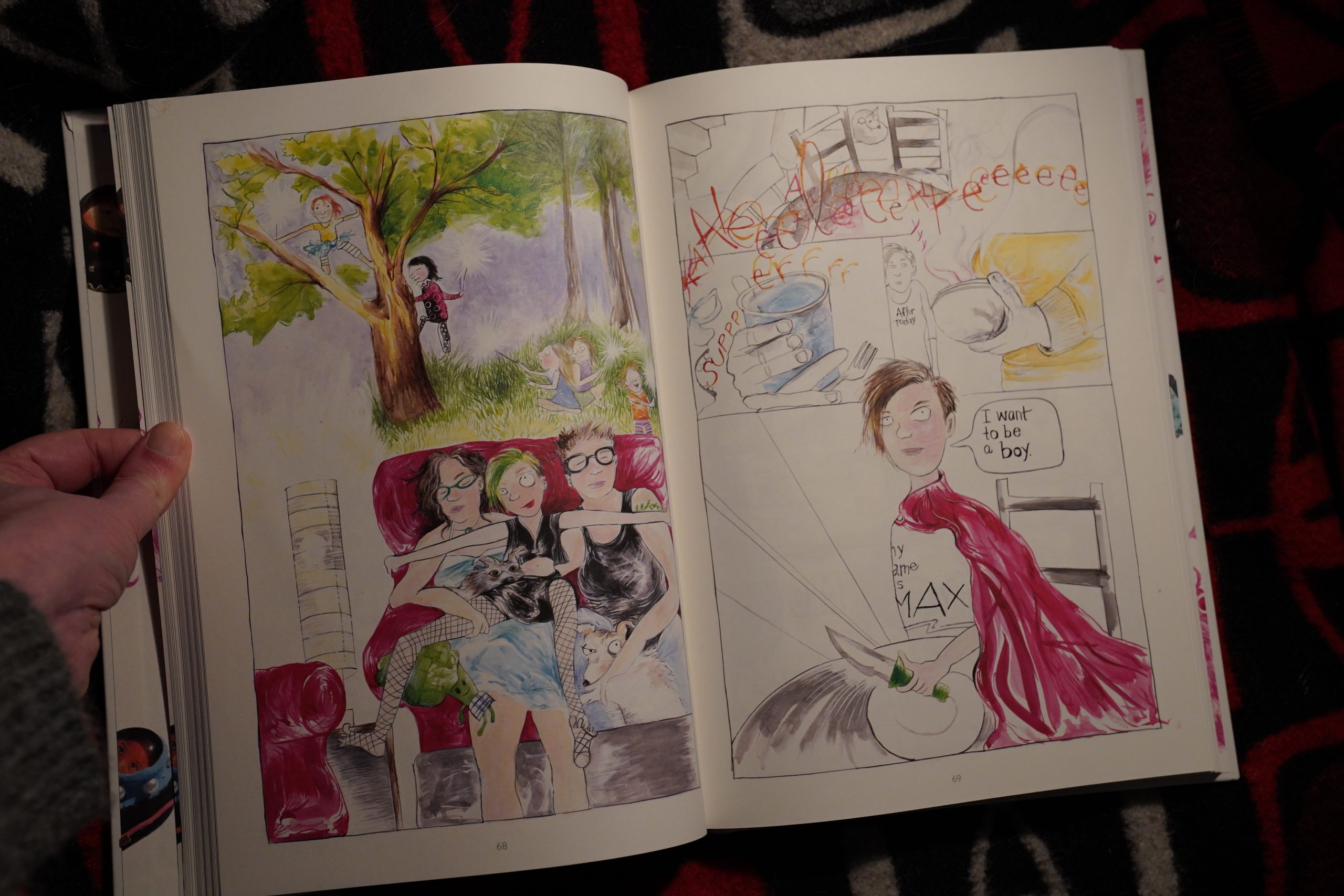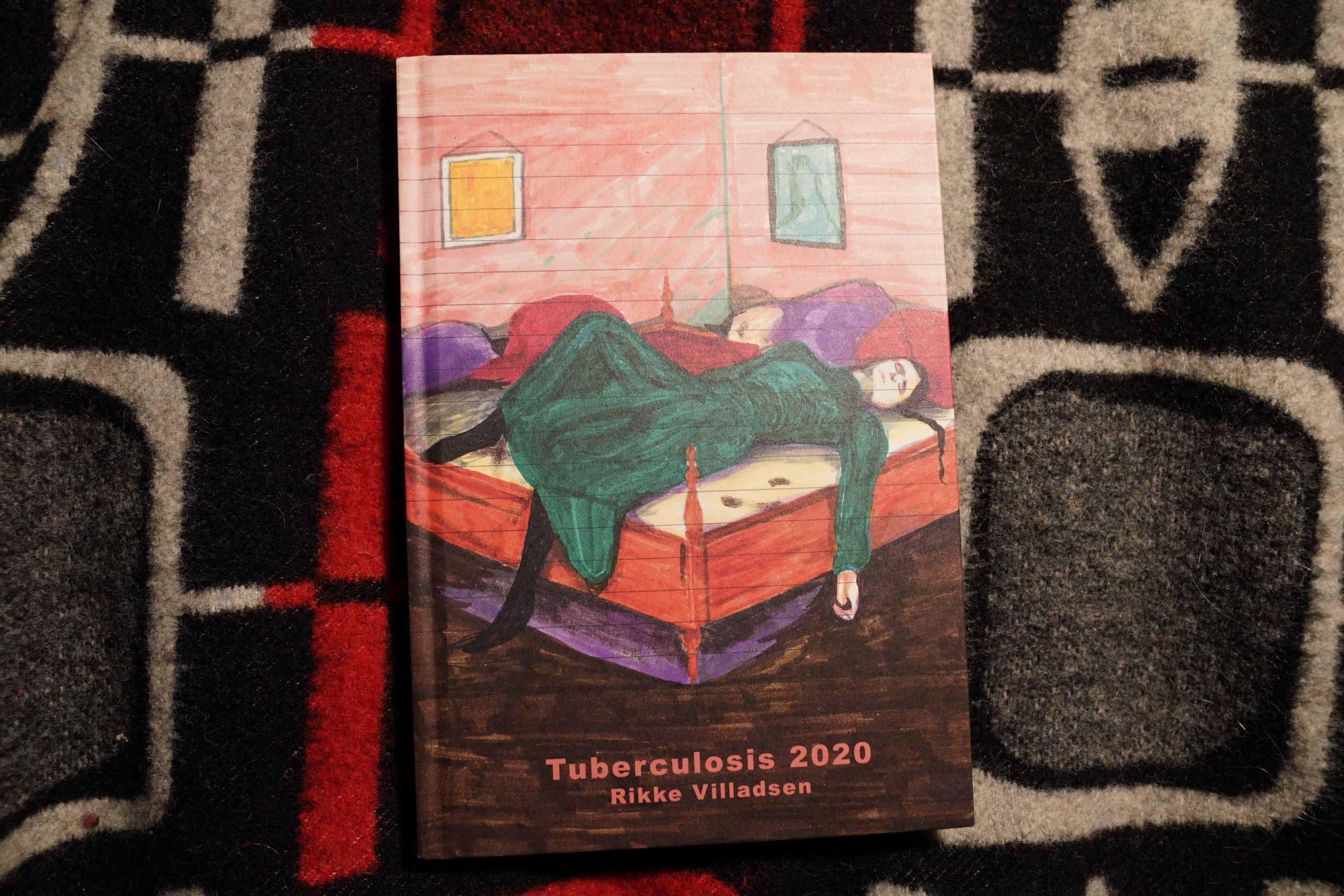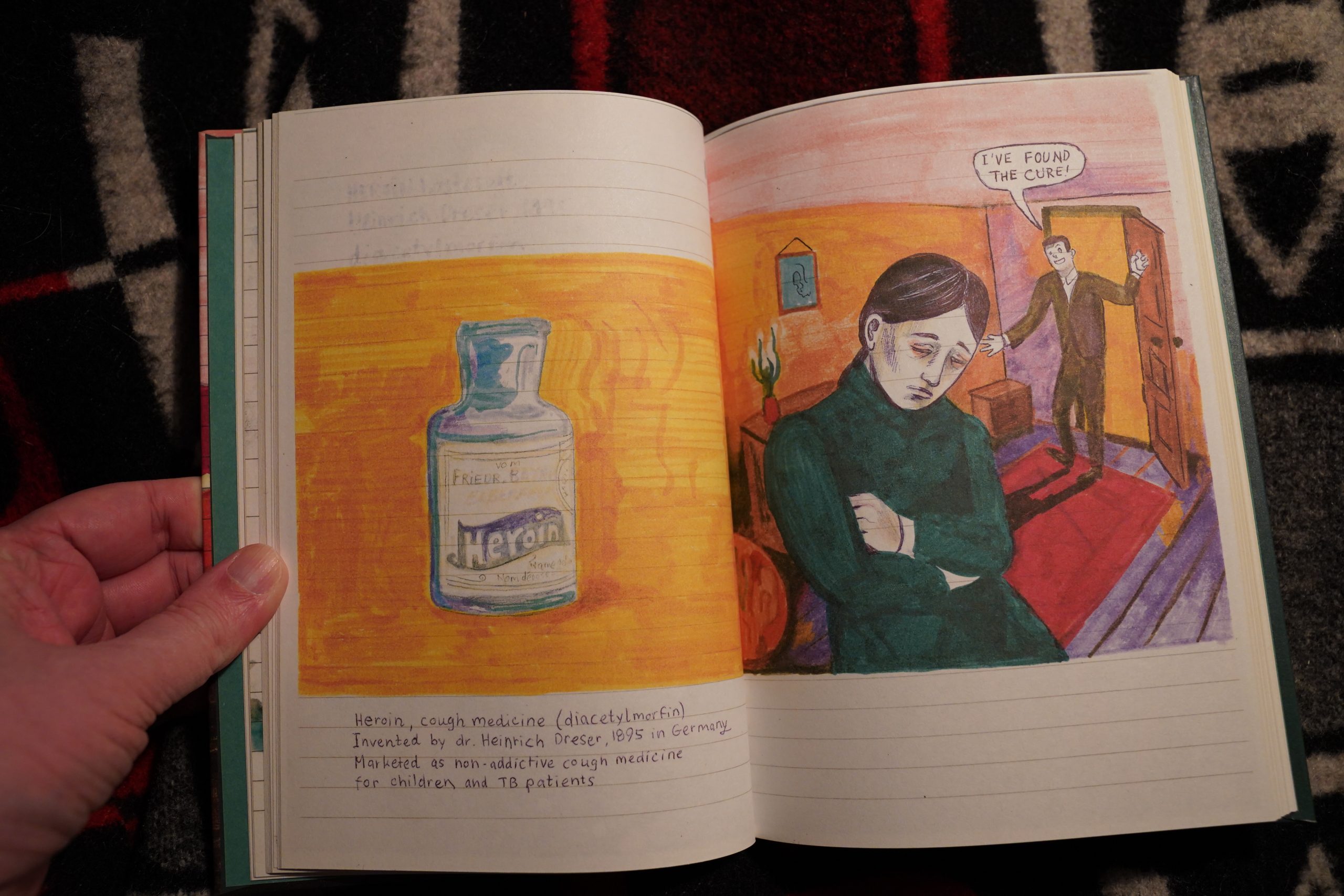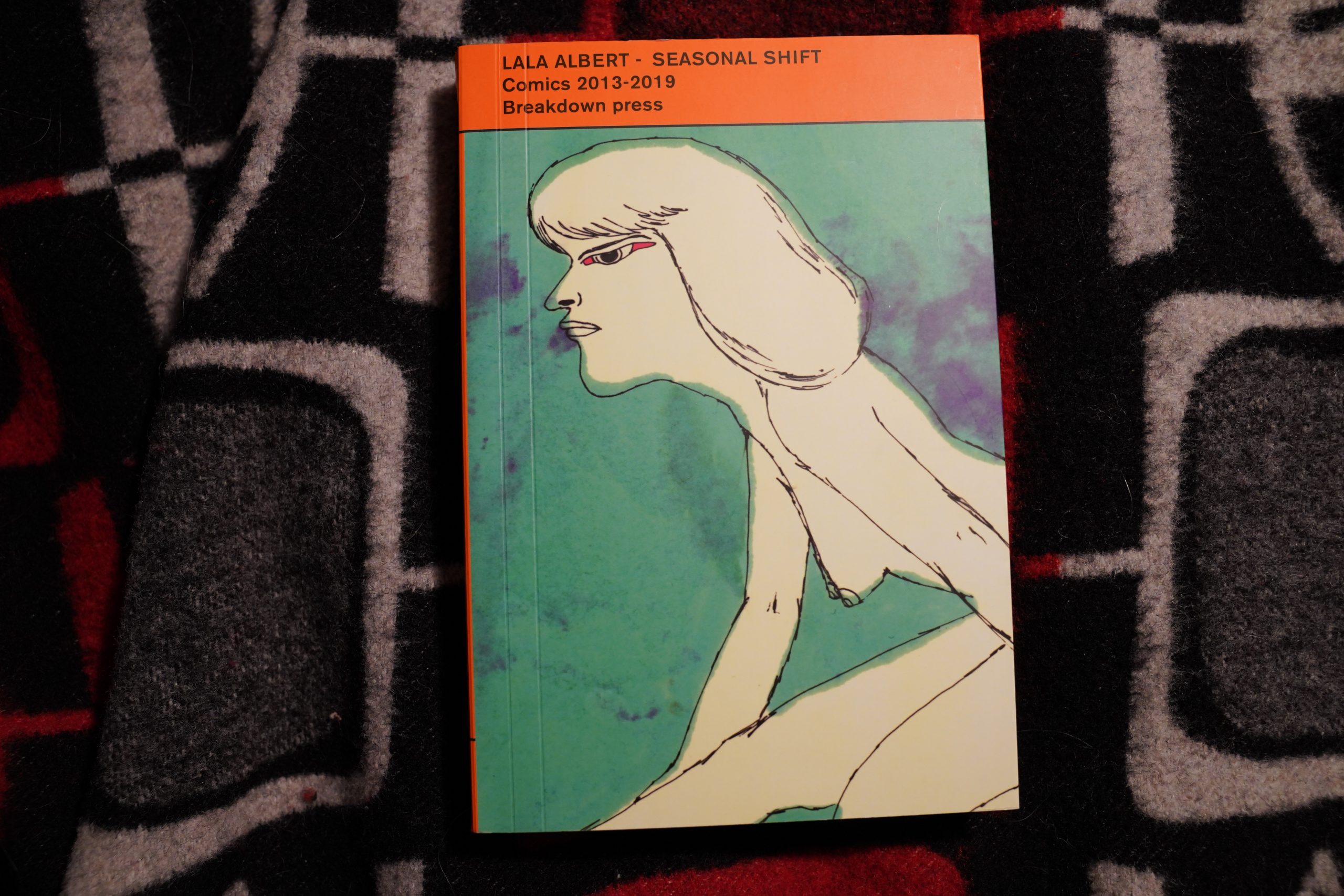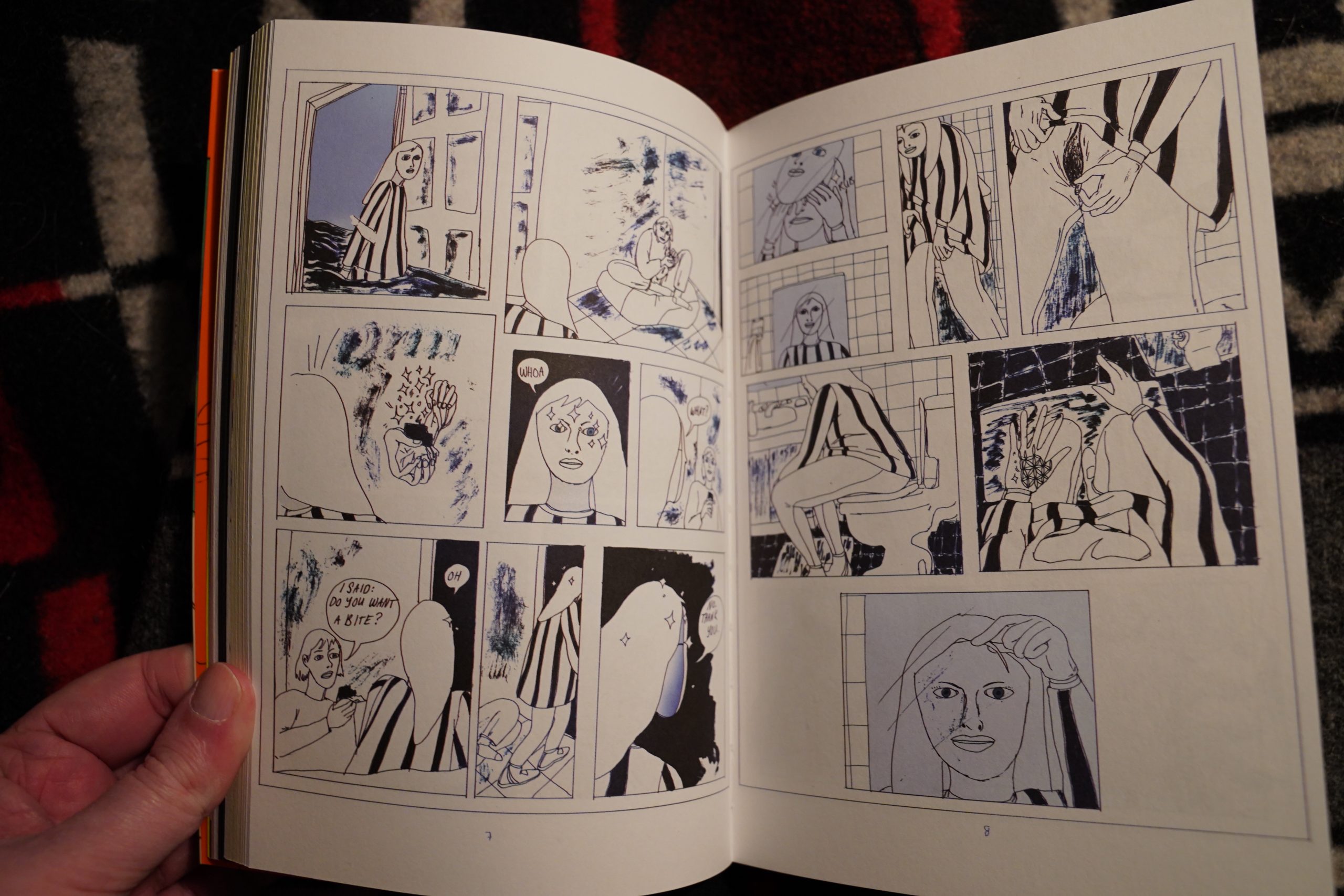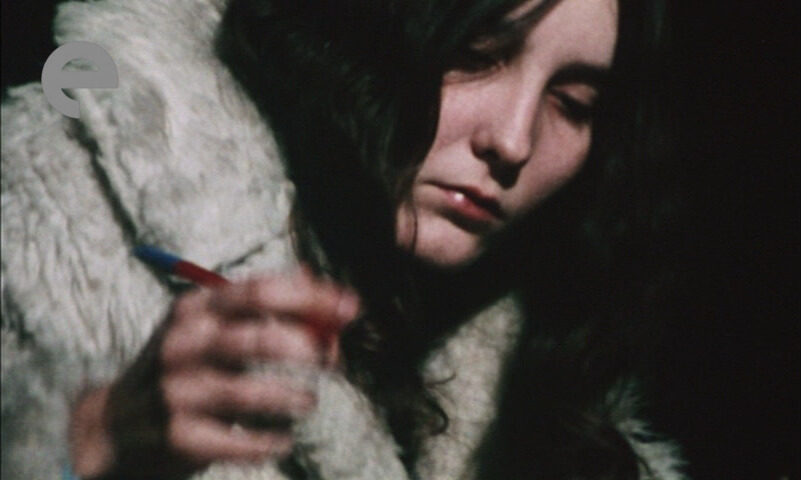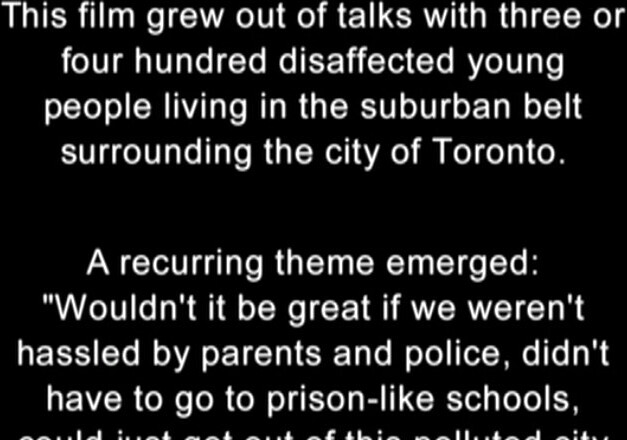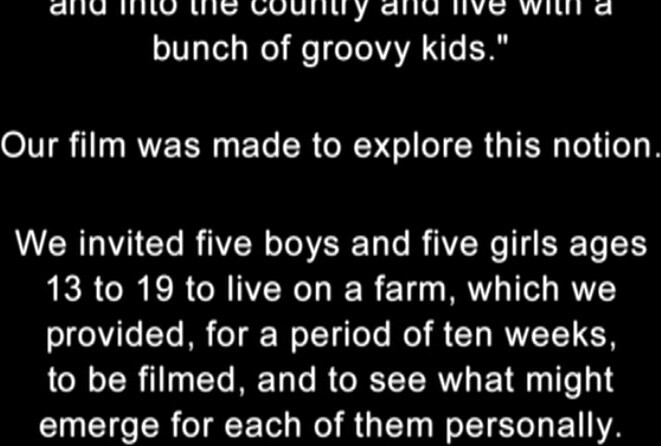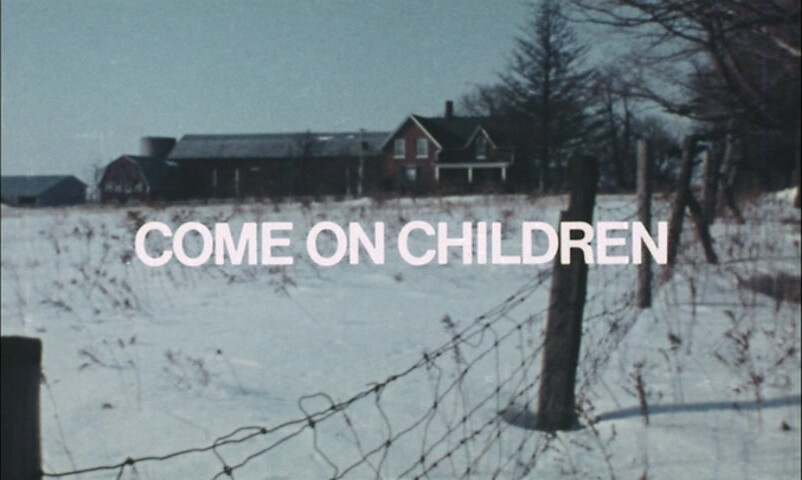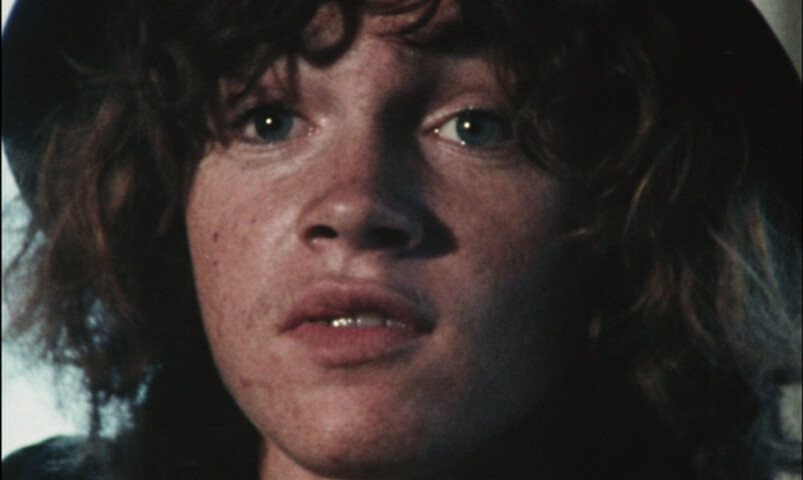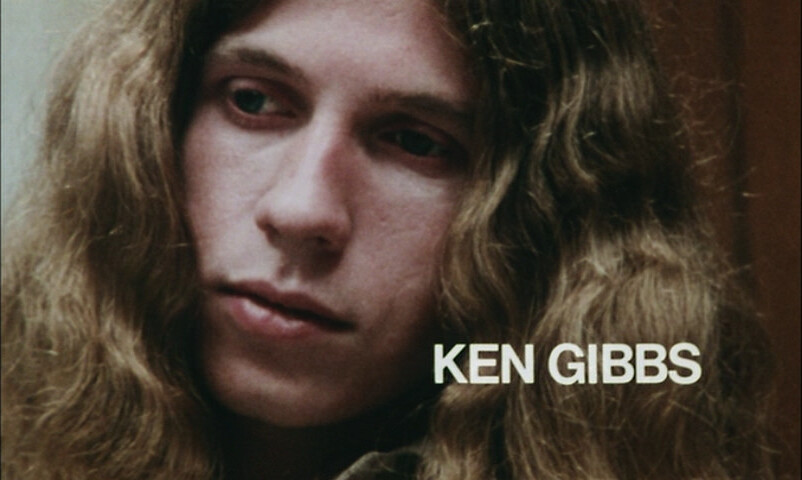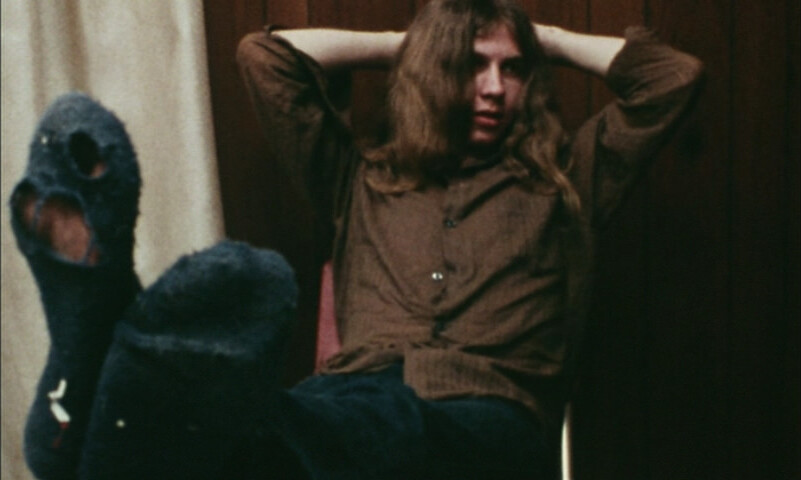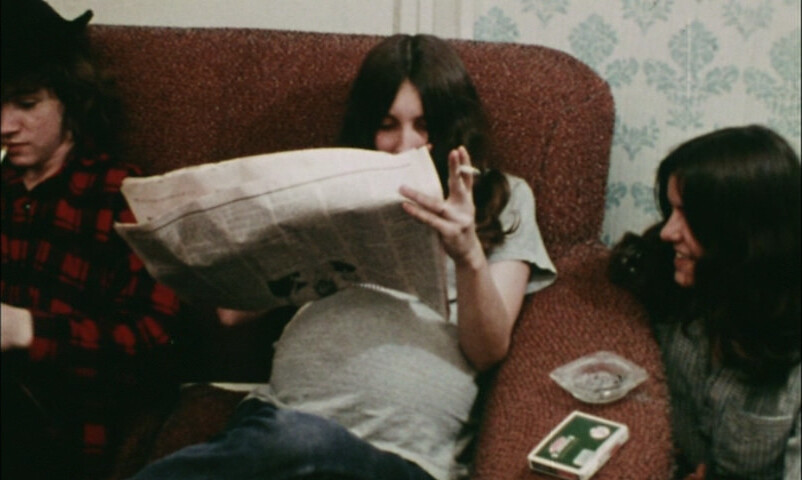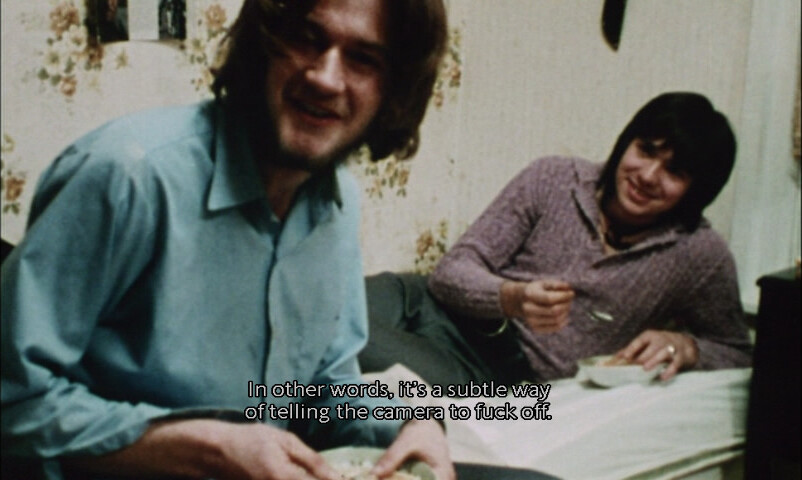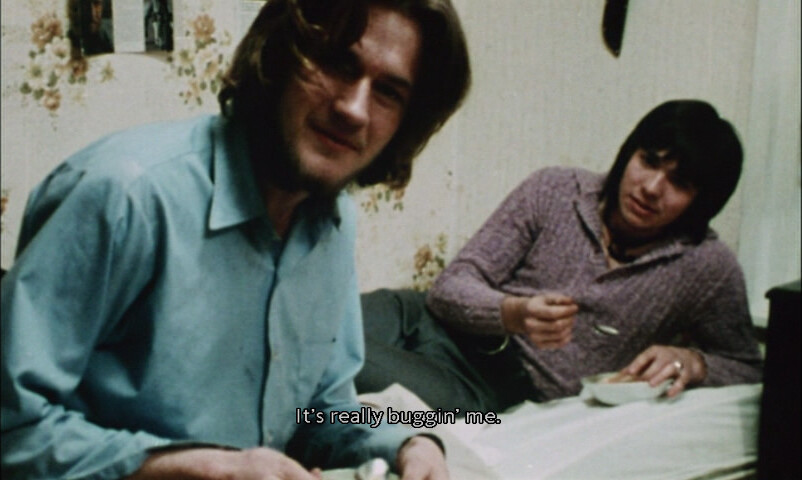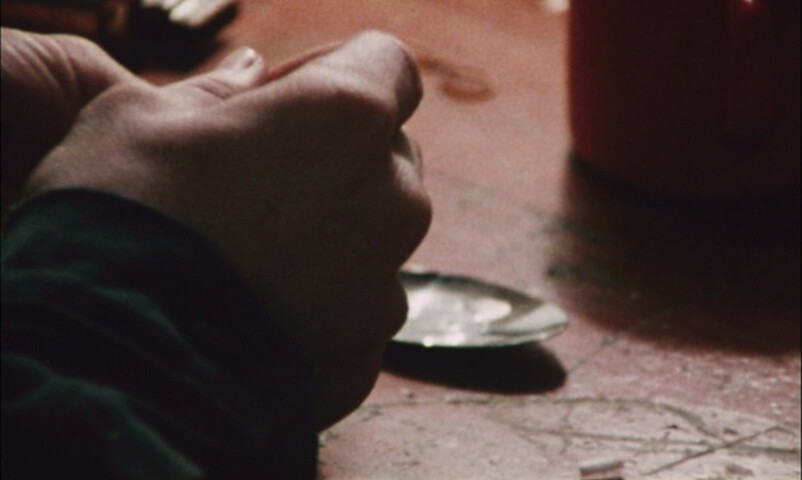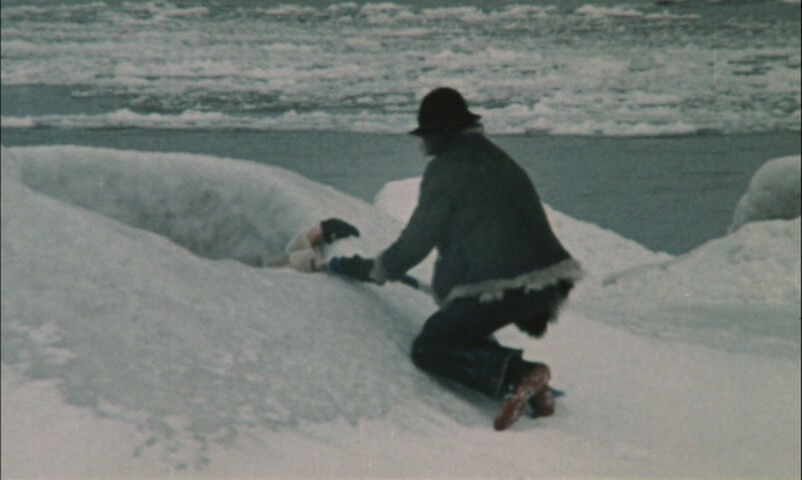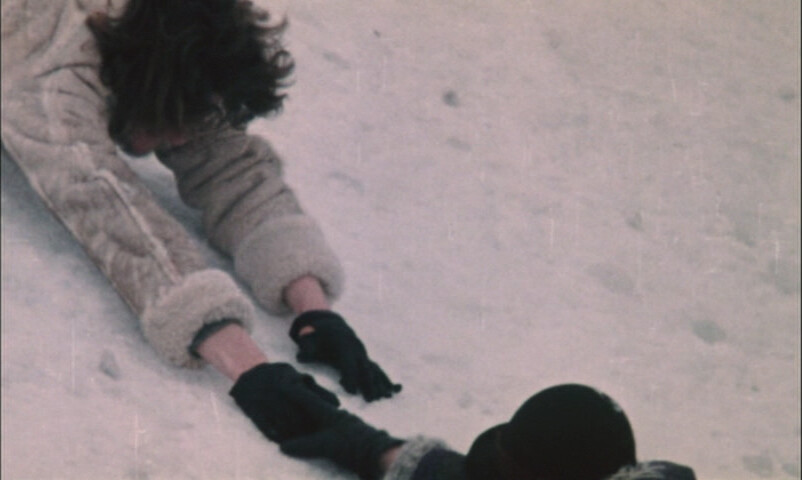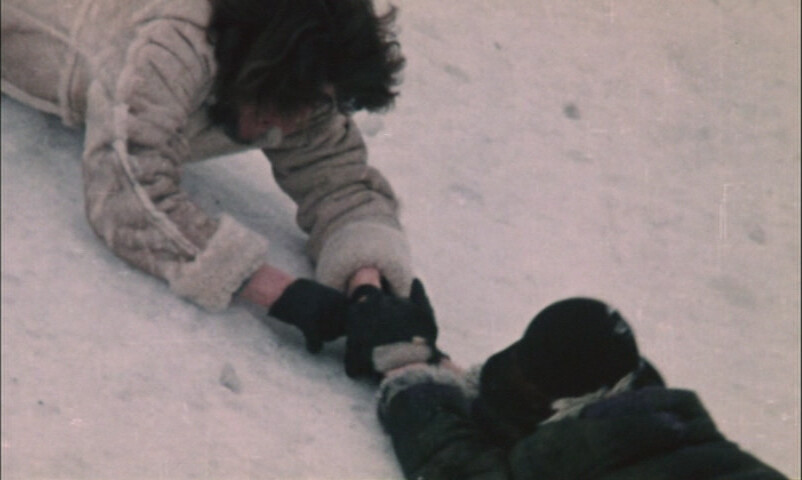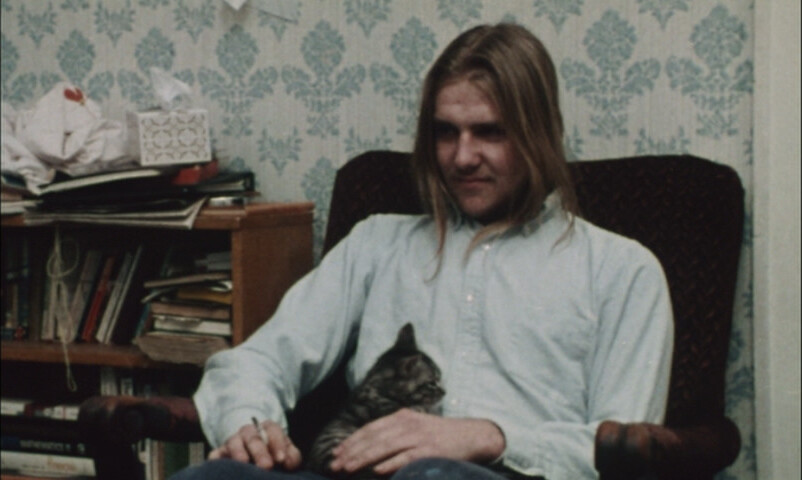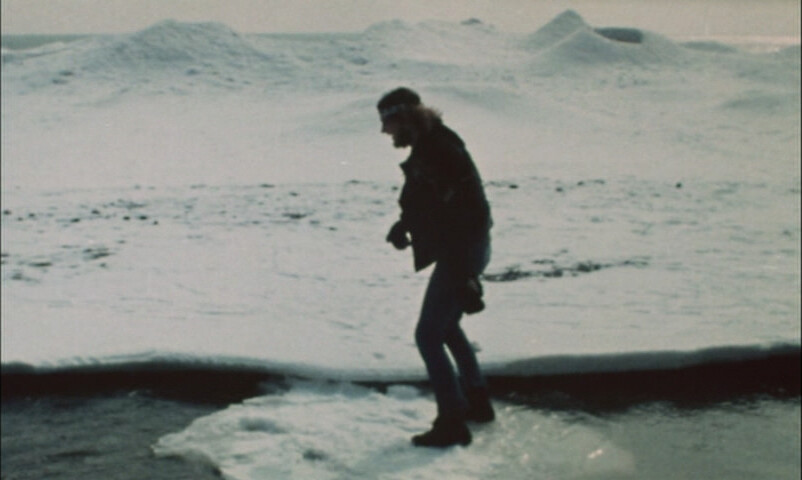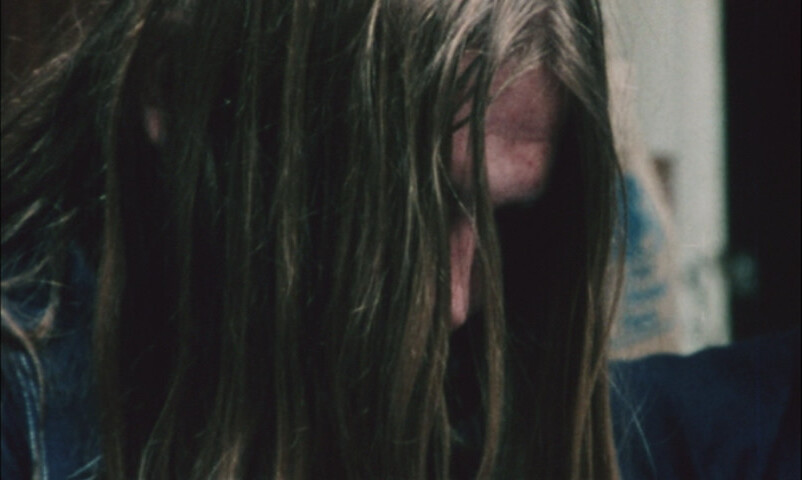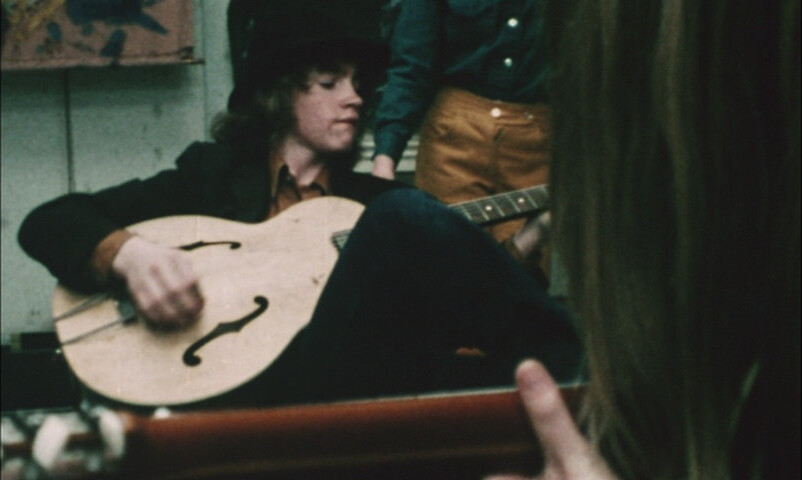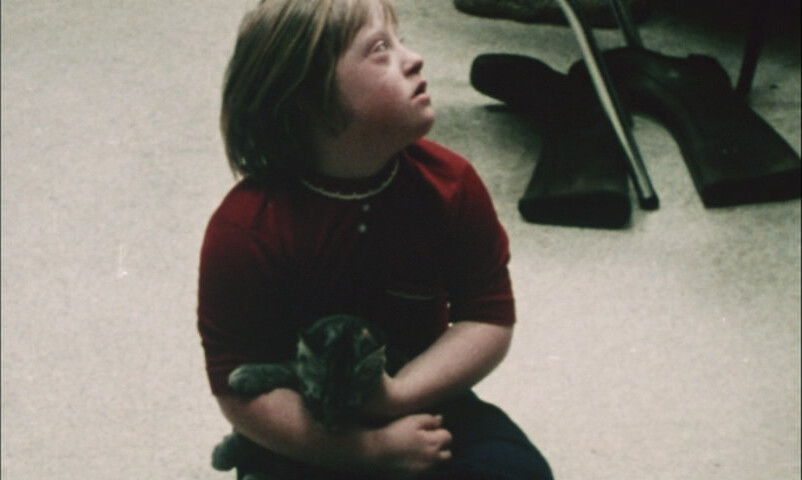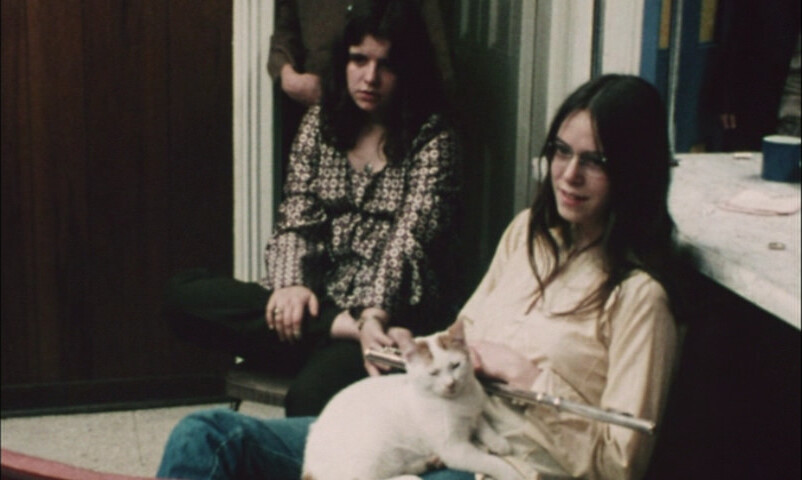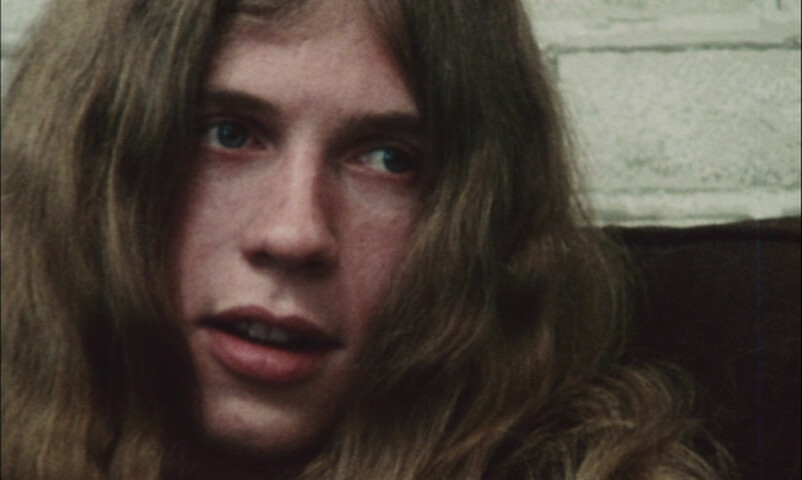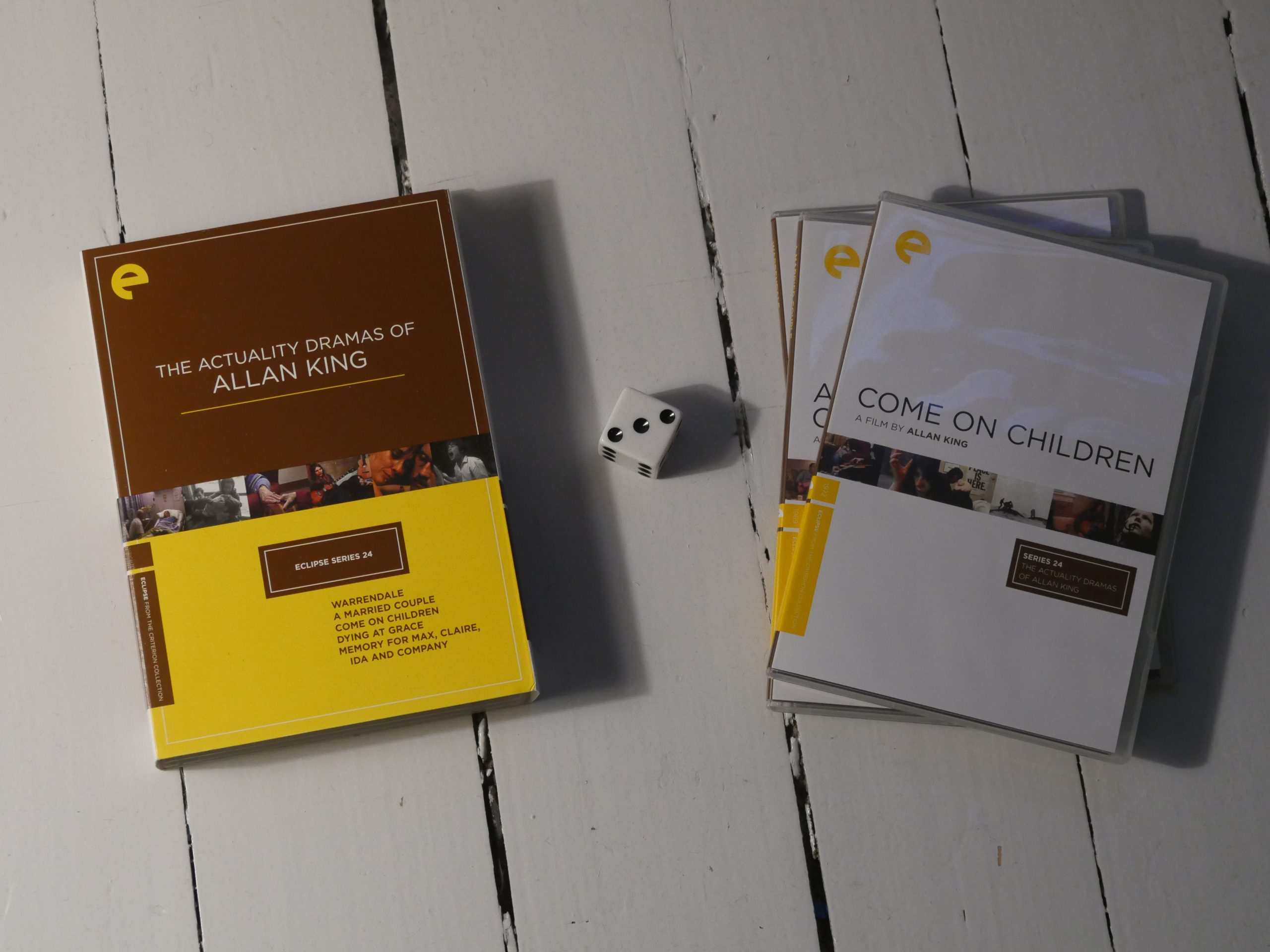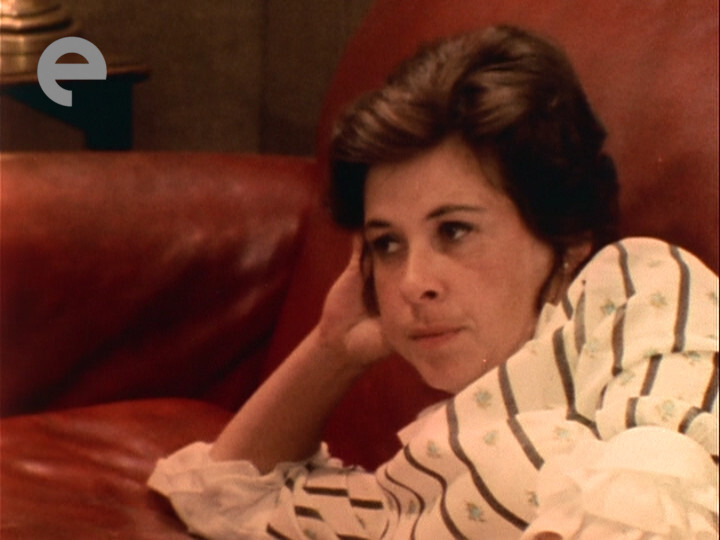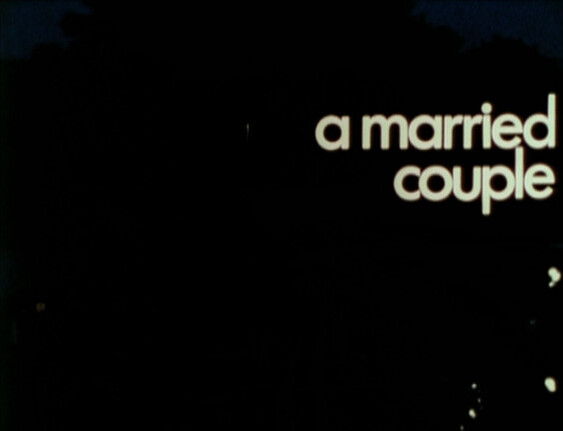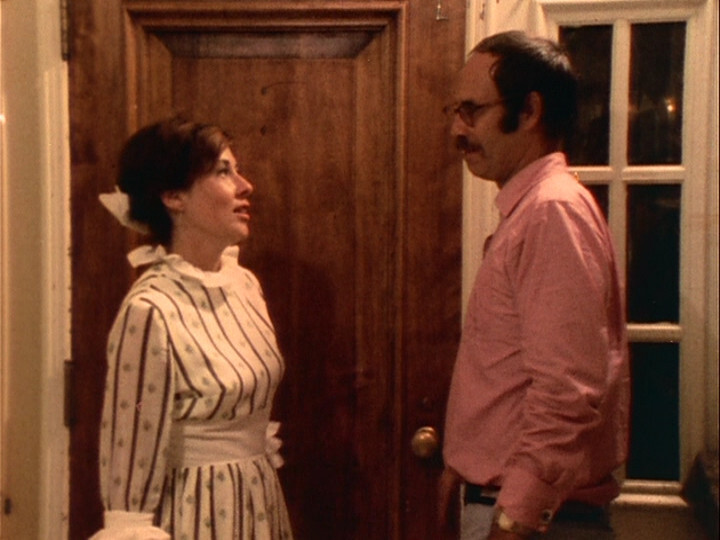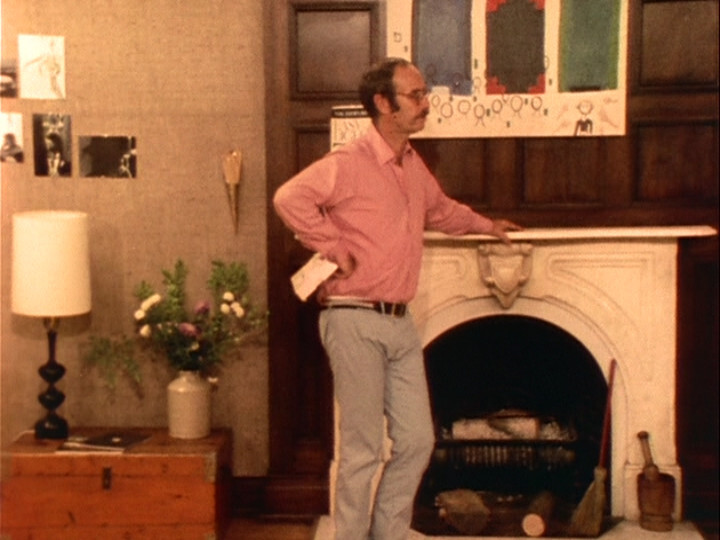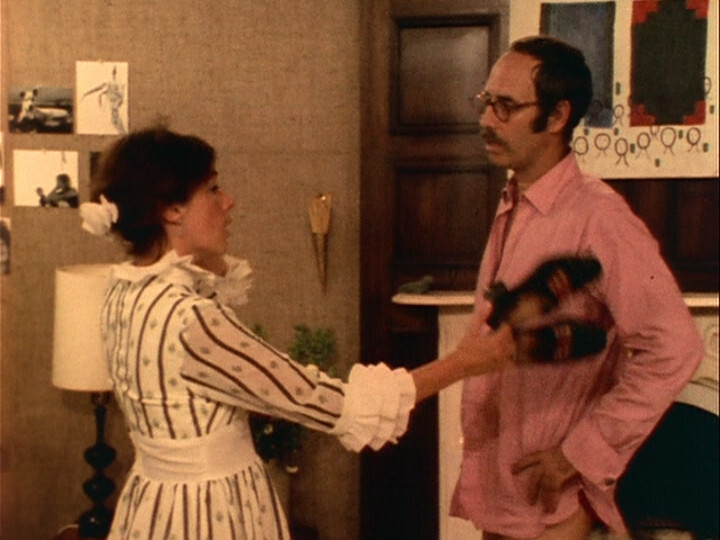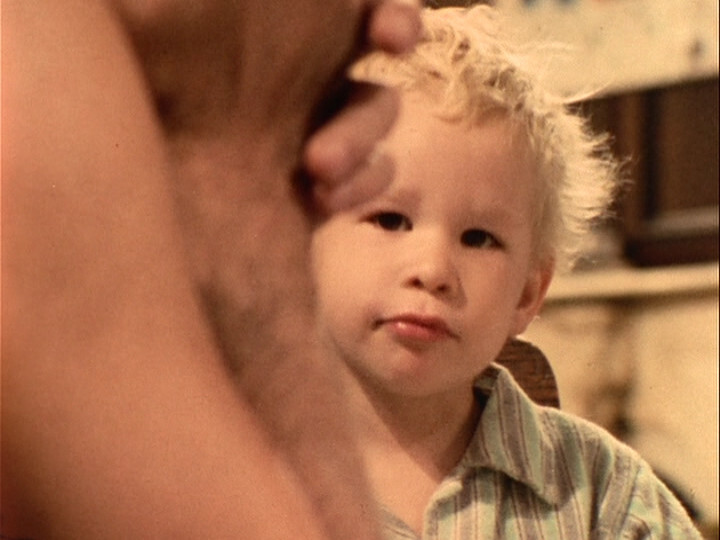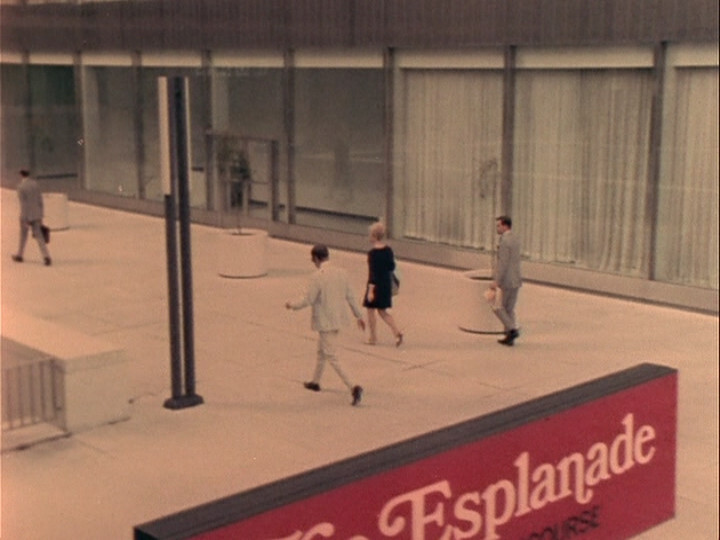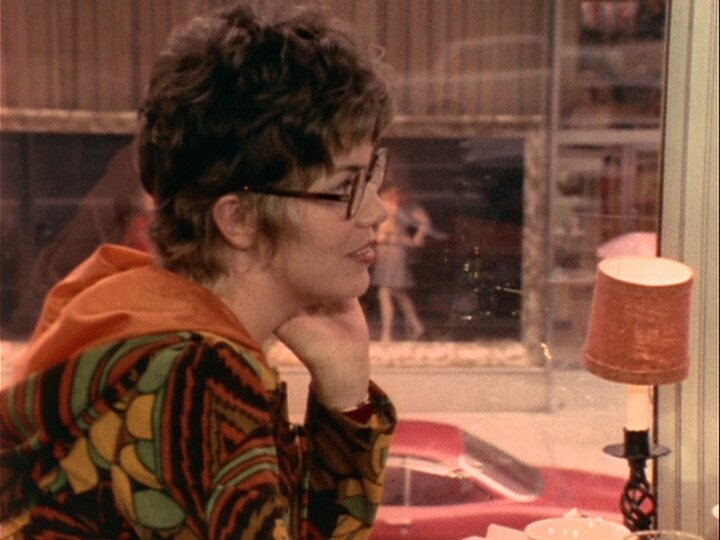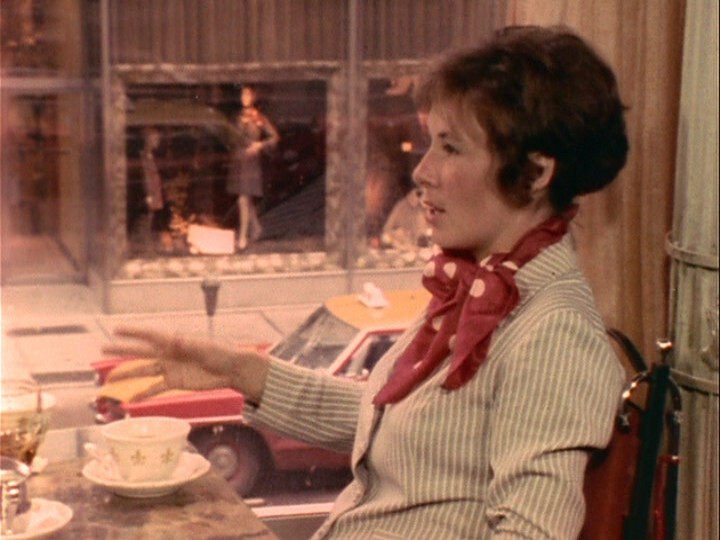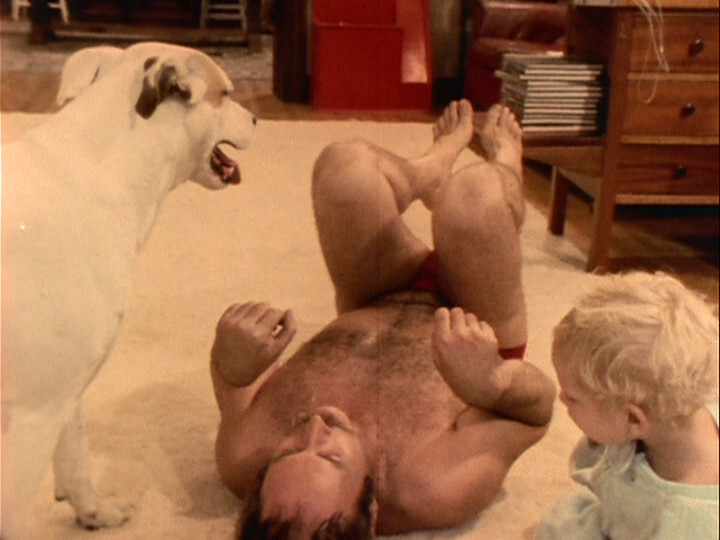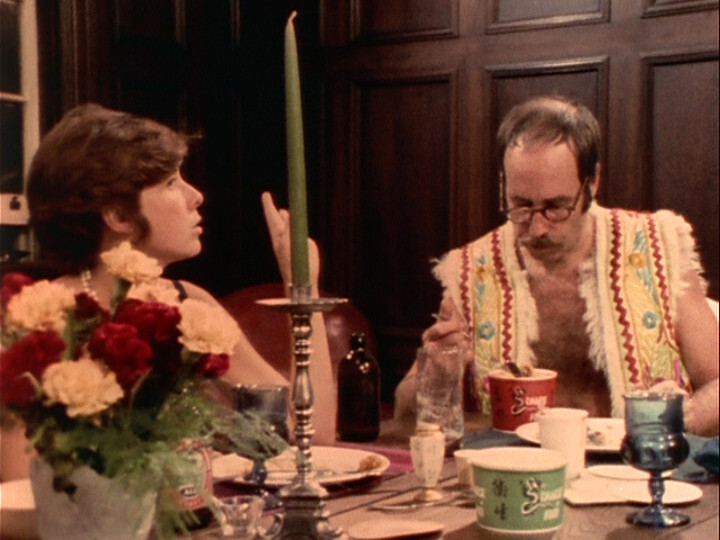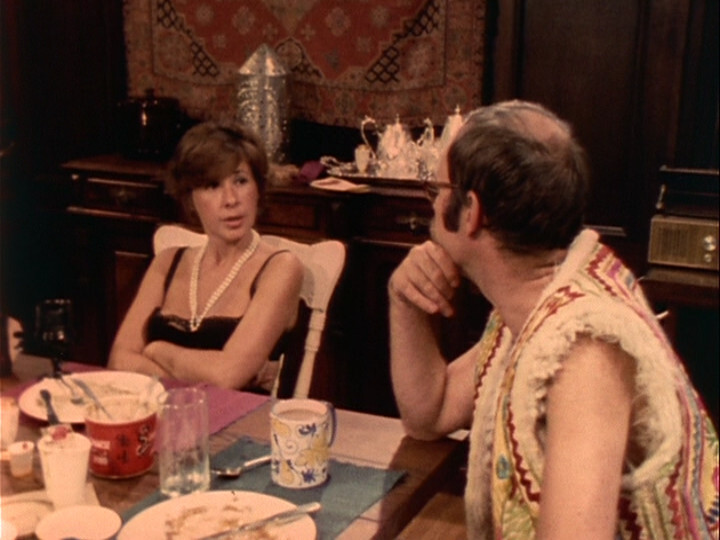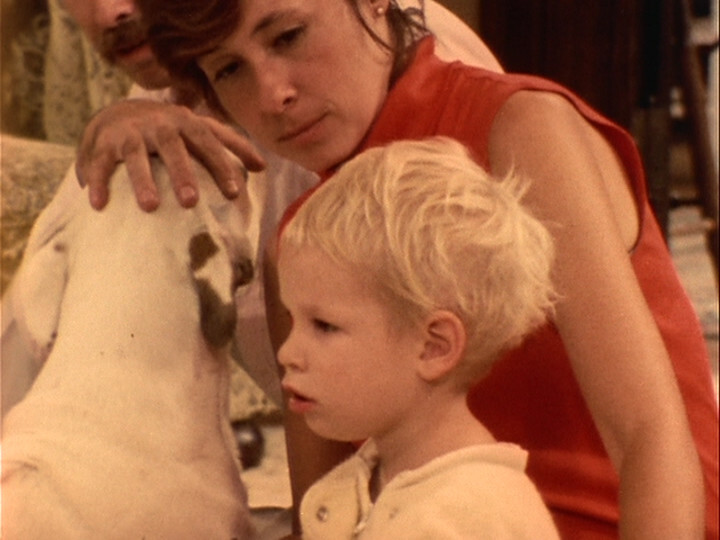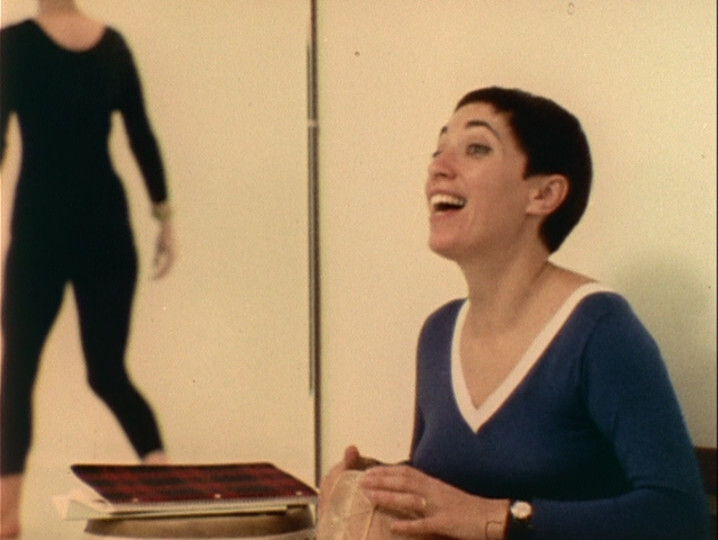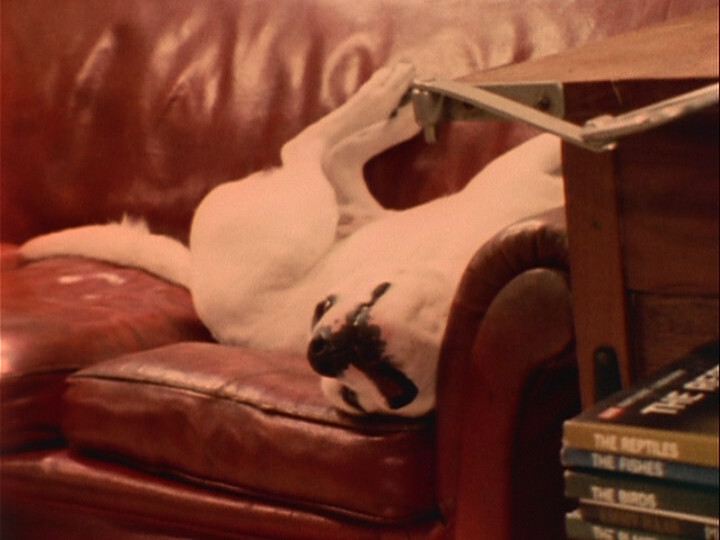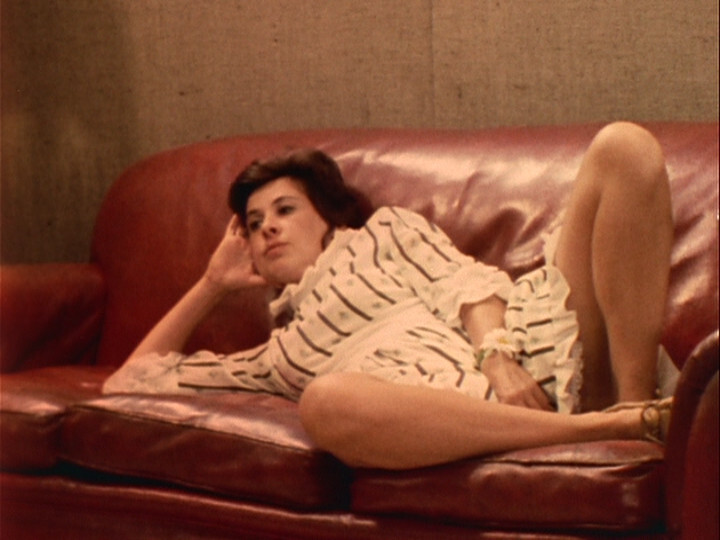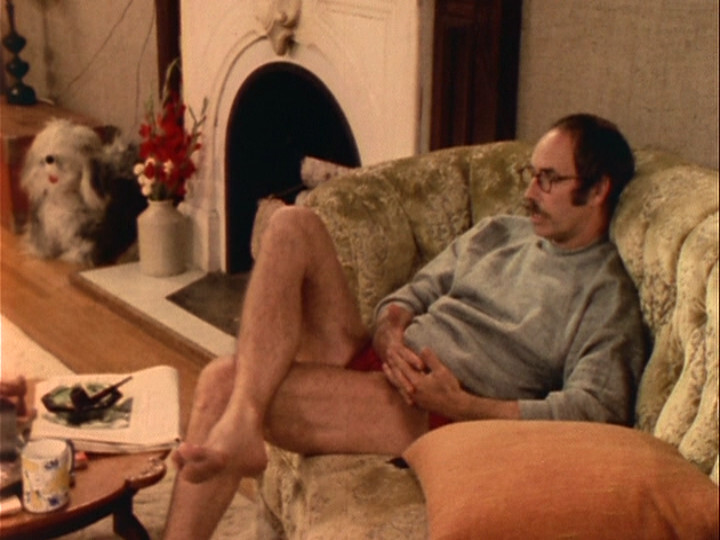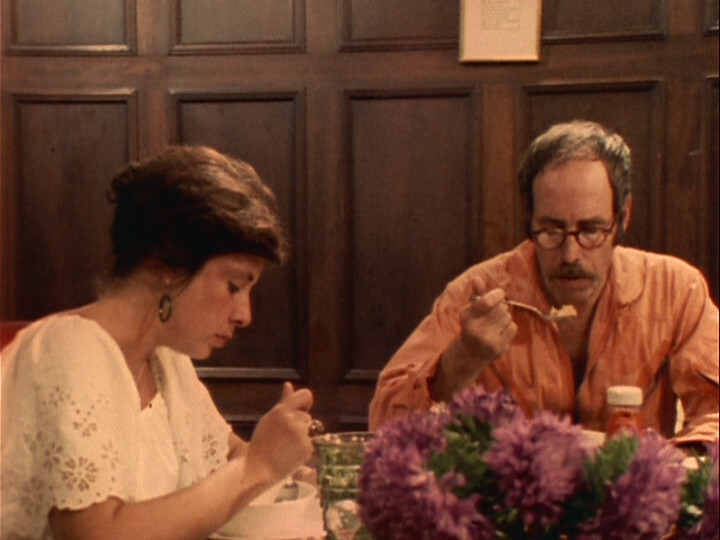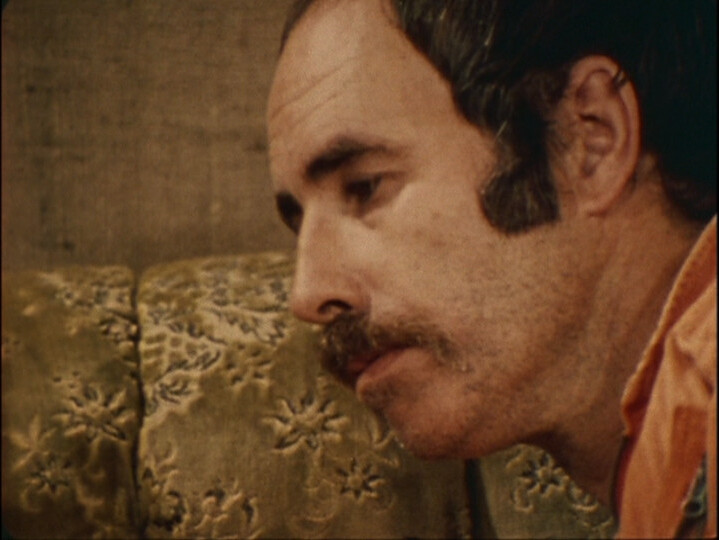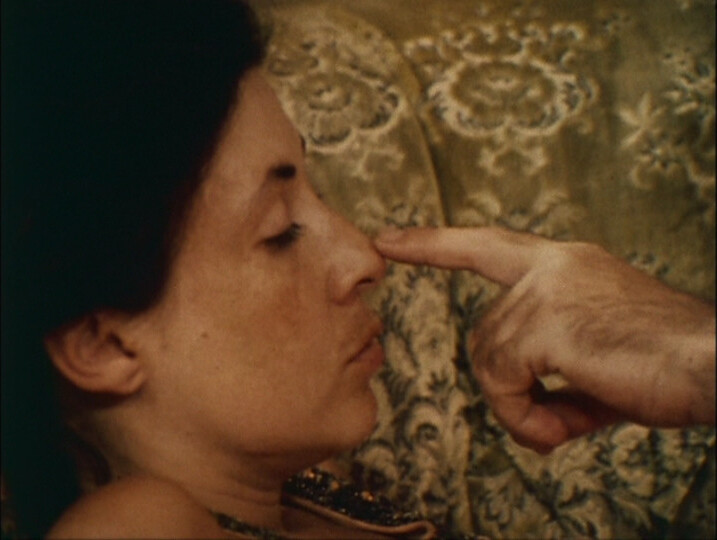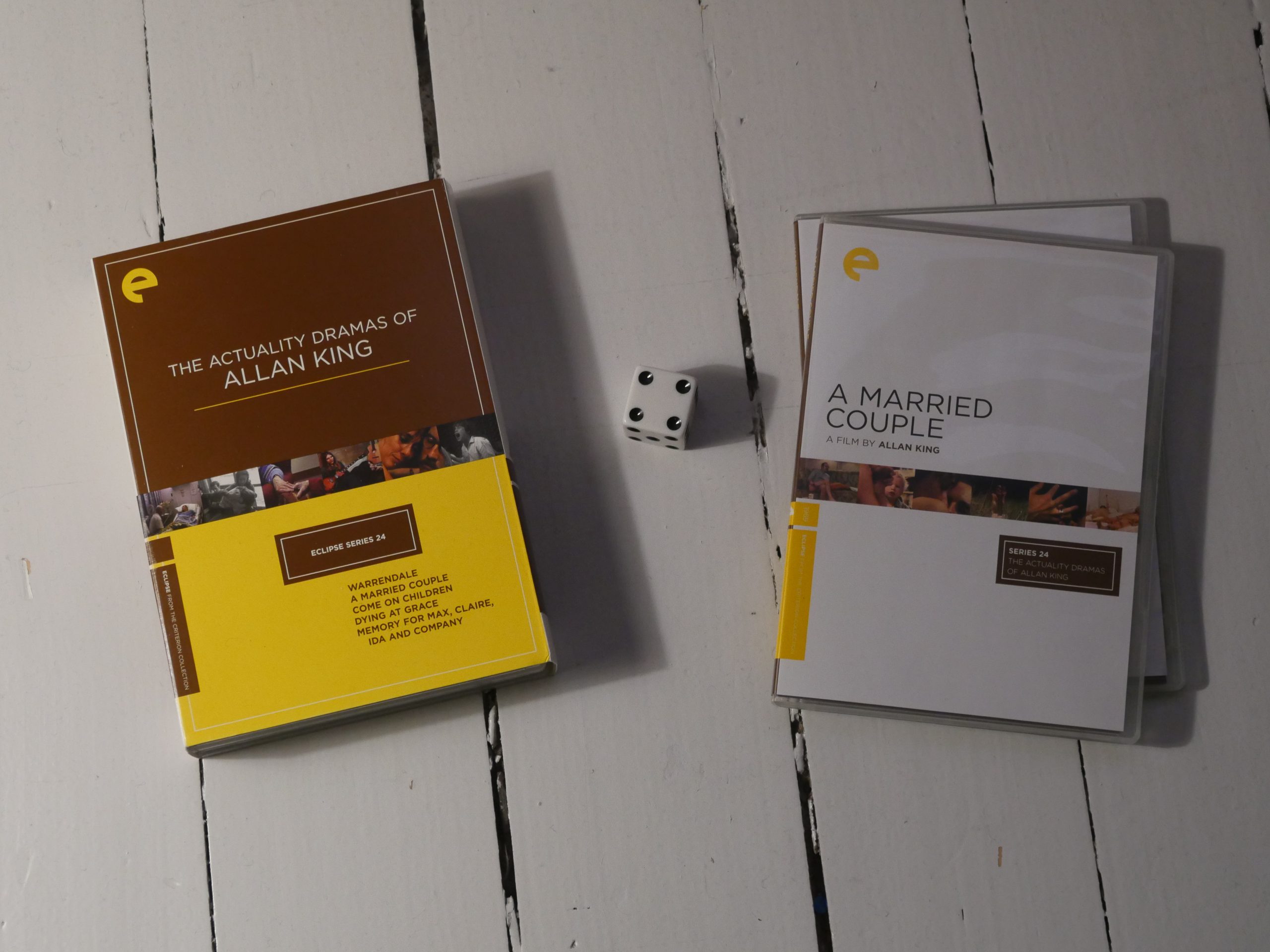Comics Daze
I think this is an excellent day to spend reading comics, since I’m not… er… doing anything else.
| Vanishing Twin: Ookii Gekkou | 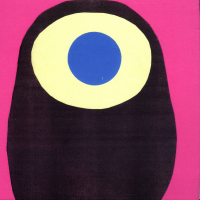 |
13:05: Donald Duck “Balloonatics” by Carl Barks (Fantagraphics)
I started reading this yesterday while the ribs were in the oven. These are not prime Barks strips — they’re from 1960/61, and Barks was winding down. But that also means that these aren’t strips that have been reprinted incessantly, so they’re things I’ve barely read before, and remember nothing of.
The first 70 pages are Donald Duck ten-pagers, and they’re a lot of fun.
Then we get some Grandma Duck stories not written by Barks, and finally, we get some of the infamous Woodchuck stories written by Barks in the early 70s (but in versions illustrated in the 90s by Daan Jippes). All the other Fantagraphics volumes have been chronological — is Fantagraphics going to pad out the last remaining 60s Barks books with the Woodchuck stuff? I mean, I can see the commercial reasons for doing that, because the Woodchuck stories, written by Barks after he retired, are… er… not that good? I mean, it’s not that the depiction of Uncle Scrooge as a nasty, malevolent force of Capitalism is unfitting or anything, it’s just that these… stories aren’t that good.
So: 70 pages of good stuff, and then the rest isn’t really that necessary.
| Maps and Diagrams: Teygja Part B [1] | 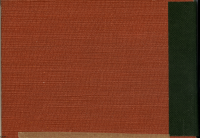 |
14:19: Part Of it by Ariel Schrag (Mariner Books)
I’ve been a fan of Schrag ever since those first comics (late 90s?) This is a newish book (2018), and it’s a collection of stories from her entire life, but I guess the most recently drawn come first? Her art style has become a lot more straightened out than it was at first.
I mean, look at this — presumably from the late 90s. It’s just awesome. Awesome.
But it’s a good book. Thoroughly enjoyable, funny and affecting.
| Various: Pop Psychédélique | 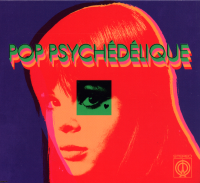 |
15:24: Luisa Now And Then by Carole Maurel and Mariko Tamaki (Humanoids)
This starts off fine — it’s a bit gimickey, but it’s OK, and Tamaki’s artwork carries things along.
But… it basically feels like this is a script for a movie. Or a pitch for a movie. Every page it gets more tedious, and when the dreaded hackneyed third act shows up with All The Drama, it all turned to shit. And Tamaki even stopped making an effort, apparently — look at those hands up there. Can you tell which one is dramatically the older and the younger ones?
| Snd: 4, 5, 6 | 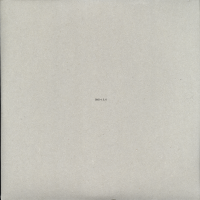 |
16:08: Red Room by Ed Piskor (Fantagraphics)
This is shit.
| Dean Blunt: Black Metal 2 | 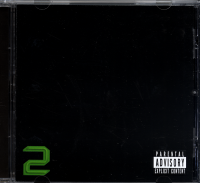 |
16:15: Man in Furs by Catherine Sauvat / Anne Simon (Fantagraphics)
Oops. This is another one of those dreaded comic book biographies of some famous person… I must start reading descriptions of books before ordering them. This time it’s about Sacher-Masoch.
And while I’m glad that comic book creators find gainful employment in extruding biographical books, this could almost function as a parody of the already ridiculous genre. It’s told so didactically, so straightforwardly, that I was wondering whether they’d just read the Wikipedia entry on Sacher-Masoch and illustrated it as they were reading it. It’s dull and uninspired.
At least it’s a quick read.
| Yves Tumor: The Asymptotical World (EP) | 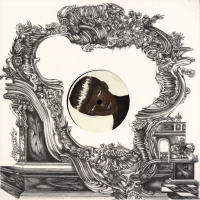 |
16:40: From Granola To Cordona by Pier Dola (Fantagraphics)
Well, I admire the commitment — it’s a singular vision.
I’m wondering about the art technique, though. The artwork’s obviously very photo-referenced (one guy seems to be modelled on pics of Nick Cave on stage (or in videos?)), and the distortions look very photoshopped. But did he draw these bits first and then distort them in Photoshop, or did he distort the pictures first and then draw using those as the base?
I know, deep questions.
| Matmos: The Consuming Flame: Open Exercises in Group Form (3): Extraterrestrial Masters |  |
18:29: Imbattable 3 by Pascal Jousselin (ShadowZone)
Haven’t heard of this series before. The artwork’s er not that interesting, and the storylines (it’s a collection of half a dozen shorter stories) all revolve around some meta-comics trick or other.
Some of them are kinda yawn-worthy, but some are pretty amazing. And there’s one bit that’s surprisingly moving, involving…
… printing that you can only see when holding up the page at certain angles, and which had me reading this story twice, because I didn’t notice the glossy lamination varnish lady until the end, which made things rather confusing. (She’s the ghost of the wife of the friendly neighbourhood cop.)
So… kudos! Well done.
| James Taylor: Sweet Baby James | 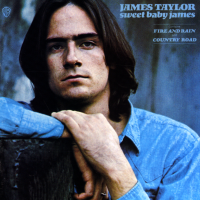 |
18:58: Rubine: Serial Lover by Di Sano / Mythic / Walthéry (Zoom)
Last year, I really got into buying lots and lots of French(ey) comics that I’d missed the… er… last three decades? I stopped buying comics like these when I went to the university, and then didn’t start dipping my feet into these waters again until … five years ago? But last year I really got methodical about it, because of all the extra time on my hands (which might be a familiar feeling for many people), and I bought all the Rubine albums. And they were fun! They’re like 70s action/comedy comics.
This is the latest one, and it’s… not good. They’re cramming so many (repetetive) things into these 46 pages — it’s about a con man, and they visit way too many of his victims and get the same story at each location. There’s basically ten pages of plot, and the rest is tedium.
I’m very disappointed, because the Rubine albums I read last year were really entertaining.
| Carole King: Tapestry | 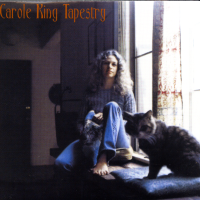 |
19:53: Ric Hochet 5: Commisaire Griot by Zidrou & Van Liemt (Zoom)
The previous four albums in this revived Ric Hochet series have been pretty good… and so is this. It’s got at solid serial killer plot with all the required twists and stuff. And the artwork’s so on point.
The “funny” bits in the “B” plot, involving the inspector down in Africa are… well, they’re kinda racist?
It’s like they try to avoid any criticism of that by having an explicitly anti-racist “A” plot, but things don’t work that way.
So I can see people being totally put off by that, but it’s still a good read.
| David Allred: Driving Through the Aftermath of a Storm on a Clear Day | 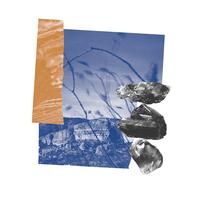 |
20:34: World War 3 Illustrated edited by Tobocman, Kuper, Bieltila, Worley
I think this is the last of the AK Press squarebound issues of WW3 I haven’t read?
This one is from 2016, so before The Dark Ages, and things are as depressing as they’d become in the next issue. (Sue Coe here.)
There’s even a colour supplement!
It’s a good issue.
| L’Rain: Fatigue |  |
21:27: Finder: Chase the Girl by Carla Speed McNeil (Dark Horse)
I’ve been reading Finder ever since it started, and I love the depth of the Finder world. That is, I loved how immersive it was back then. But I think it’s kinda… thinned out after she stopped doing Finder regularly? Now it seems more random?
And the bobble heads are getting ever bobblier.
But this book is pretty great. She’s still piling on the confusion, but it’s pretty limited here — there could have been more confusion! I love being confused! Here the storyline is pretty clear, and it’s just some smaller scenes that are unclear, like this one, where their expressions in the last three panels are supposed to convey something, but doesn’t really.
| Normil Hawaiians: More Wealth Than Money | 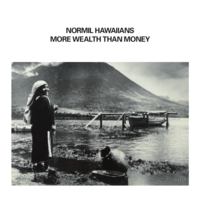 |
22:30: Dune, The Graphic Novel, Book 1 by Herbert, Anderson, Allén, Martín (Abrams)
Hm. I have no recollection of having bought this, and I can’t imagine why. I saw the new movie recently, but… uhm…
This seems like a very straightforward adaptation… or perhaps I should say transcription. There’s nothing here that I don’t remember from the movies or from when I read Sienkiewicz’s adaptation the other month. (I haven’t read the book.)
It’s just… very boring. I mean, if you haven’t seen the movie(s) and you’re really into Dune, I think this is a perfectly inoffensive adaptation. But I can’t be bothered, so I dropped this at about 30 pages in.
| The Lounge Lizards: Voice of Chunk | 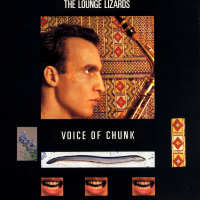 |
22:53: Ekhö monde miroir 7: Swinging London by Arleston / Barbuci (ShadowZone)
This looks very classic… but the cultural references are all about 60s and 70s London, so I guess this is geared towards the 60-year-old crowd?
It’s a lot of fun. It’s brisk and confident, and while there’s nothing that’s actually “ha ha” funny, it’s consistently amusing. I’ve never read one of these before, but I think I’ll be buying the older albums…
| Satomimagae: Colloid | 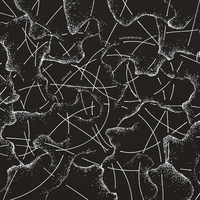 |
23:30: La Guerre des Sambre: Hugo & Iris by Yslaire & Bastide & Mezil (Faraos Cigarer)
Hm, so I guess this is a continuation of the Sambre series (which was… er… extremely overwrought, but had very pretty artwork. And this is written by the same guy, but somebody else doing the artwork? Hm.
It’s OK, I guess.
| Alasdair Roberts og Völvur: The Old Fabled River | 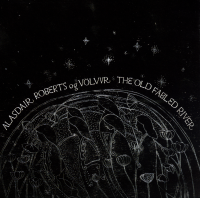 |
00:01: The End
Geez, I’ve been reading comics eleven hours straight… It was a kinda odd selection of books? Not sure why, but about half of them were duds, which is way more than usual. I guess I should pay more attention when shopping comics. But I’m such a sucker for comics that I find it hard not to enjoy reading even a bad book.
But now it’s time to sleep.
The Best Comics of 2021
Another year over, so let’s take a quick look at the comics that particularly impressed me this year, in no particular order.
Tongues #4 by Anders Brekhus Nilsen
The Waiting by Keum Suk Gendry-Kim
Night Bus by Zuo Ma
Naken edited by… er… it doesn’t say. On Blokk.
Discipline by Dash Shaw
O bli hos meg by Lene Ask
The Thud by Mikaël Ross
Nobody Likes You, Greta Grump by Cathy Malkasian
A Journal of My Father by Jiro Taniguchi
Girl in the World by Caroline Cash
Rebecca & Lucie in the Case of the Missing Neighbor by Pascal Girard
Naturinstruksjoner by Sunniva Sunde Krogseth
Unsmooth 2: Bum by E. S. Glenn
Red Rock Baby Candy by Shira Spector
And that’s it. I read tons and tons of comics this year (almost certainly literally), but very little from small presses — so almost all of my choices this year are bigger books instead of pamphlets. I’ve gotta fix that next year.
And these were the best older comics I read this year:
Tuberculosis 2020 by Rikki Villadsen
Seasonal Shift by Lala Albert
Eclipse 1973: Come On Children
Uh-oh. The first Allan King movie (about an institution for children) felt really exploitative. In the second one, the people participating were adults, at least, so there consent was less dubious. But it bombed at the box office.
So now we’re back to his… big hit movie, kinda?
Heh. The liner notes on the DVD notes how artificial this movie is: King selected ten teenagers to live on a farm and then filmed them all the time. So it’s like MTV’s The Real World a couple decades later.
Is that the guy from Rush?
Anyway, these kids are OK. Seems like a nice bunch. The movie does try to get all private and intrusive, but they seem to consider what they’re sharing.
I mean, even if some of that is about shooting up speed, it’s somehow distanced.
So this doesn’t feel as ethically dubious as King’s first movie… but it’s also not all that thrilling to watch.
This was apparently the reaction of people at the time, too — King had to shut down his production company and start doing TV (Avonlea etc).
The movie’s more interesting now. It really is a proto-MTV reality show. As you get to know the people, it’s getting intriguing, while at the start it was hard to care. I know! So shocking! But perhaps if this had been a six episode TV series, it might have been totally revolutionary, because Allan King is obviously onto something here. But in ninety minutes, it’s over just when we’re getting invested.
And it’s also better when we get to hear the music they’re making. But I think King had the guy in the hat pegged as the future star, when it was really the lanky guy.
It’s so close to being really fantastic. But I cannot lie: I don’t think this was a successful movie. So:
Come On Children. Allan King. 1973.
This blog post is part of the Eclipse series.
(I was going to watch the two final DVDs in this box set, but Dying at Grace is two and a half hours about dying, and the final movie is apparently even more depressing. So I’m skipping them — not just because I don’t want to watch documentaries on those subjects, but because I’ve lost faith in King.)
Eclipse 1969: A Married Couple
This is like… a reality TV show? I mean, before they became game shows. Or, as they might have been called back then, “a documentary”. But it’s people being very, very aware of cameras being in the room with them and hamming it up a bit.
But… is this non-scripted? I mean, more or less than other reality TV shows?
He’s really fond of that underwear.
So hamming it up for the camera. But I love that they’re really going for it — wanting to entertain the filmmakers (and the viewers).
I mean, I’d totally wear that vest, but pearls for dinner?
The kid and the dog are pretty chill, but the other two are arguing … so much. It’s like they’ve read a book about drama and learned that all scenes have to have a conflict, so they just improvise some stupid argument. Or perhaps King is just editing out most other scenes.
But then it kinda turns more genuine? And then it’s pretty interesting?
This is a really prescient movie, though. It’s in a format that would become a huge thing some decades later, but they’re covering all the tropes that would become a thing way before they became a thing.
You have to give them props for that, even though I didn’t really enjoy watching most of this, so:
A Married Couple. Allan King. 1969.
This blog post is part of the Eclipse series.
